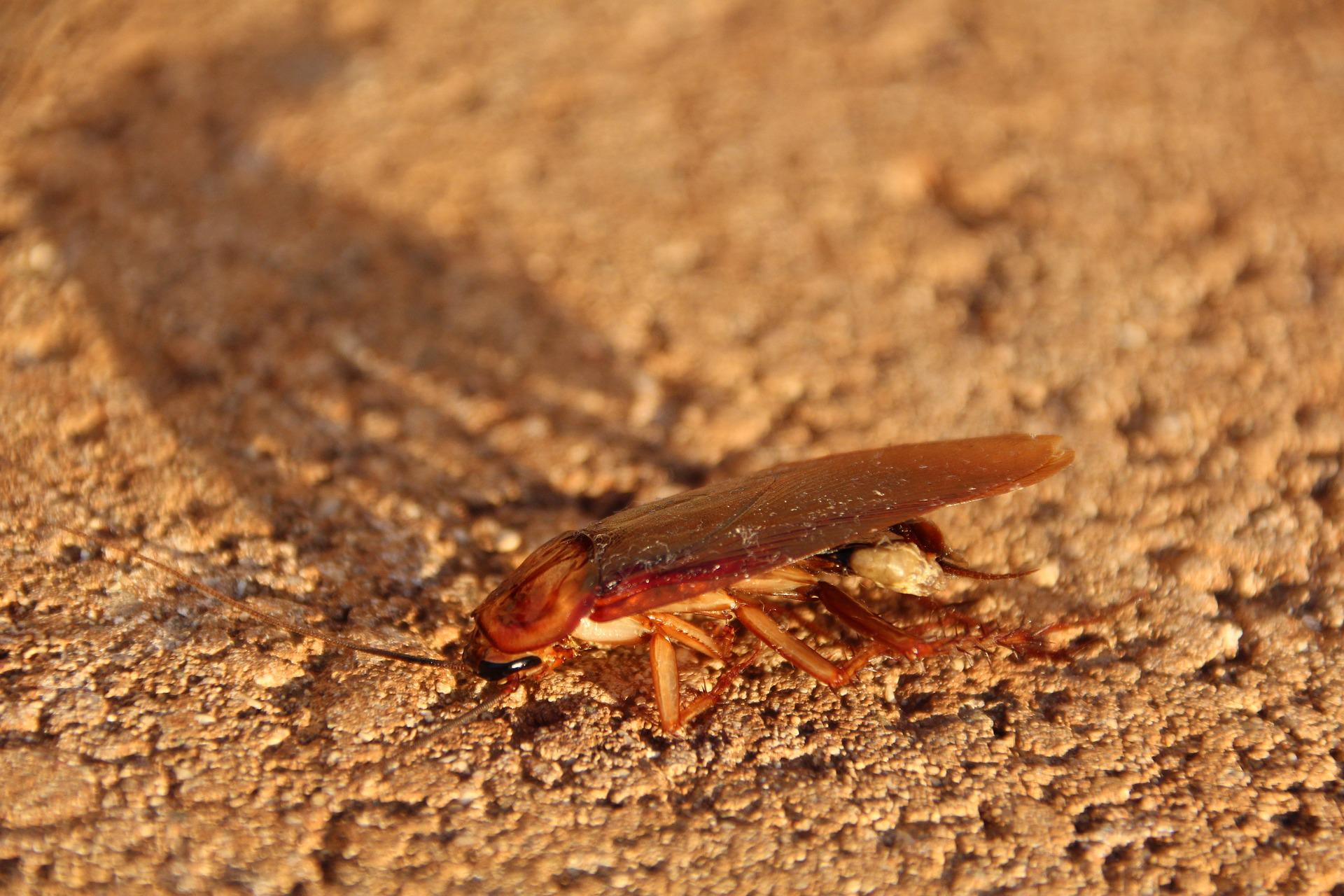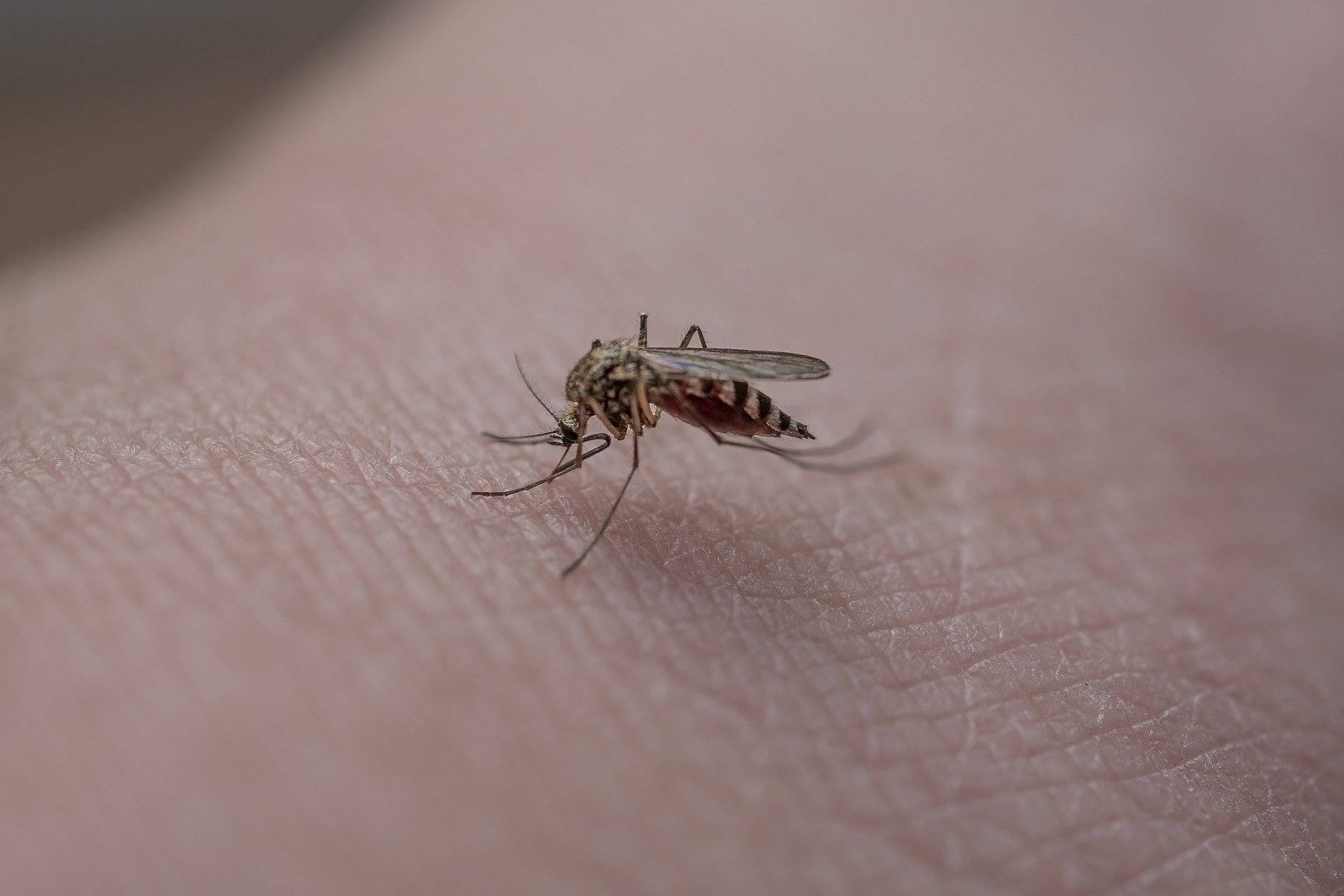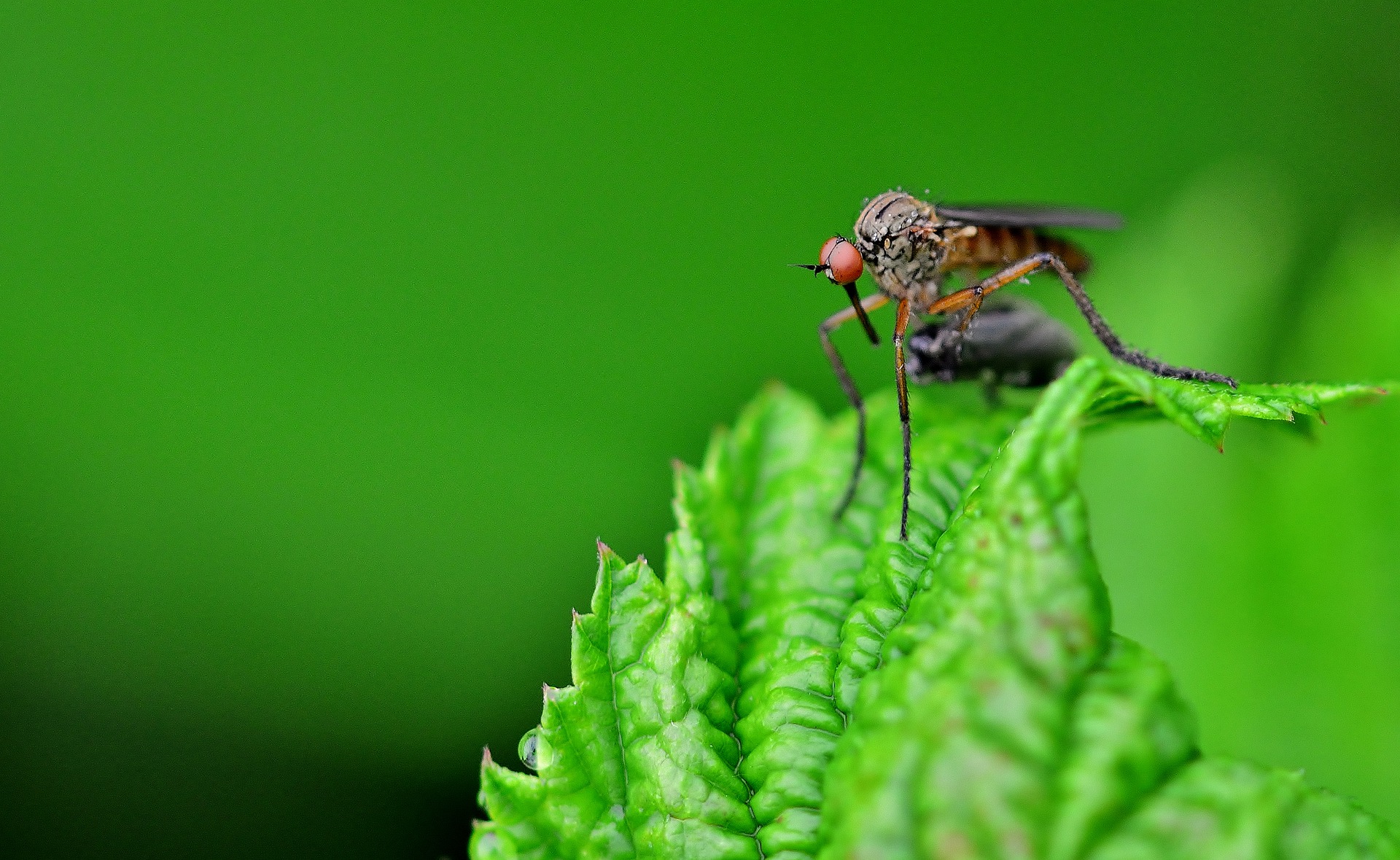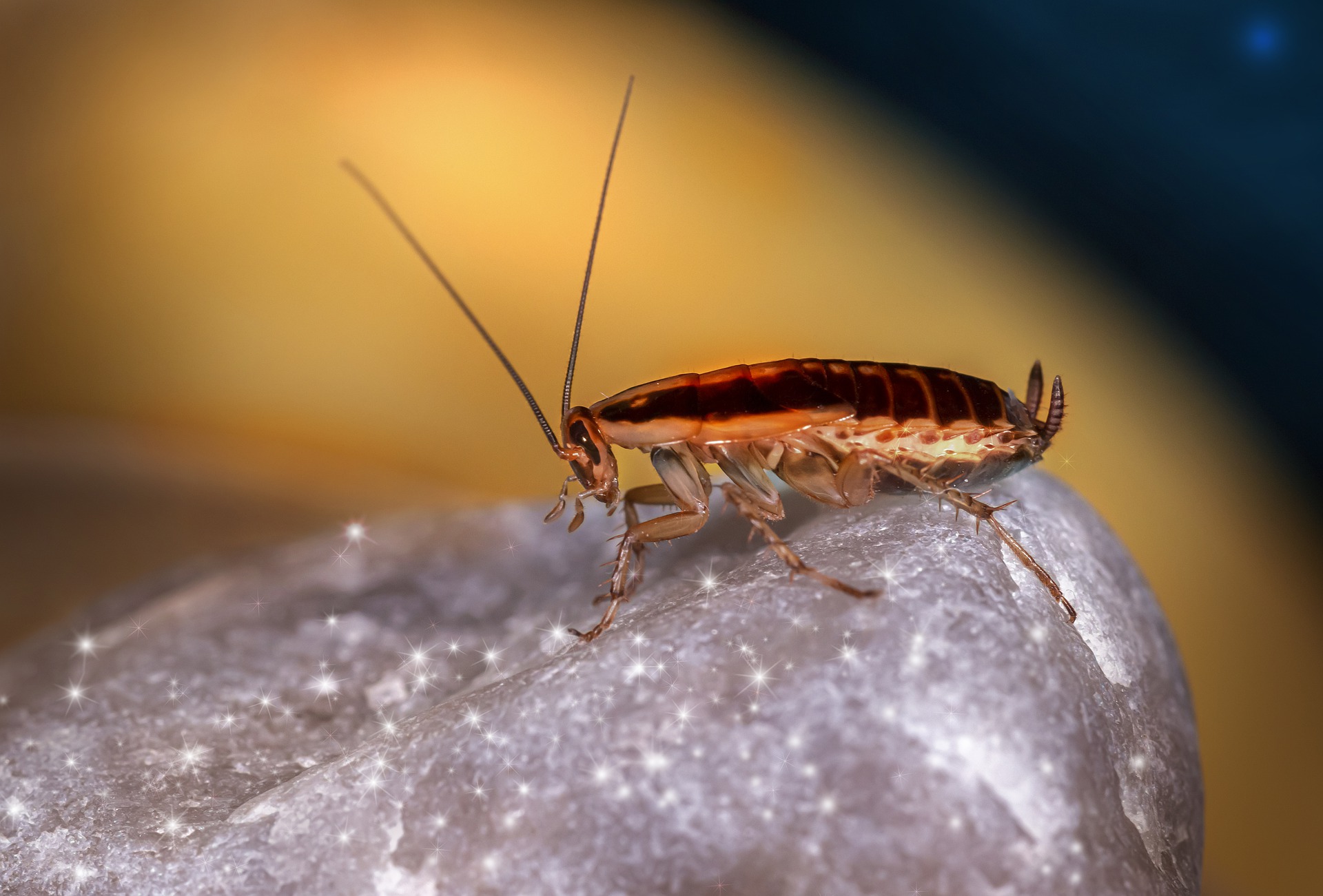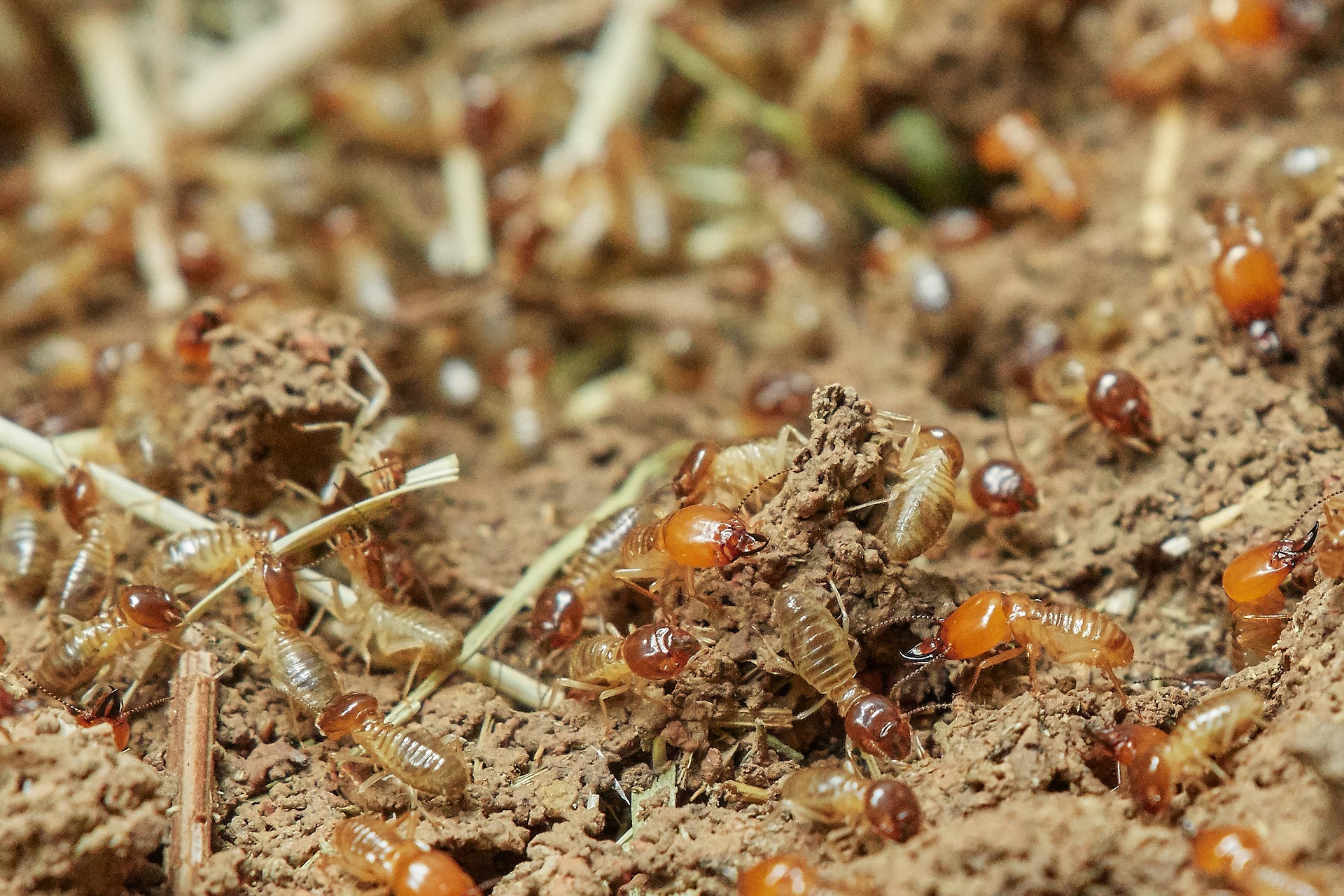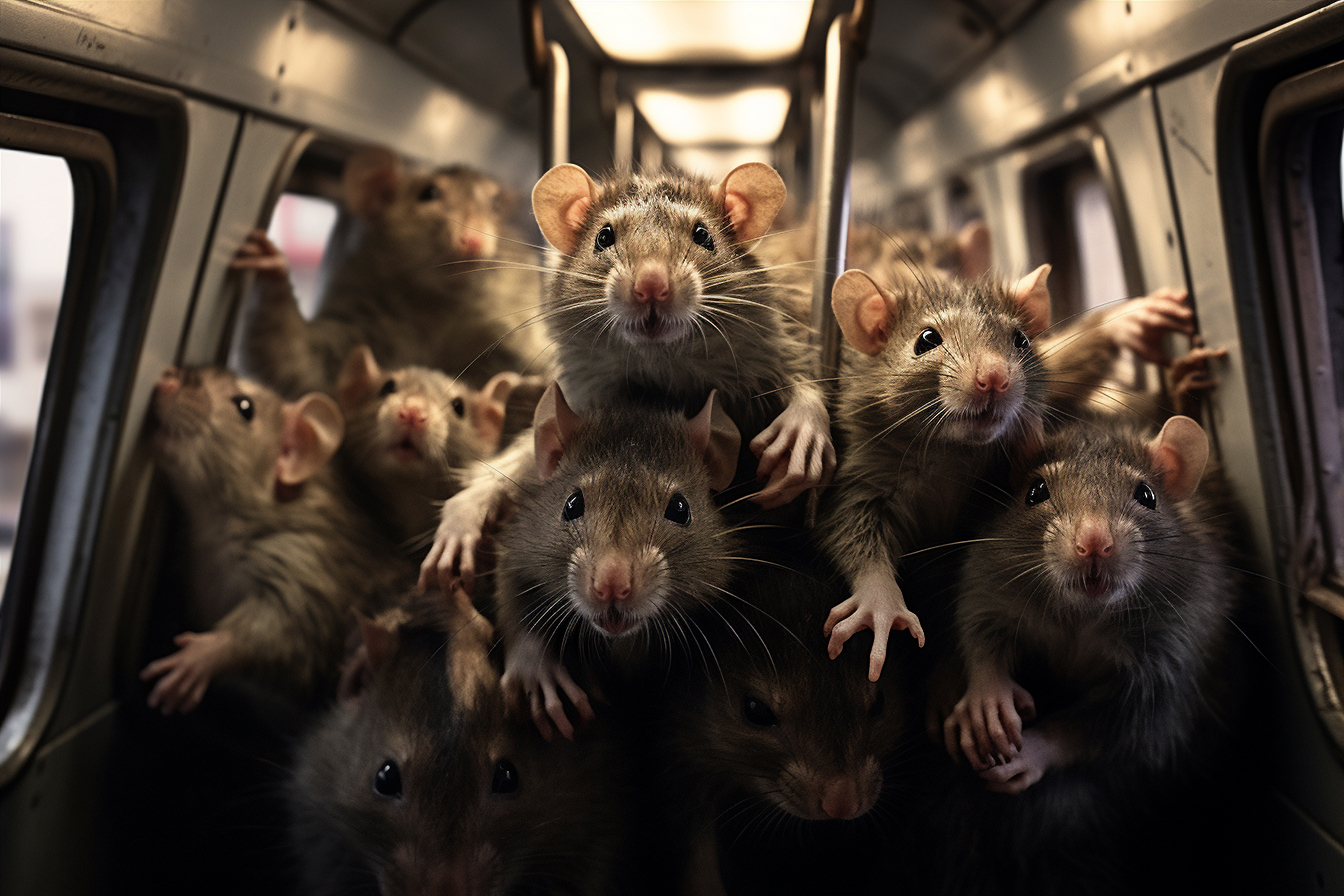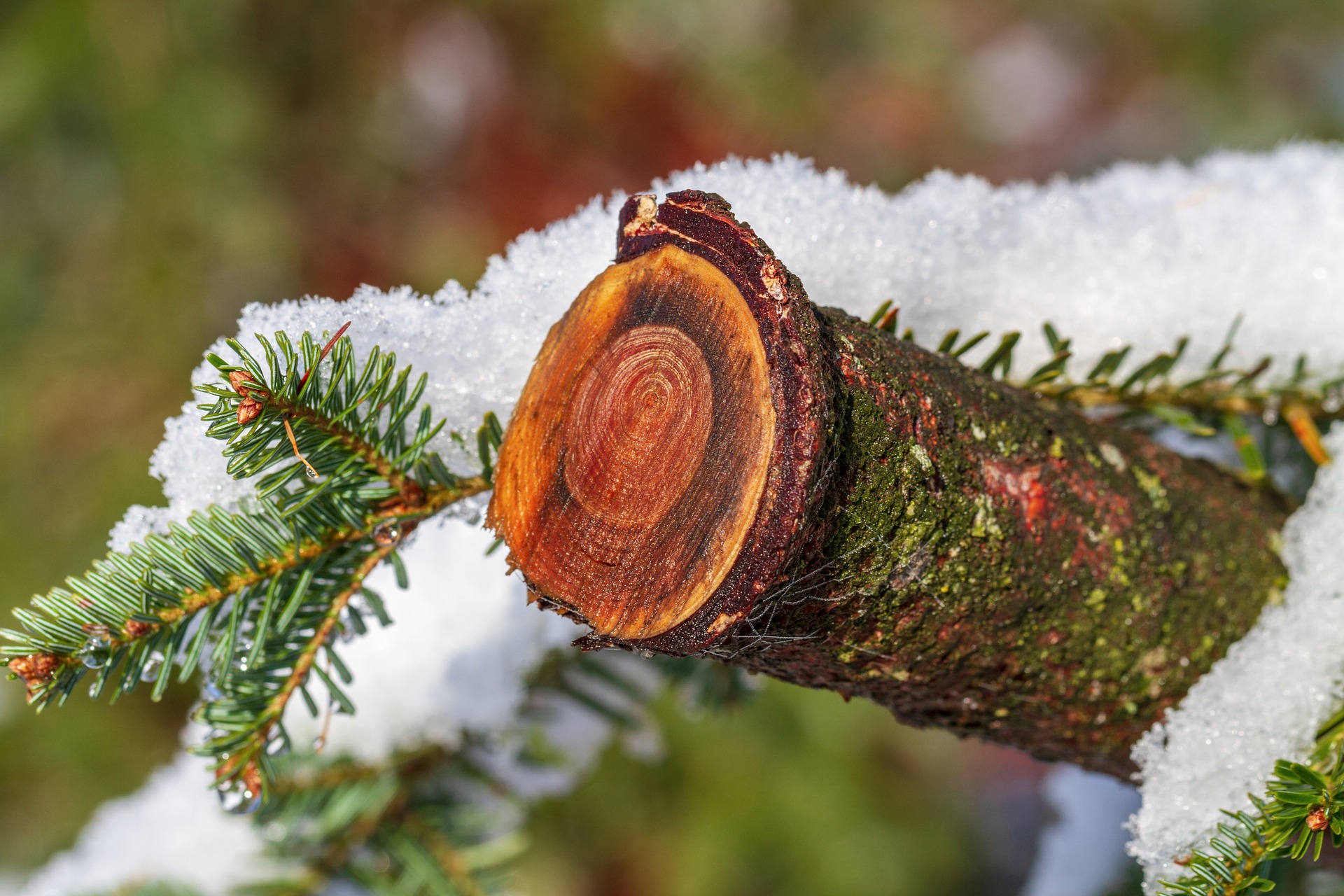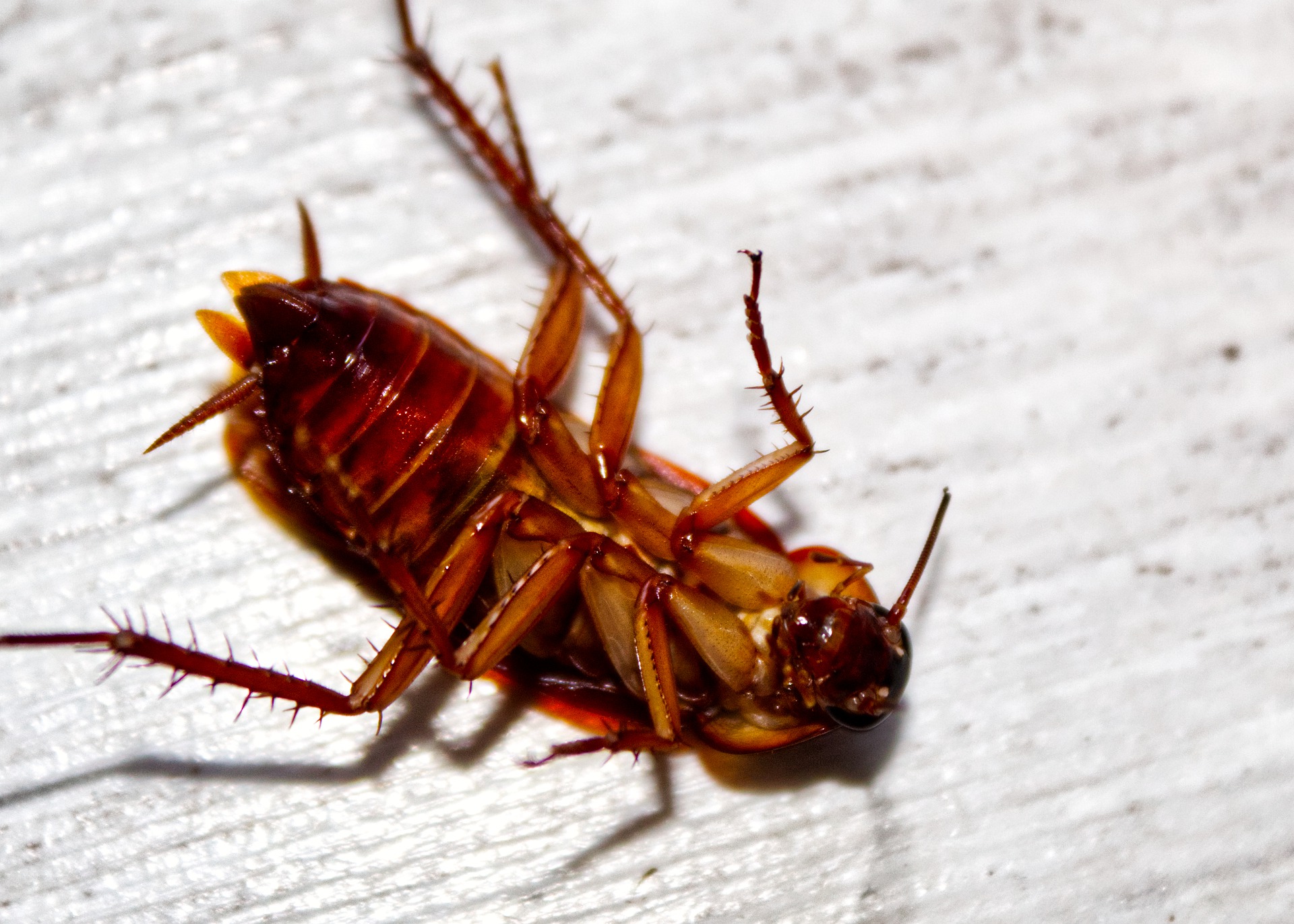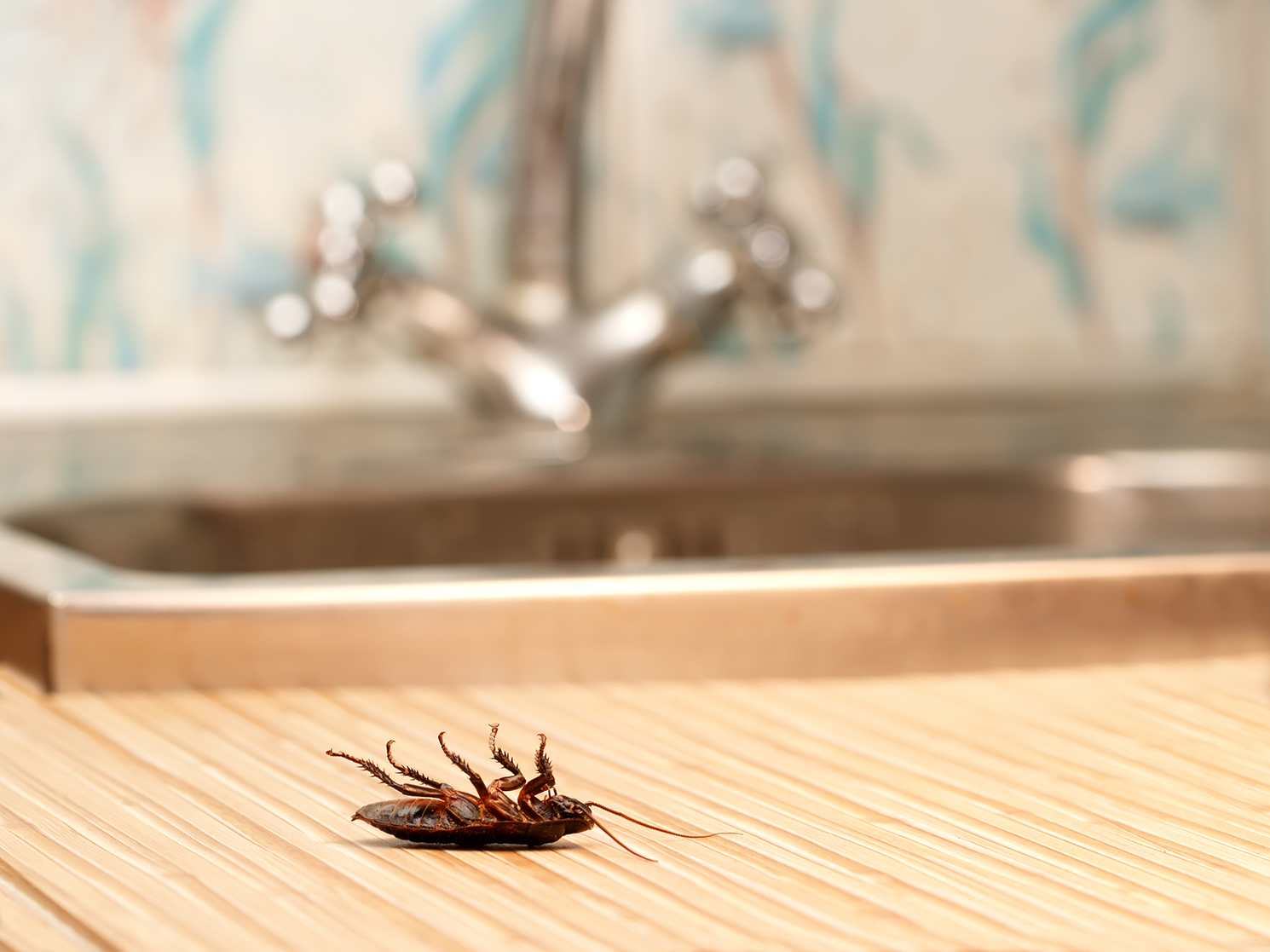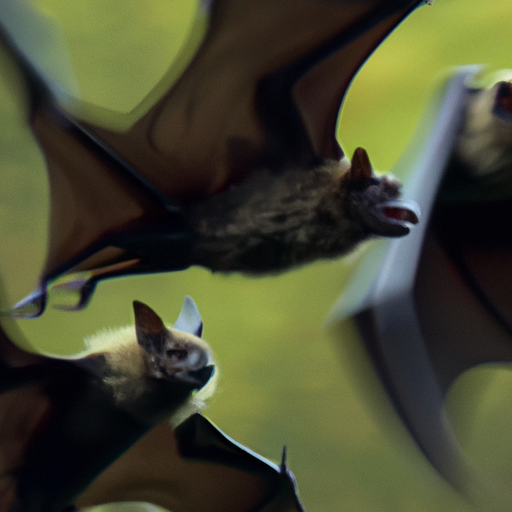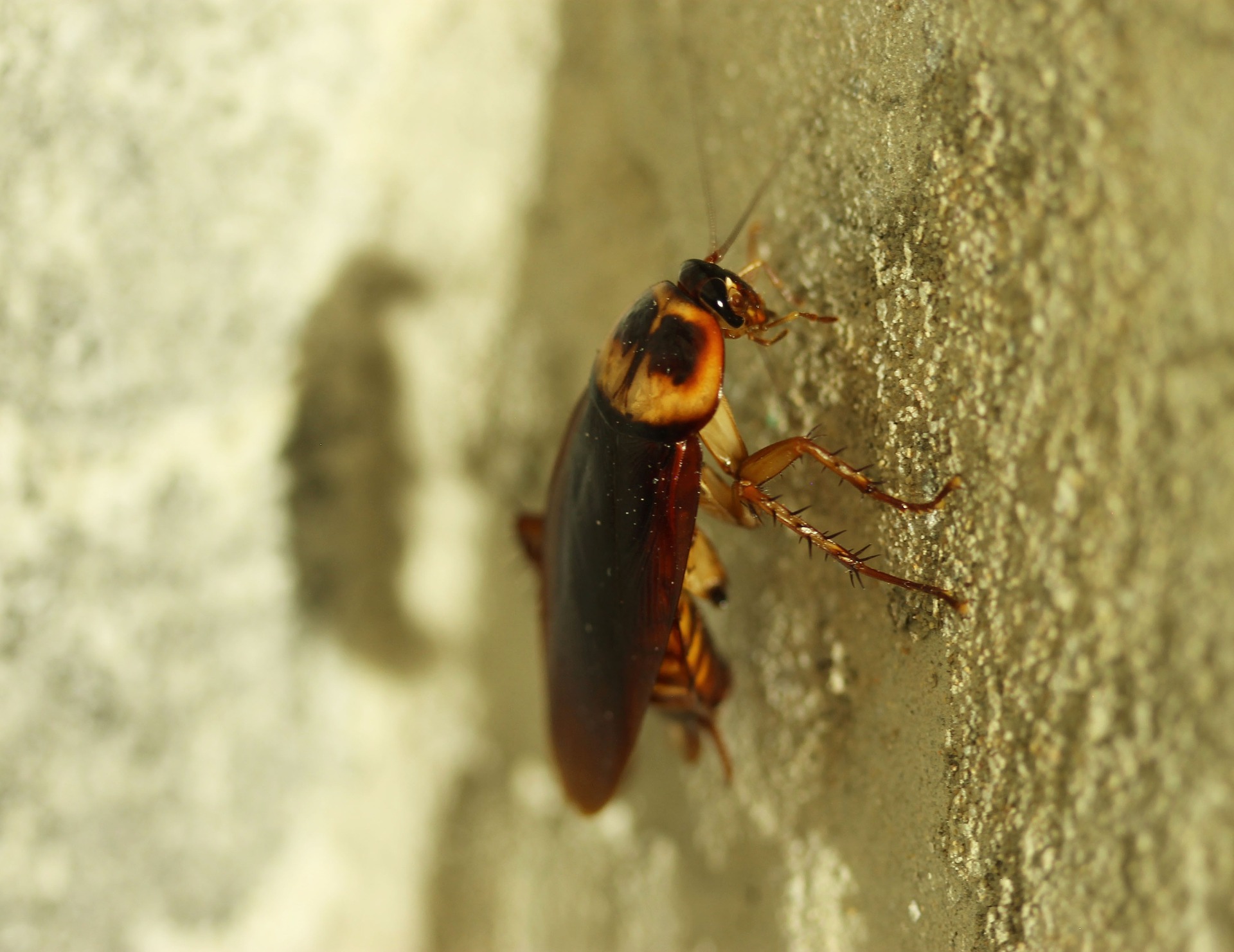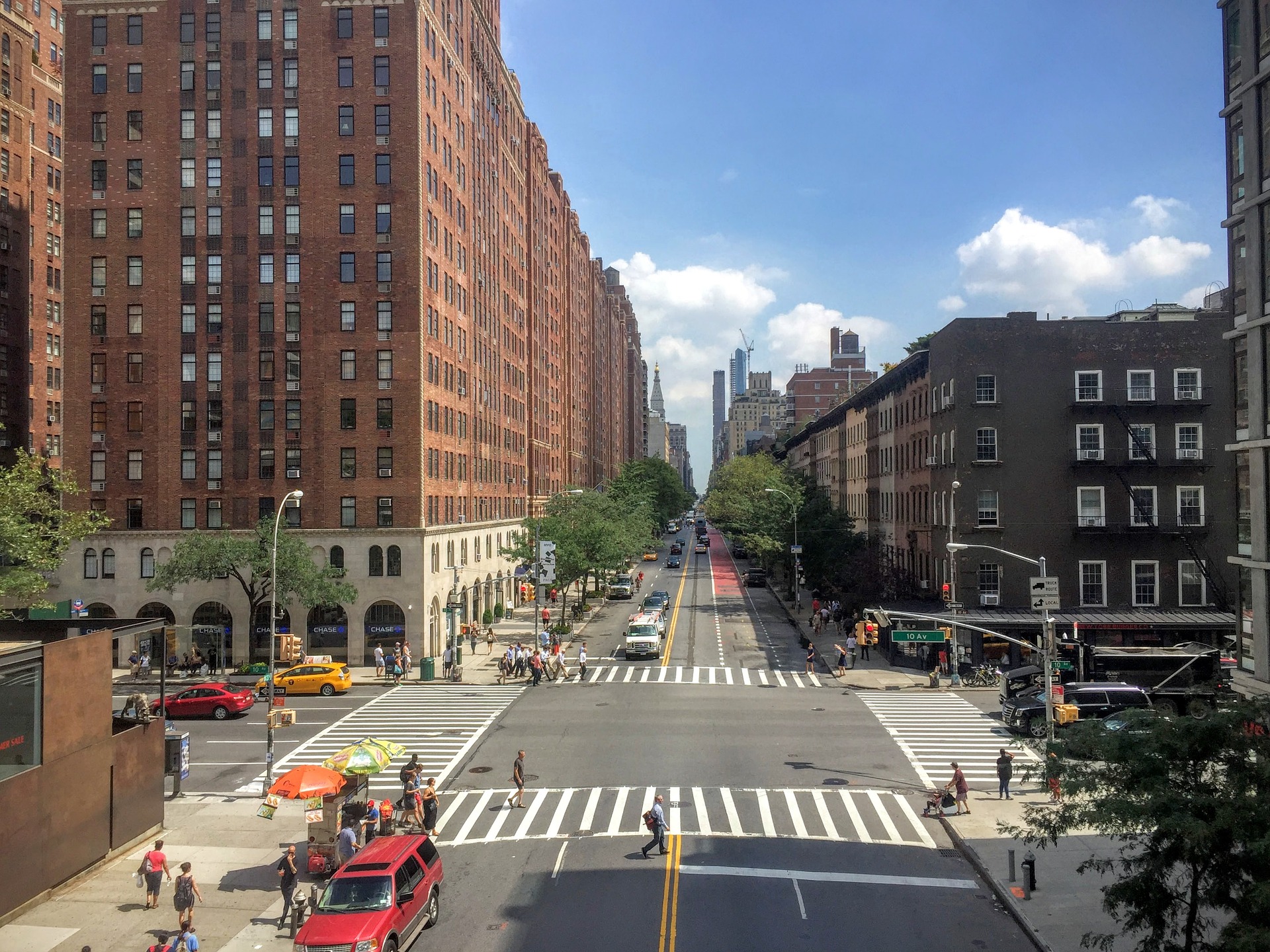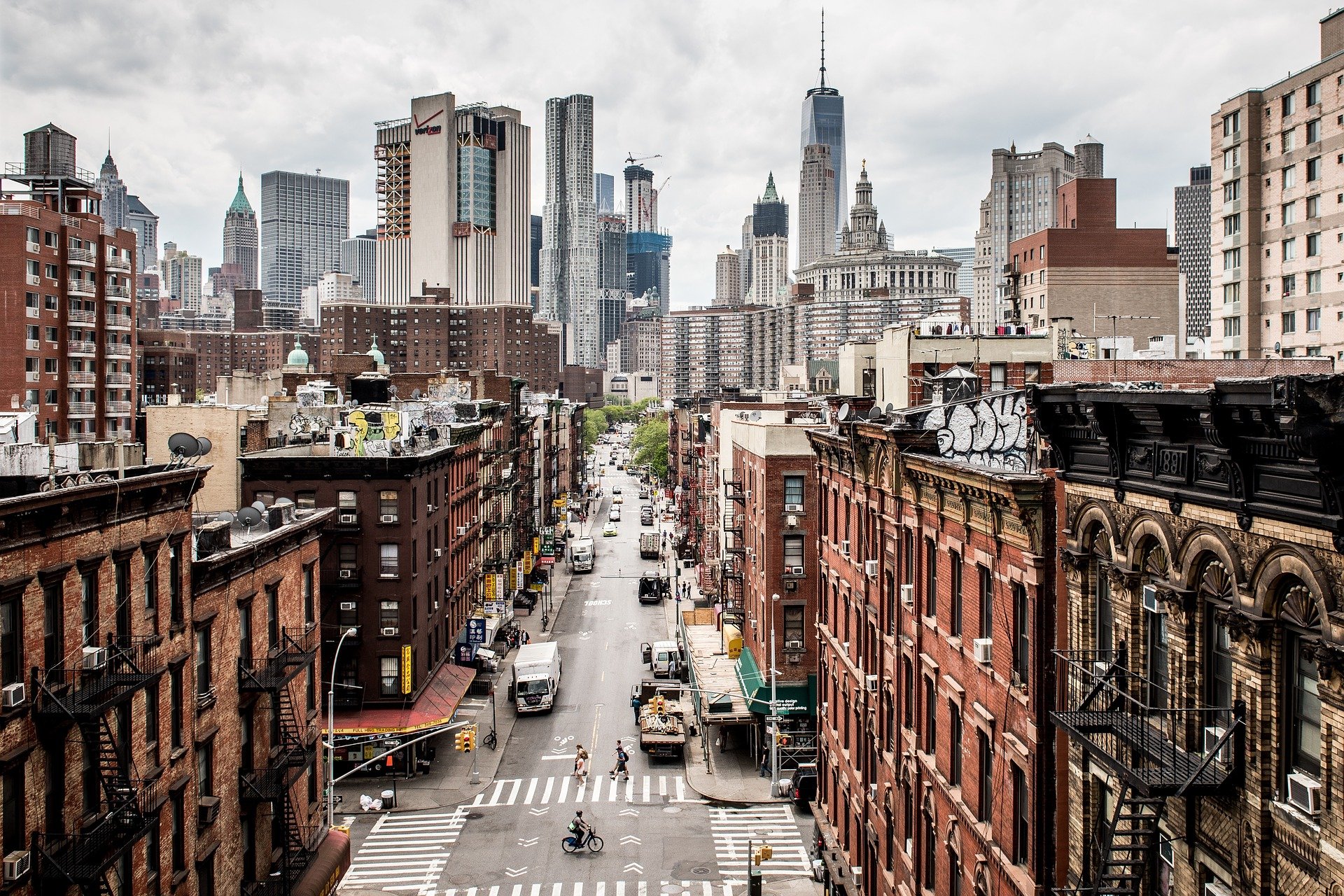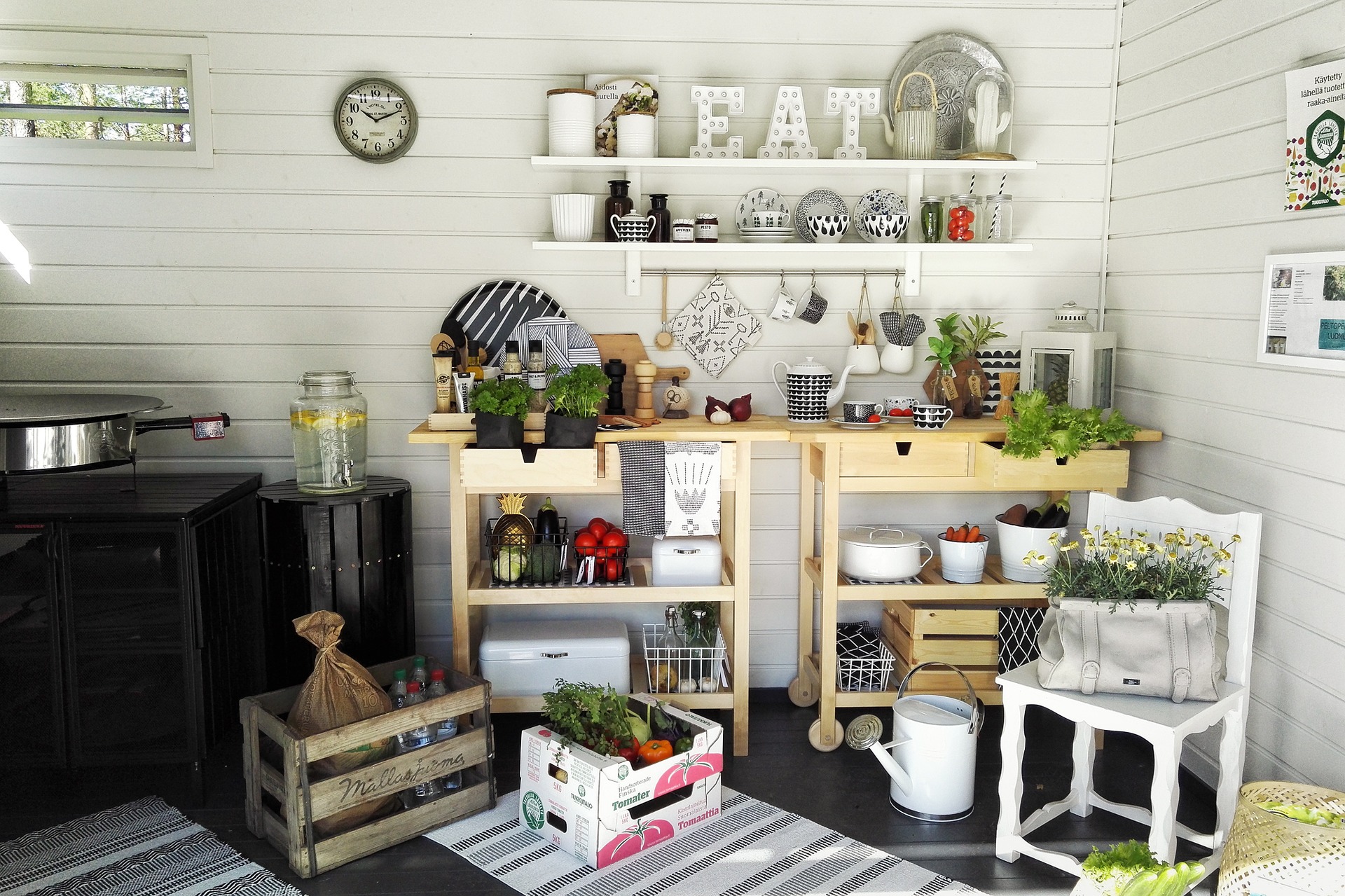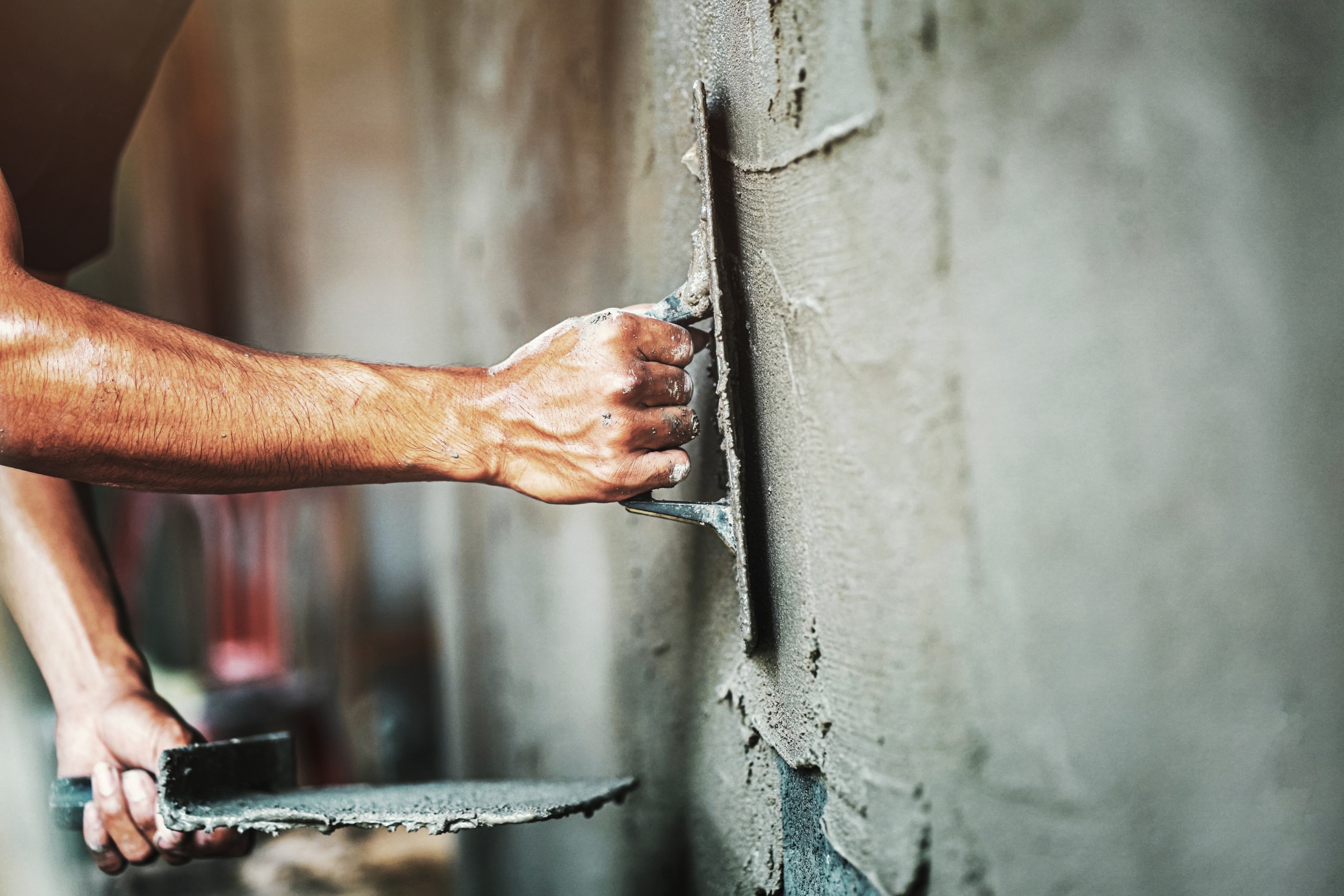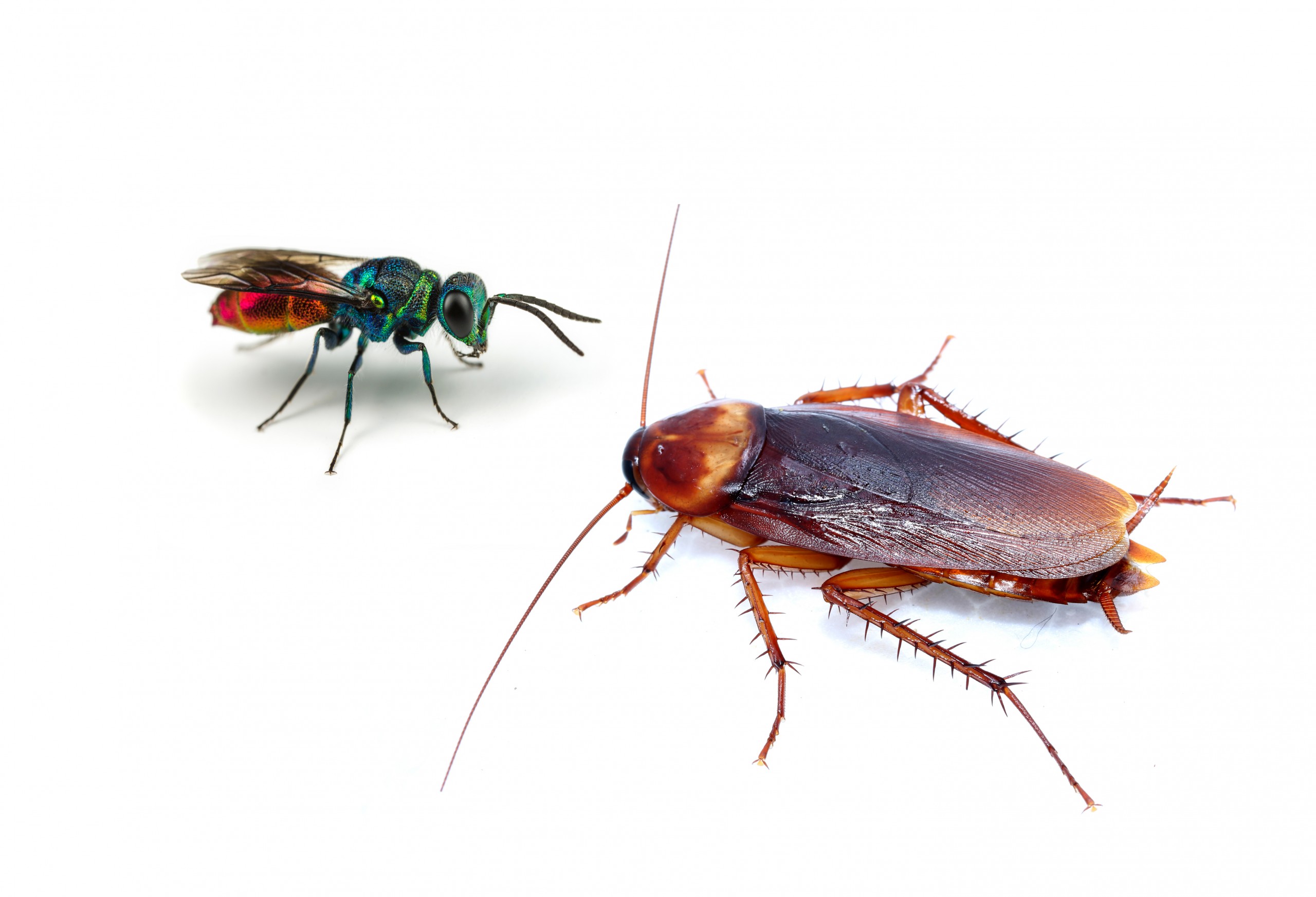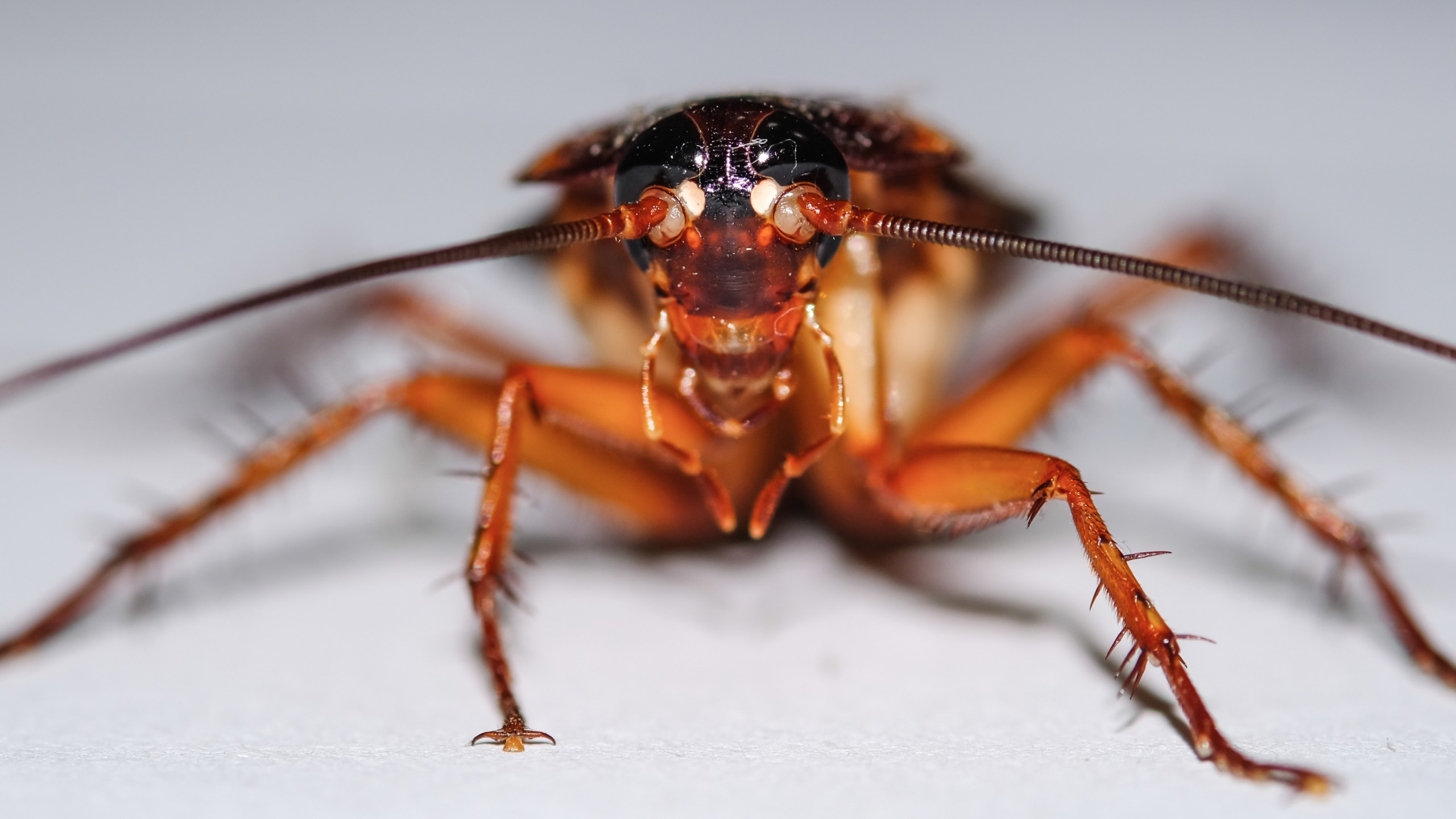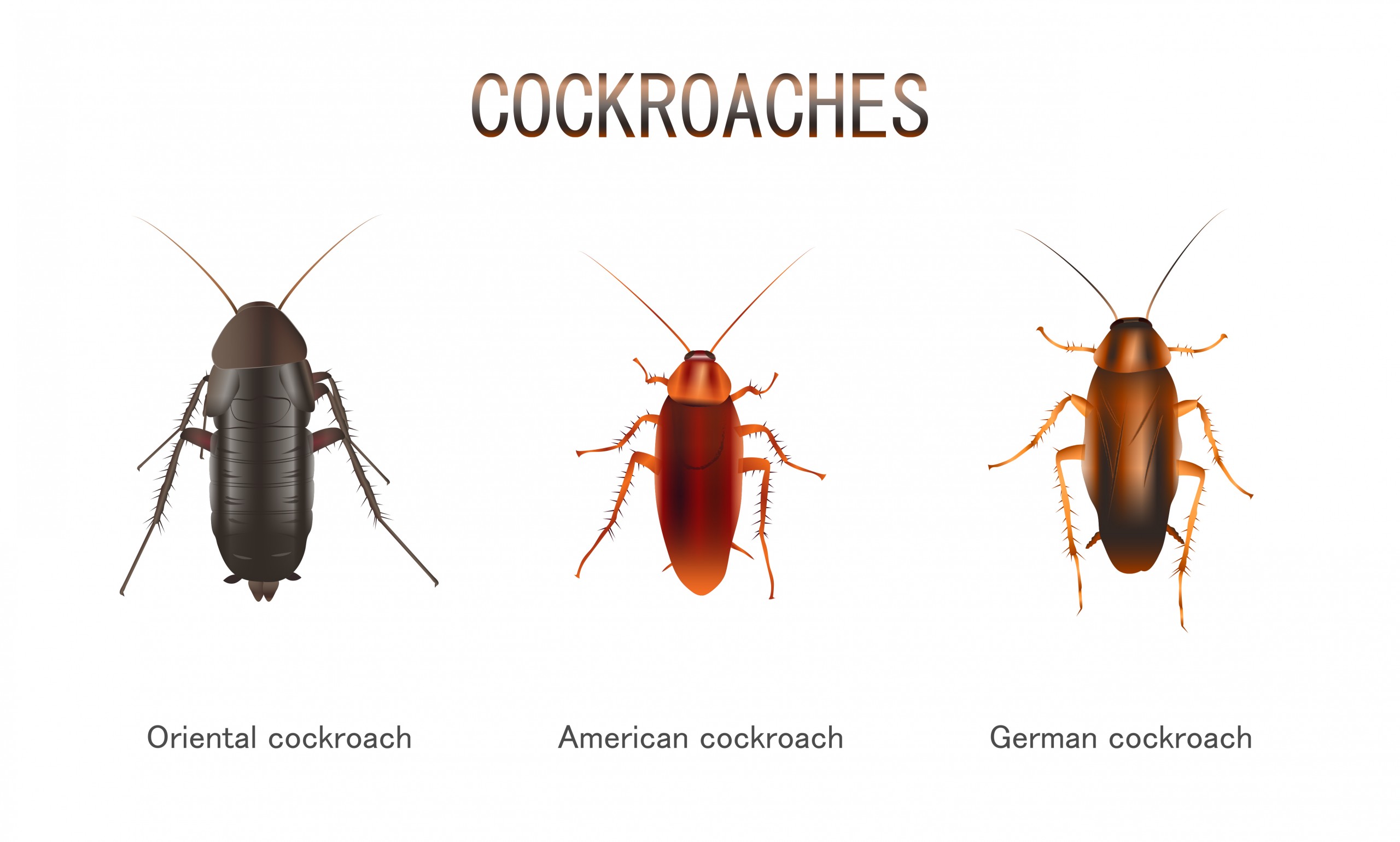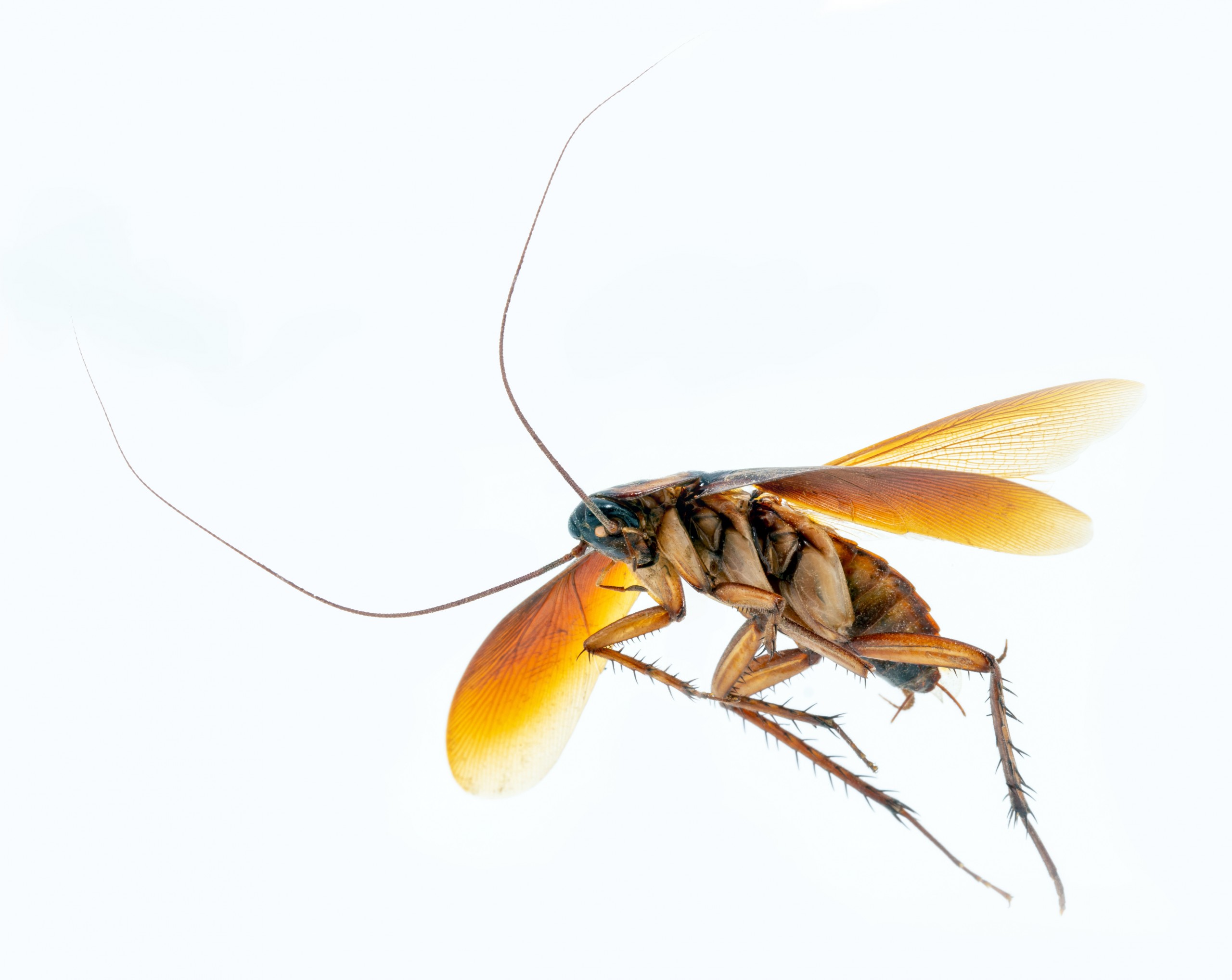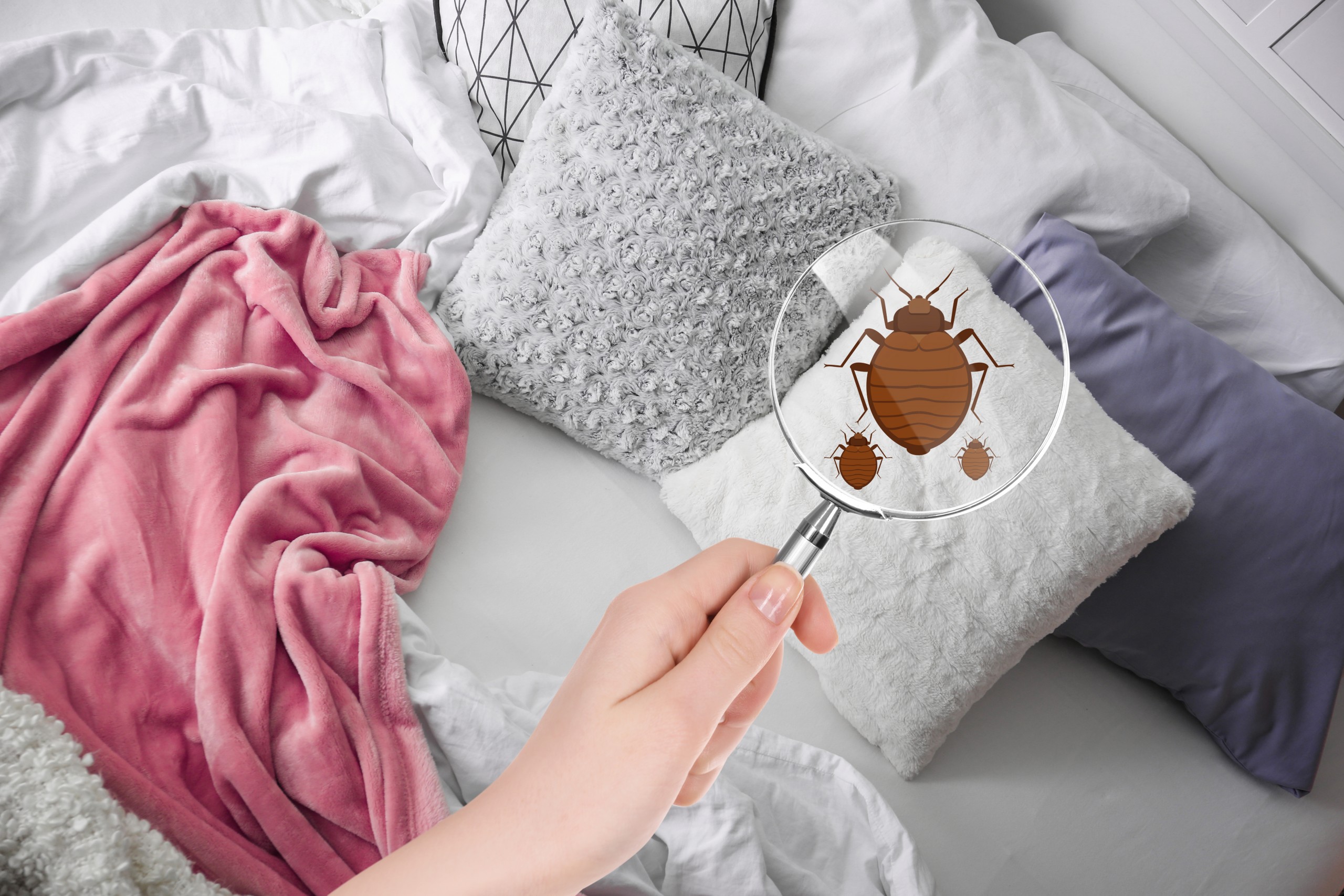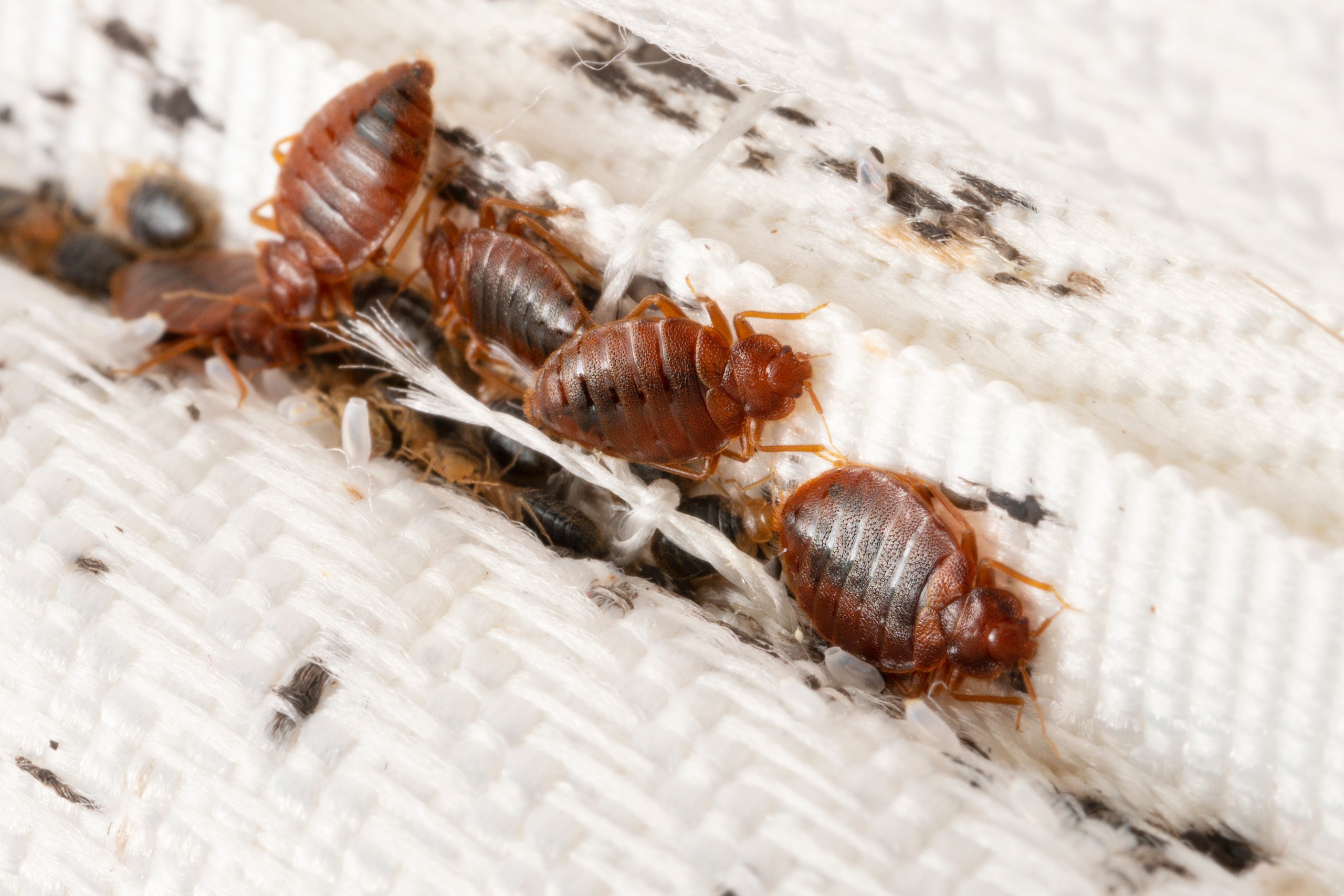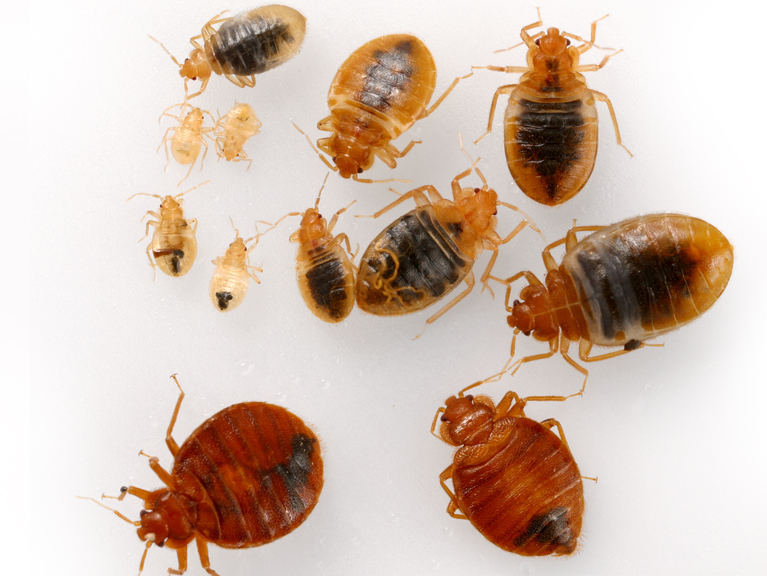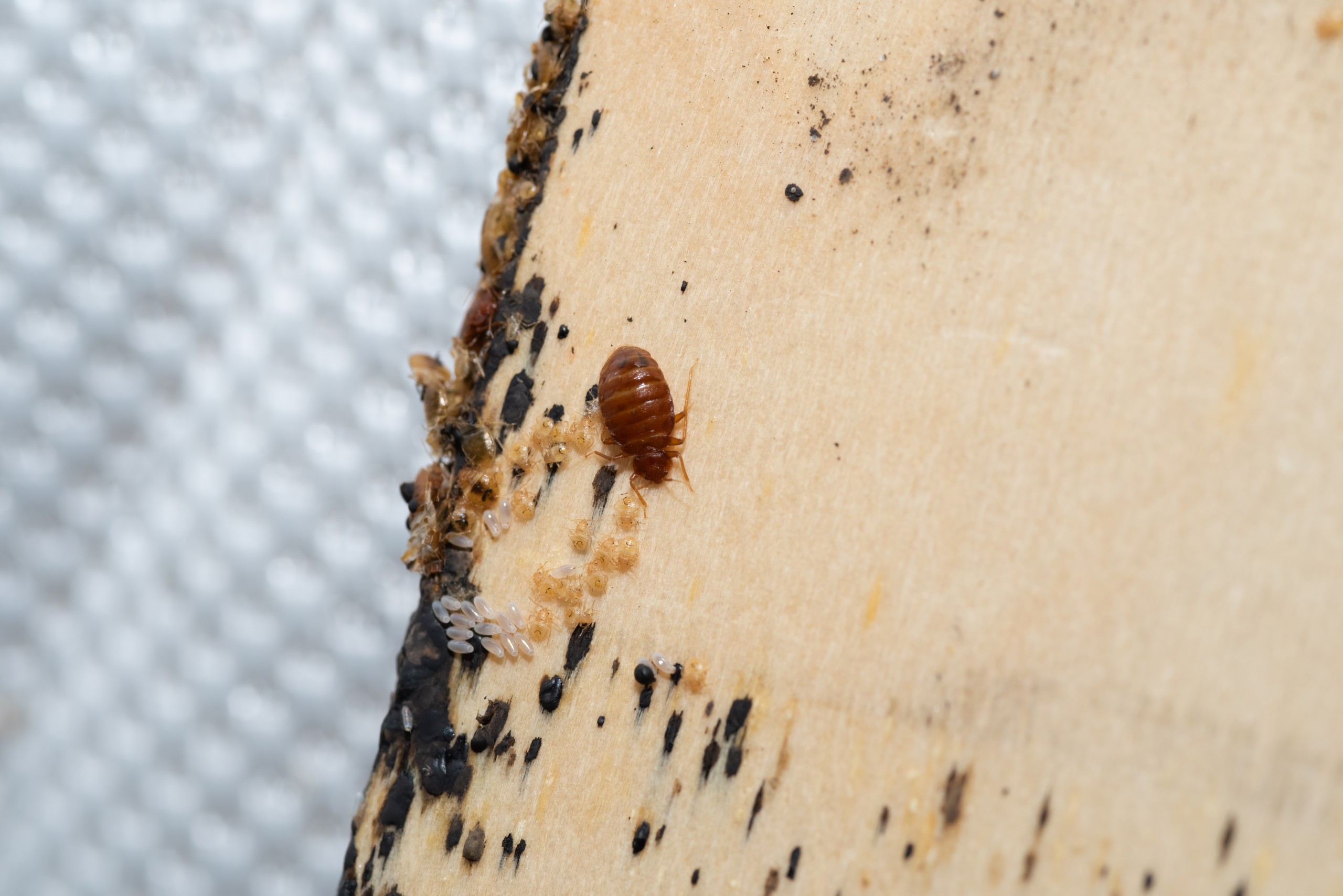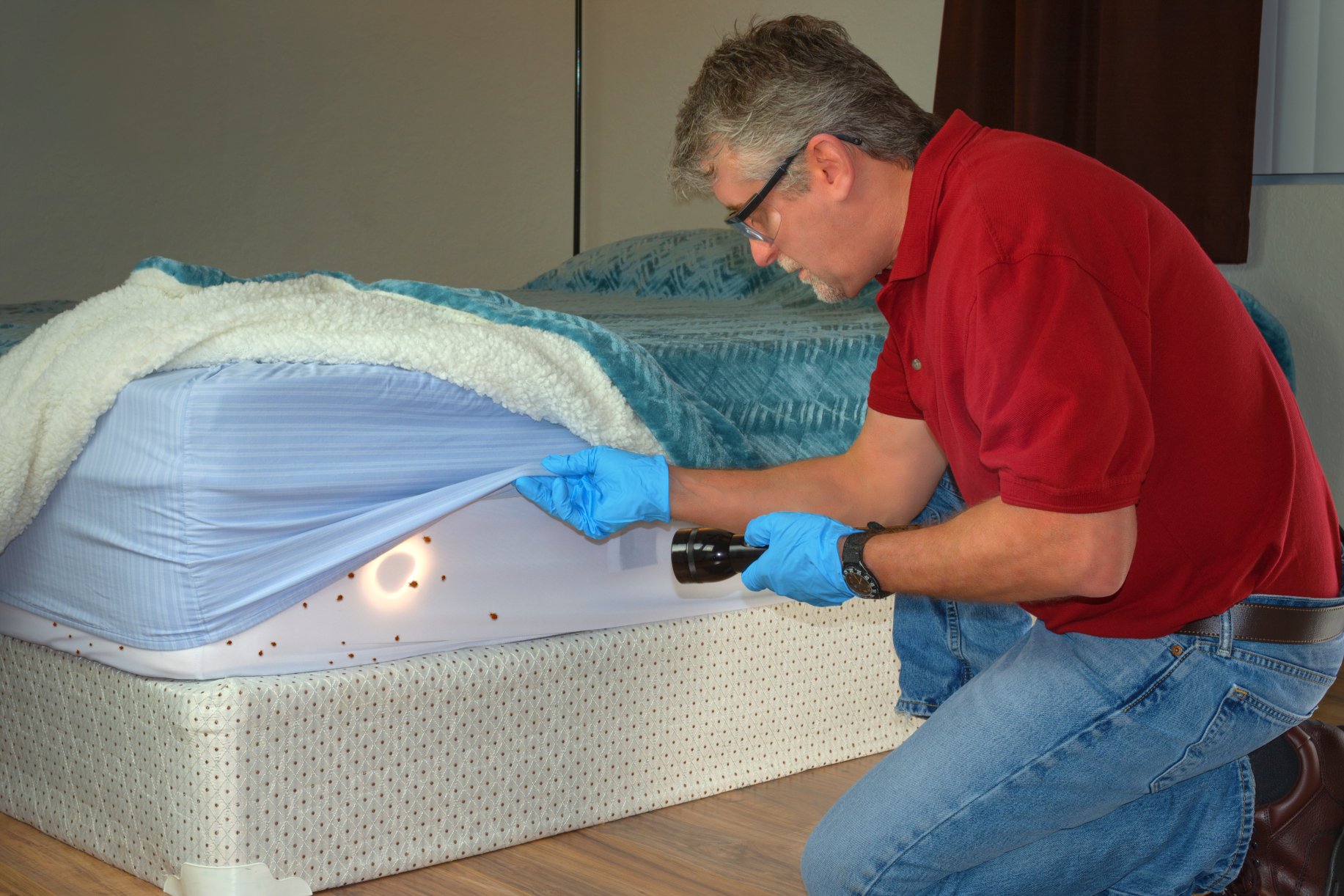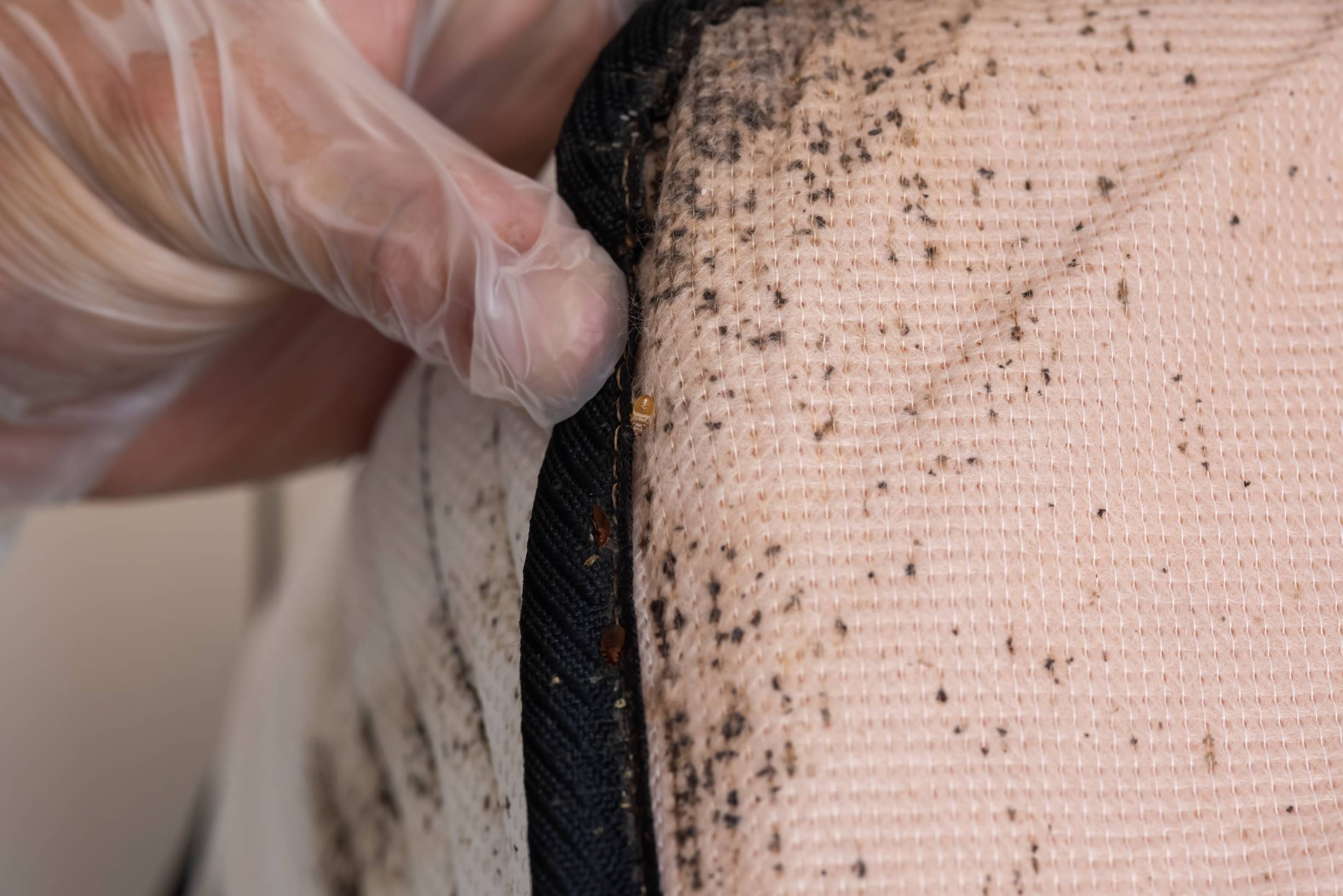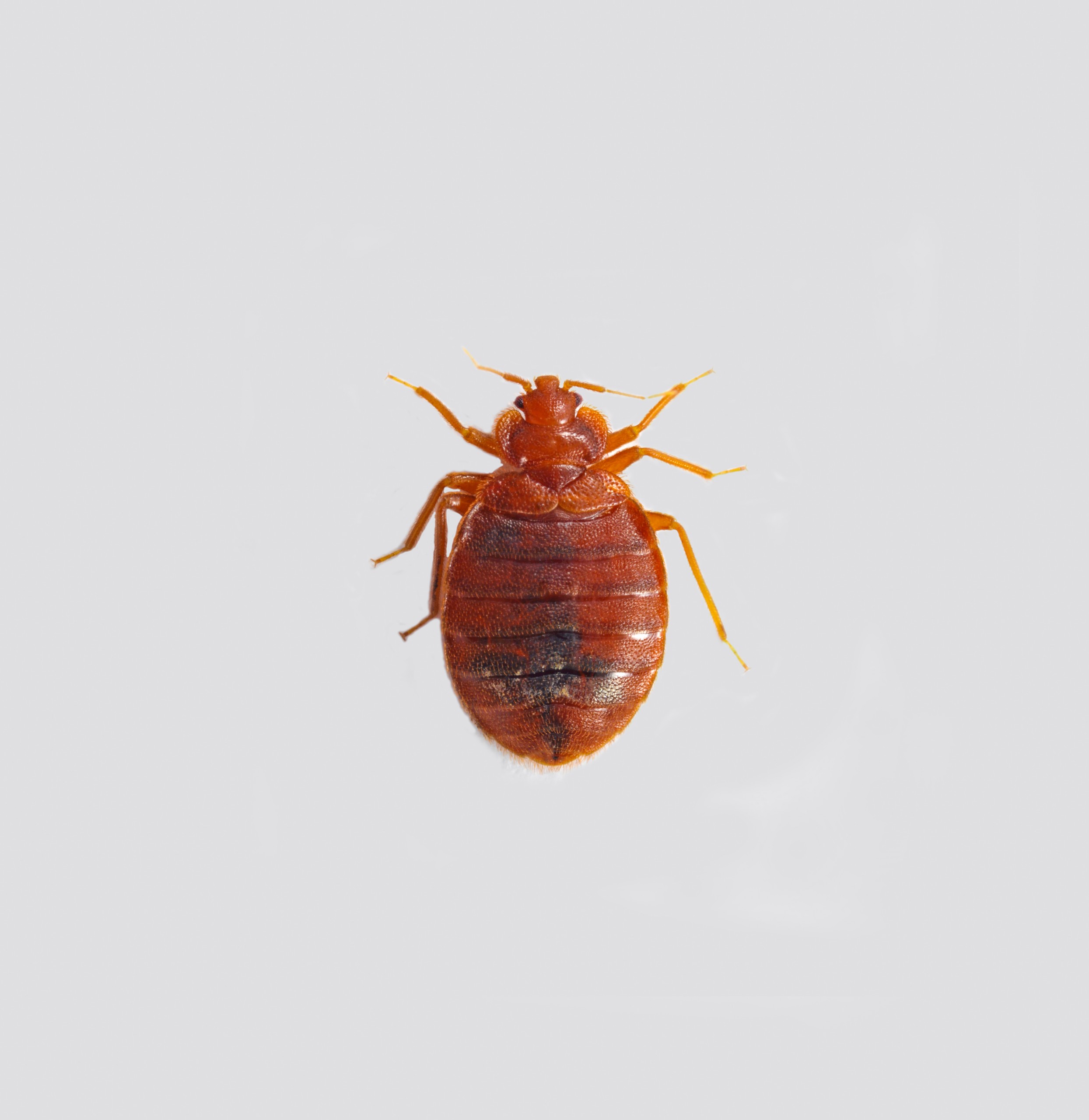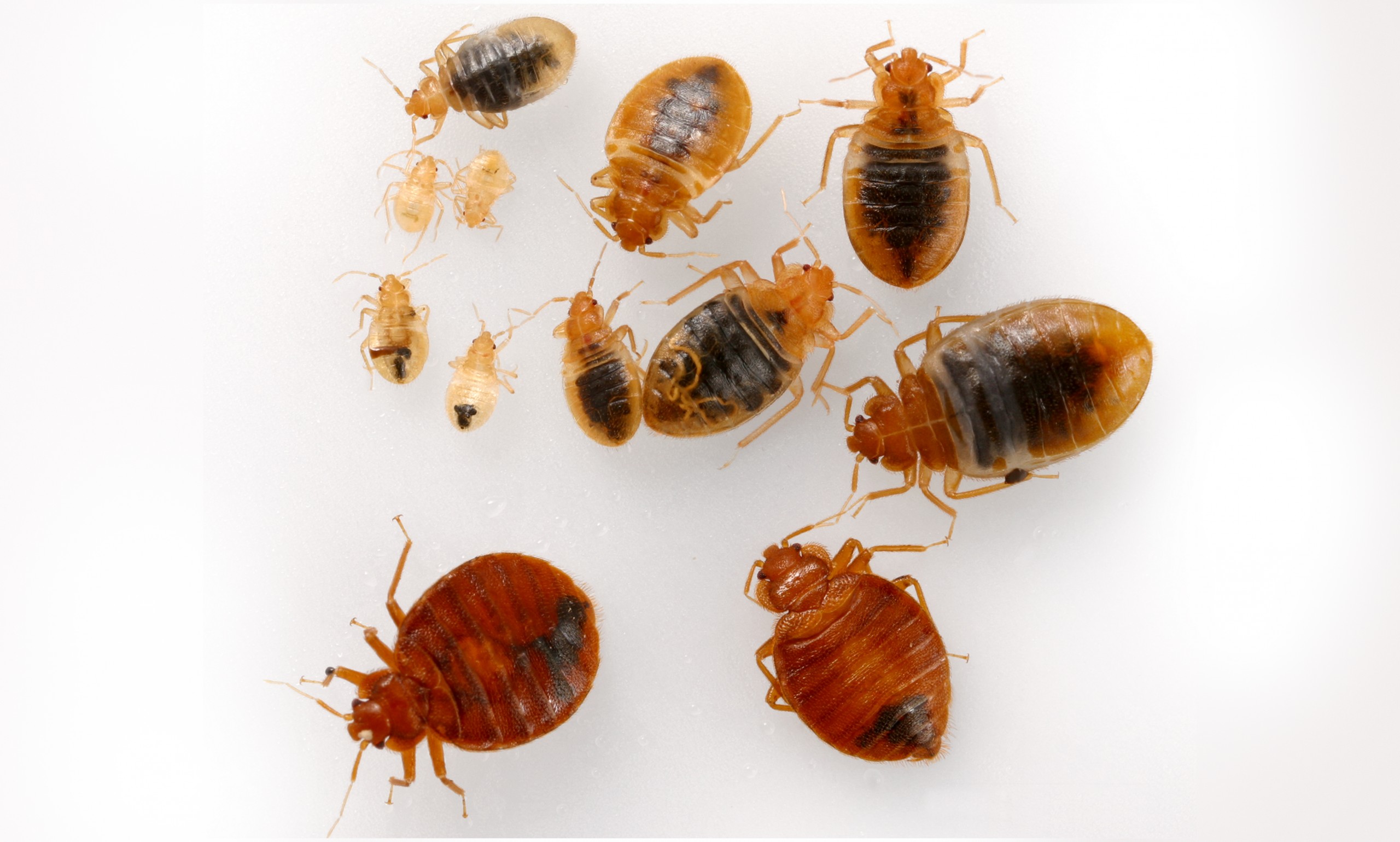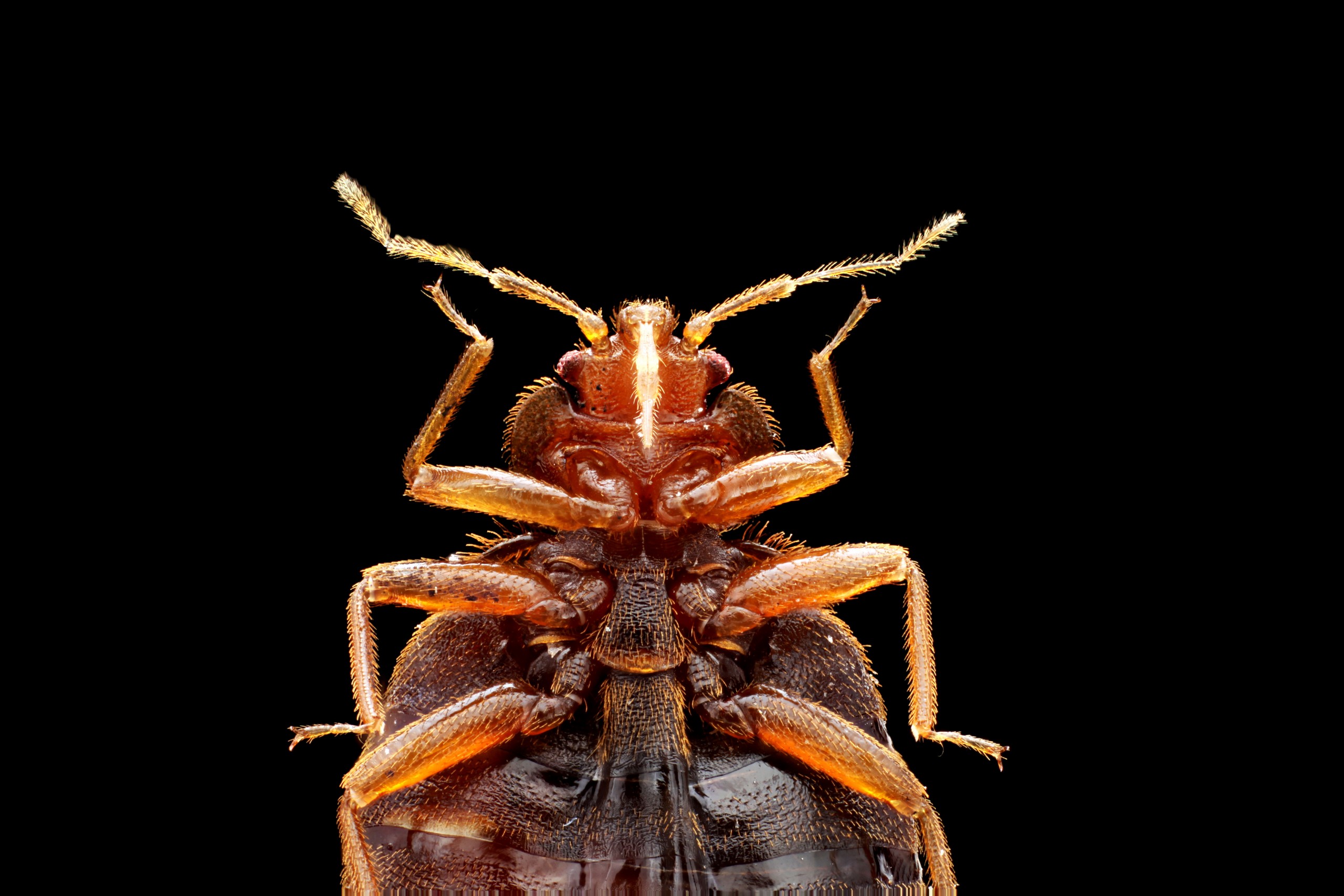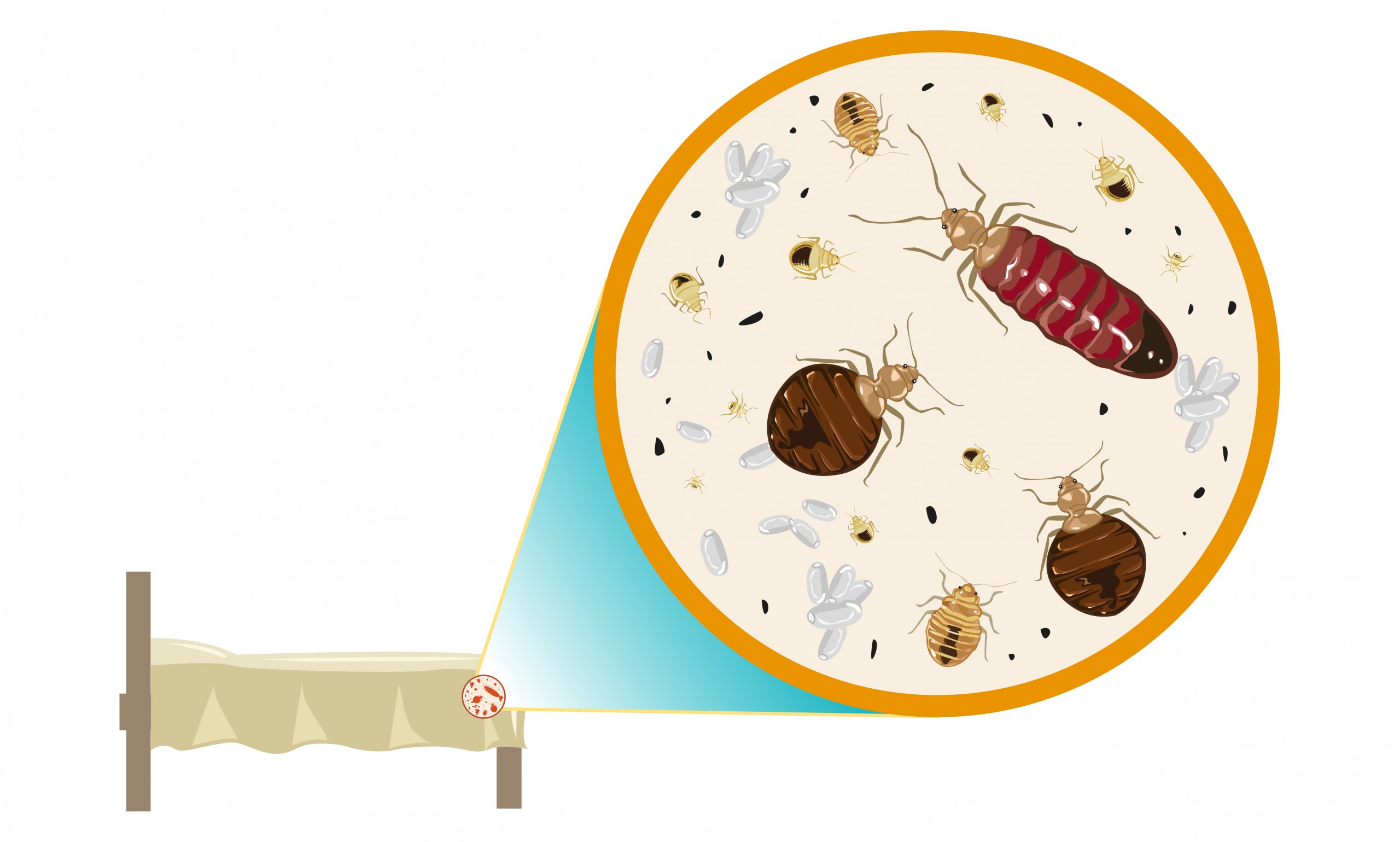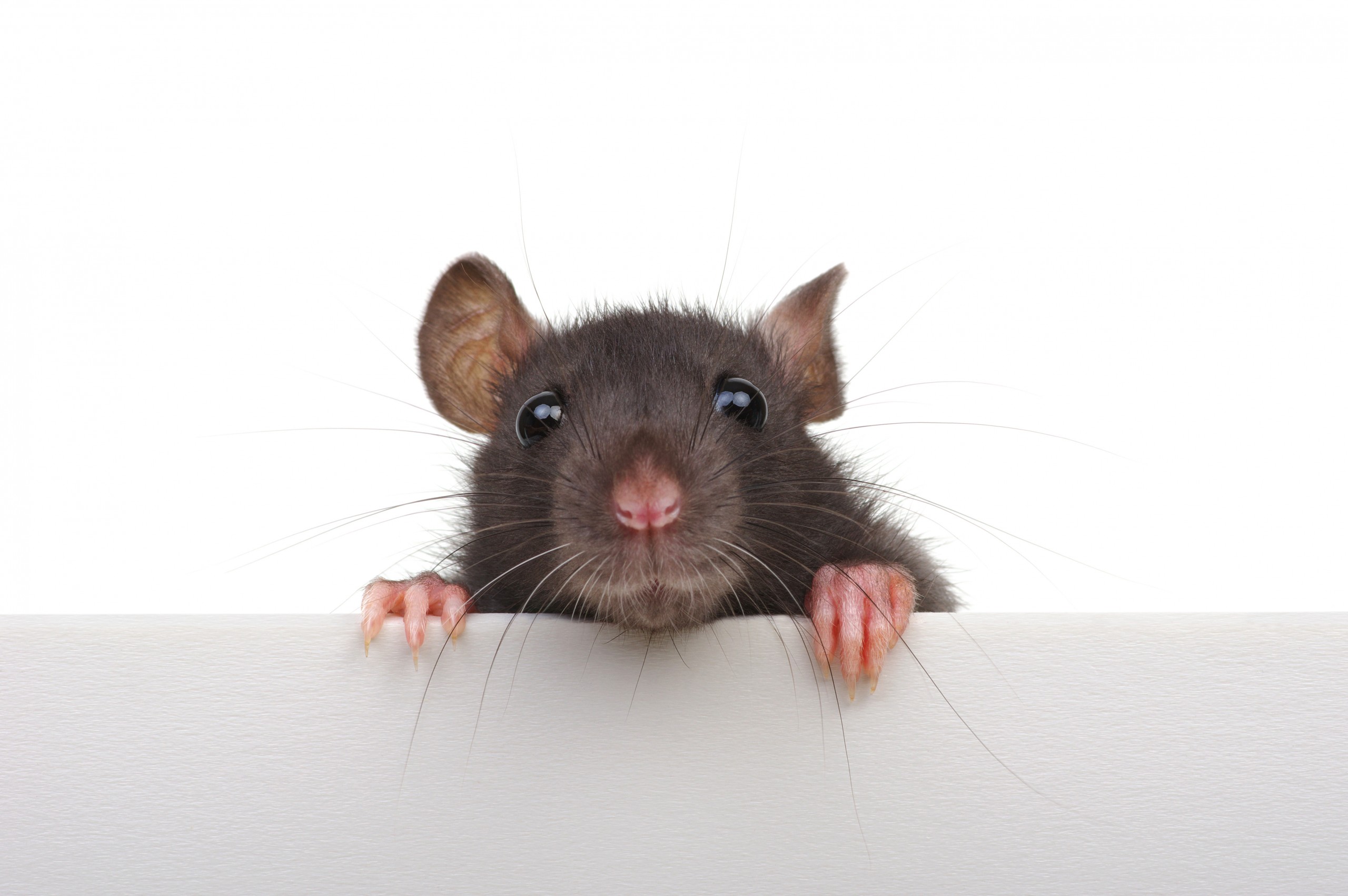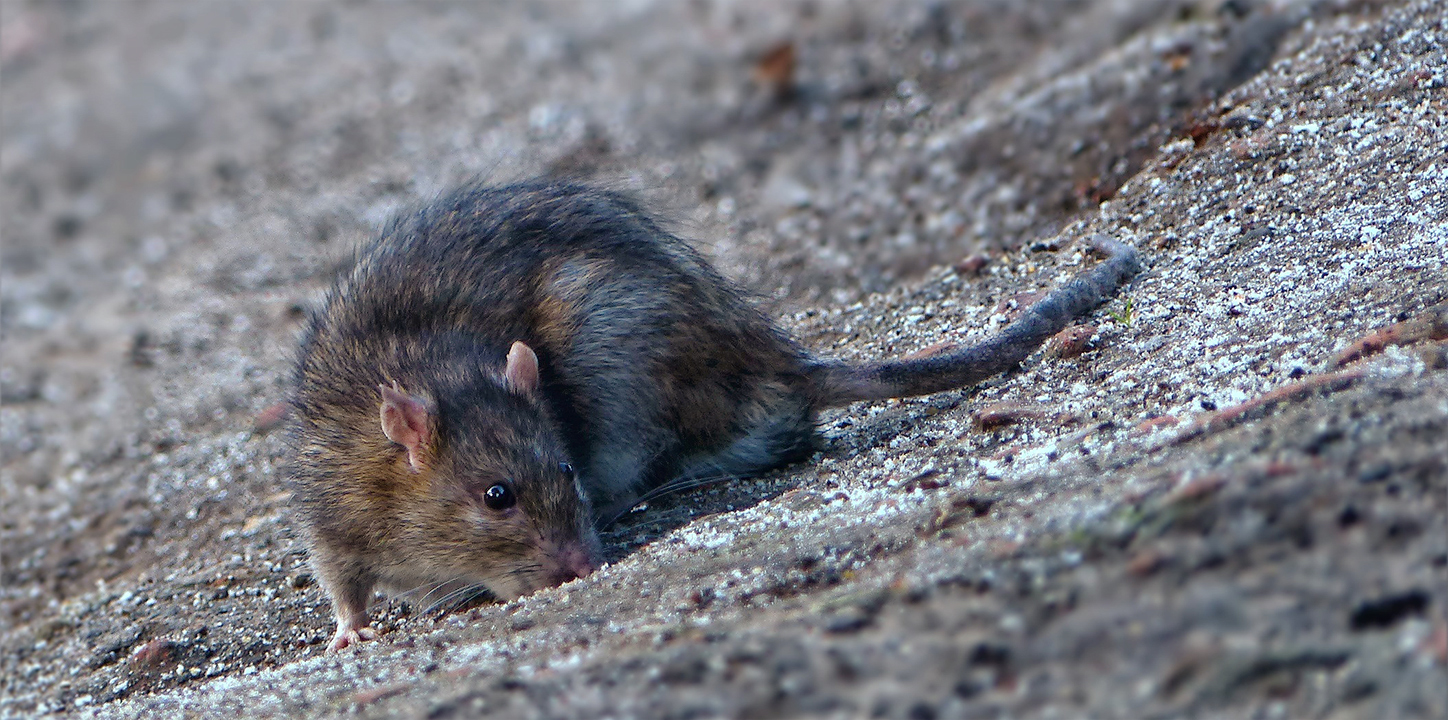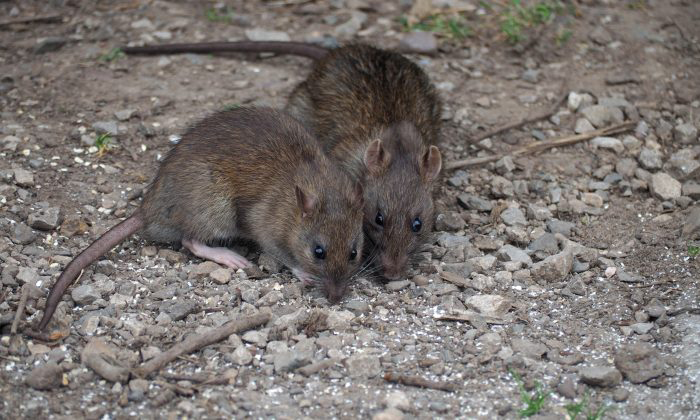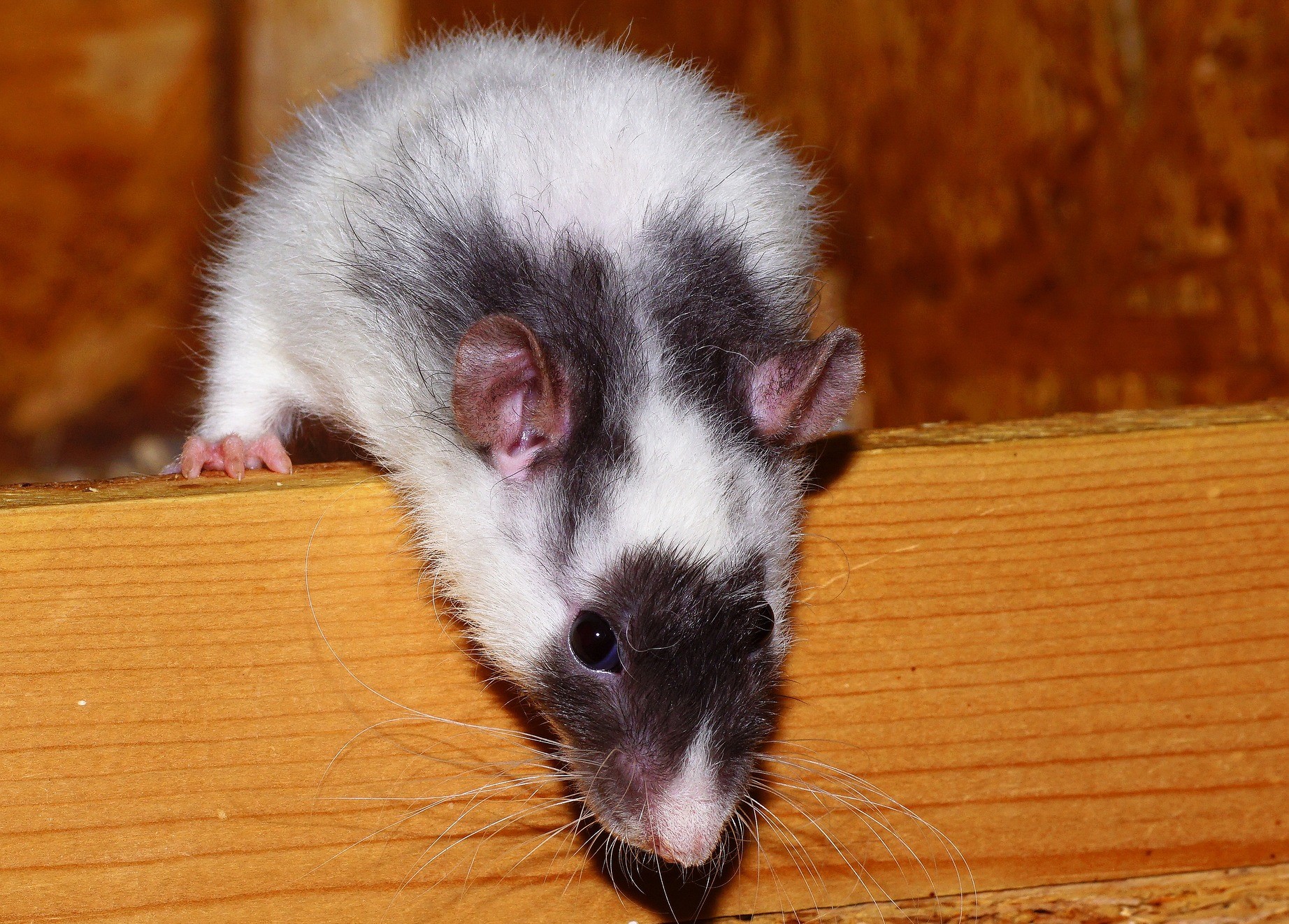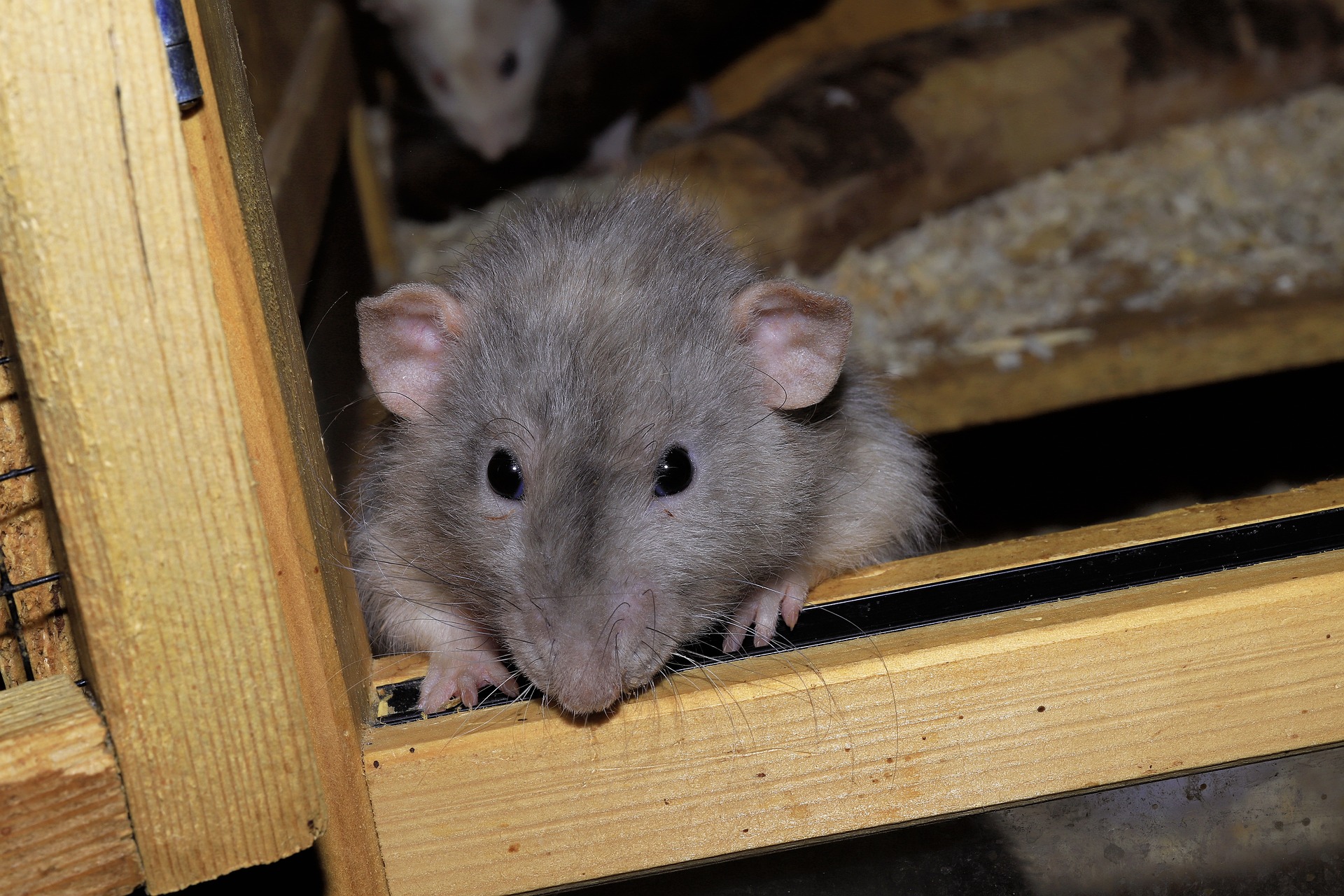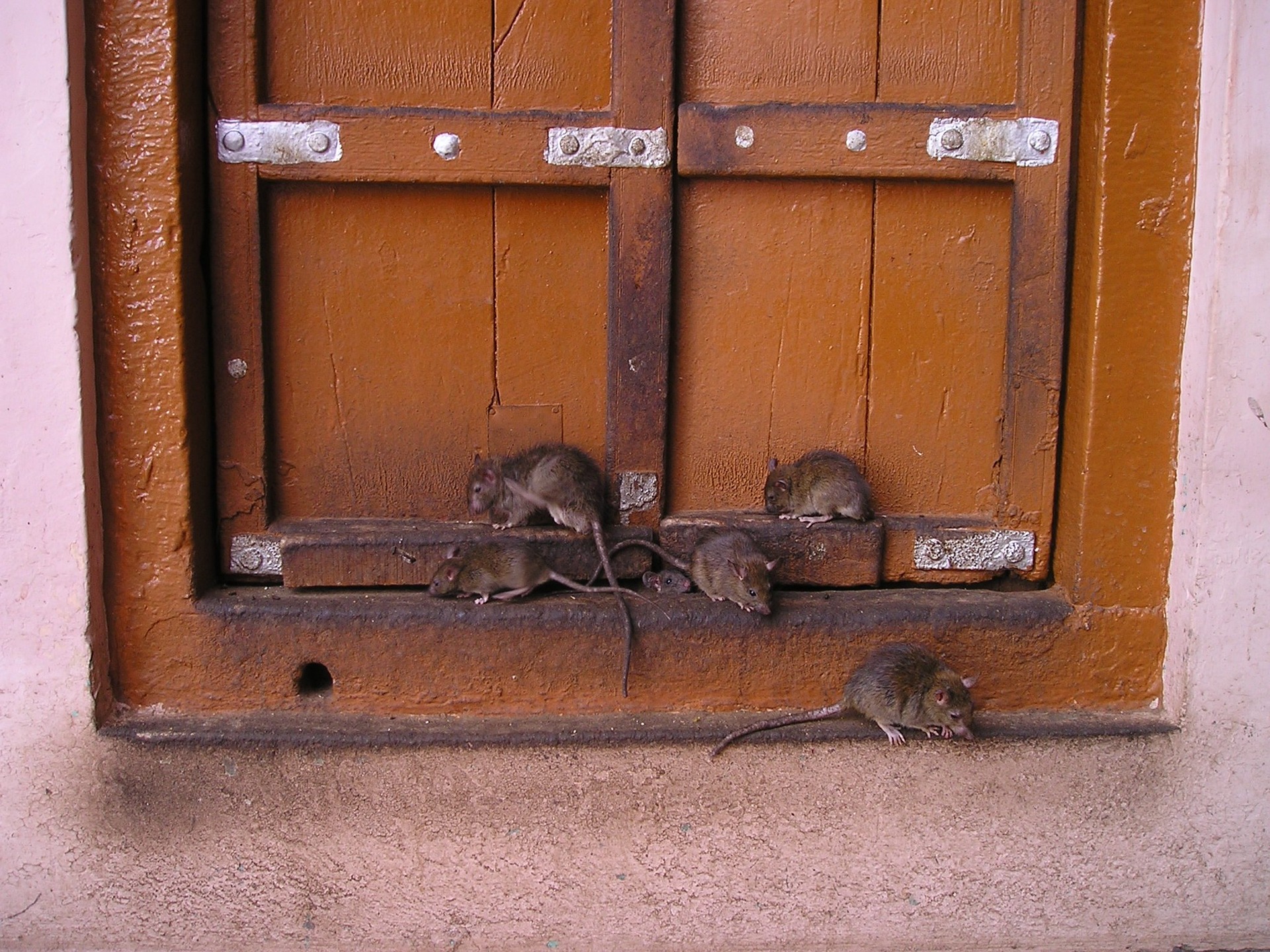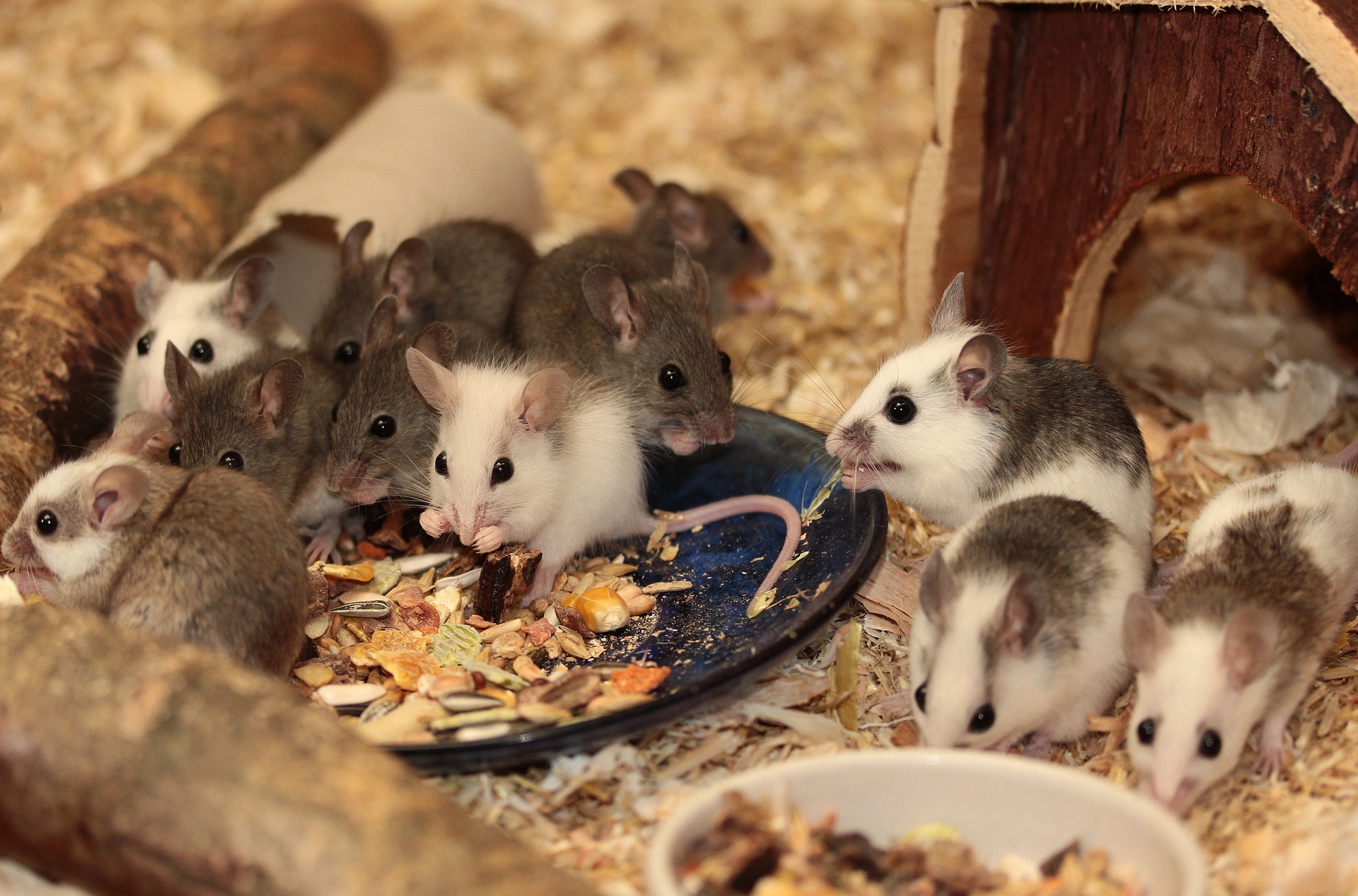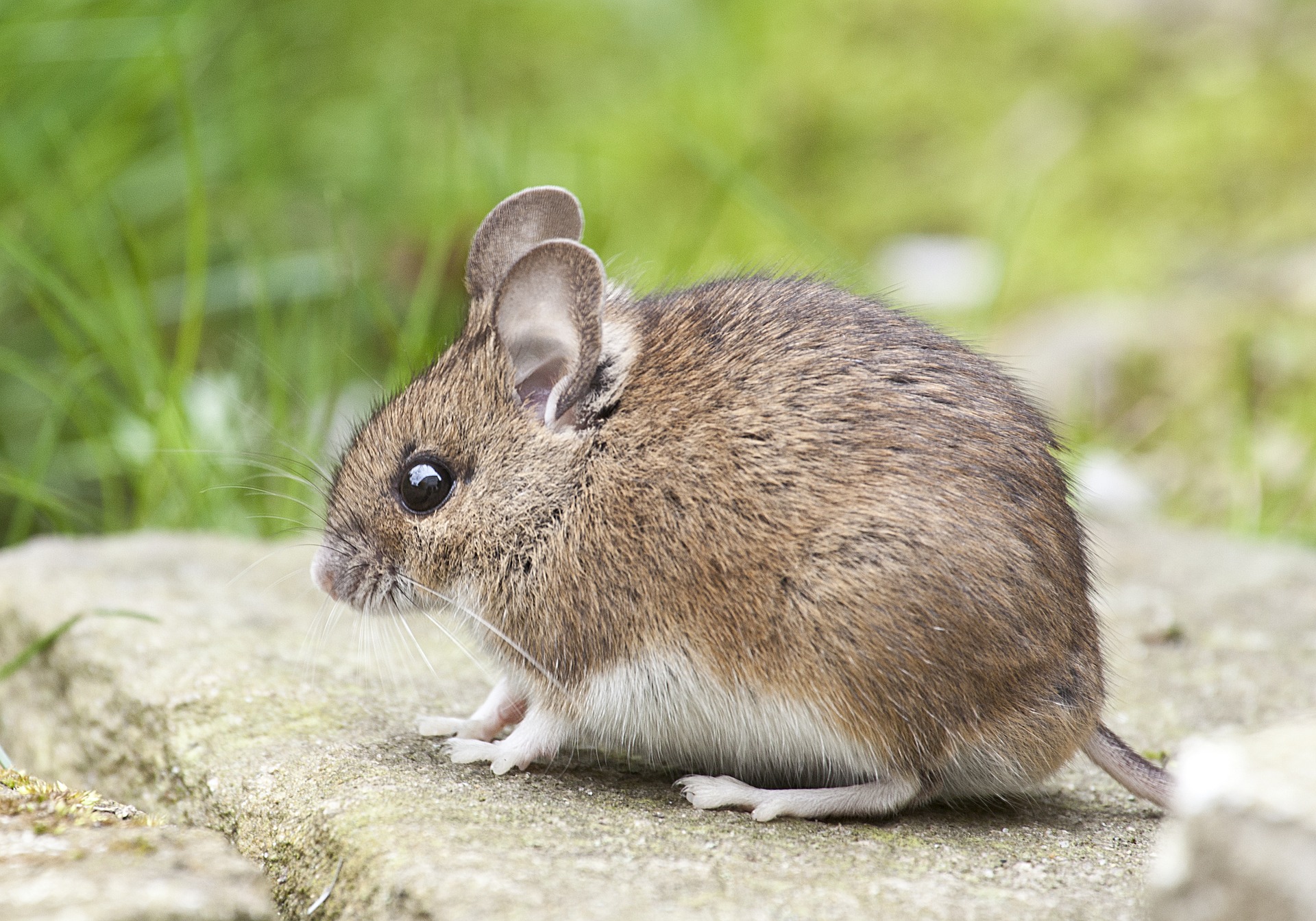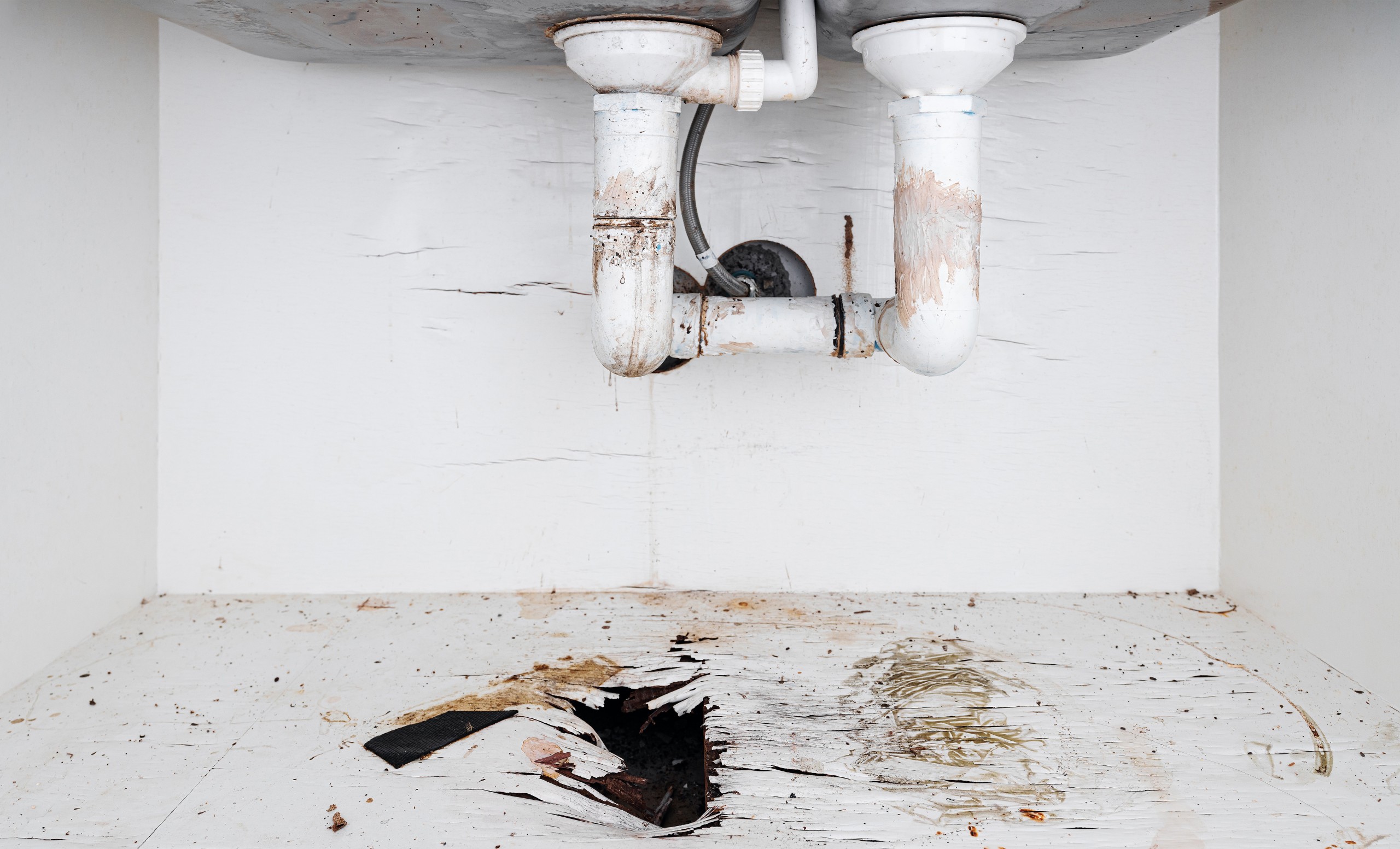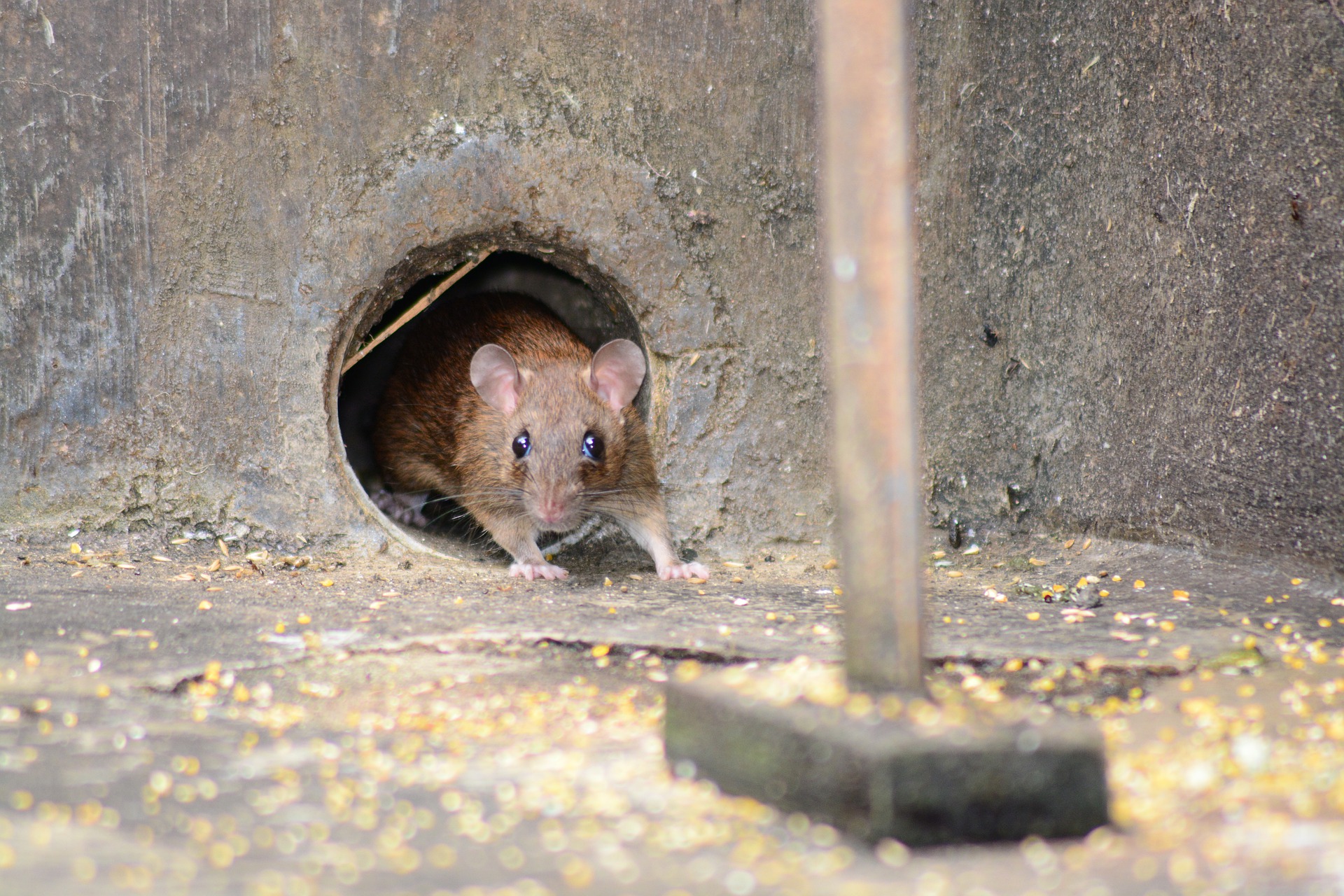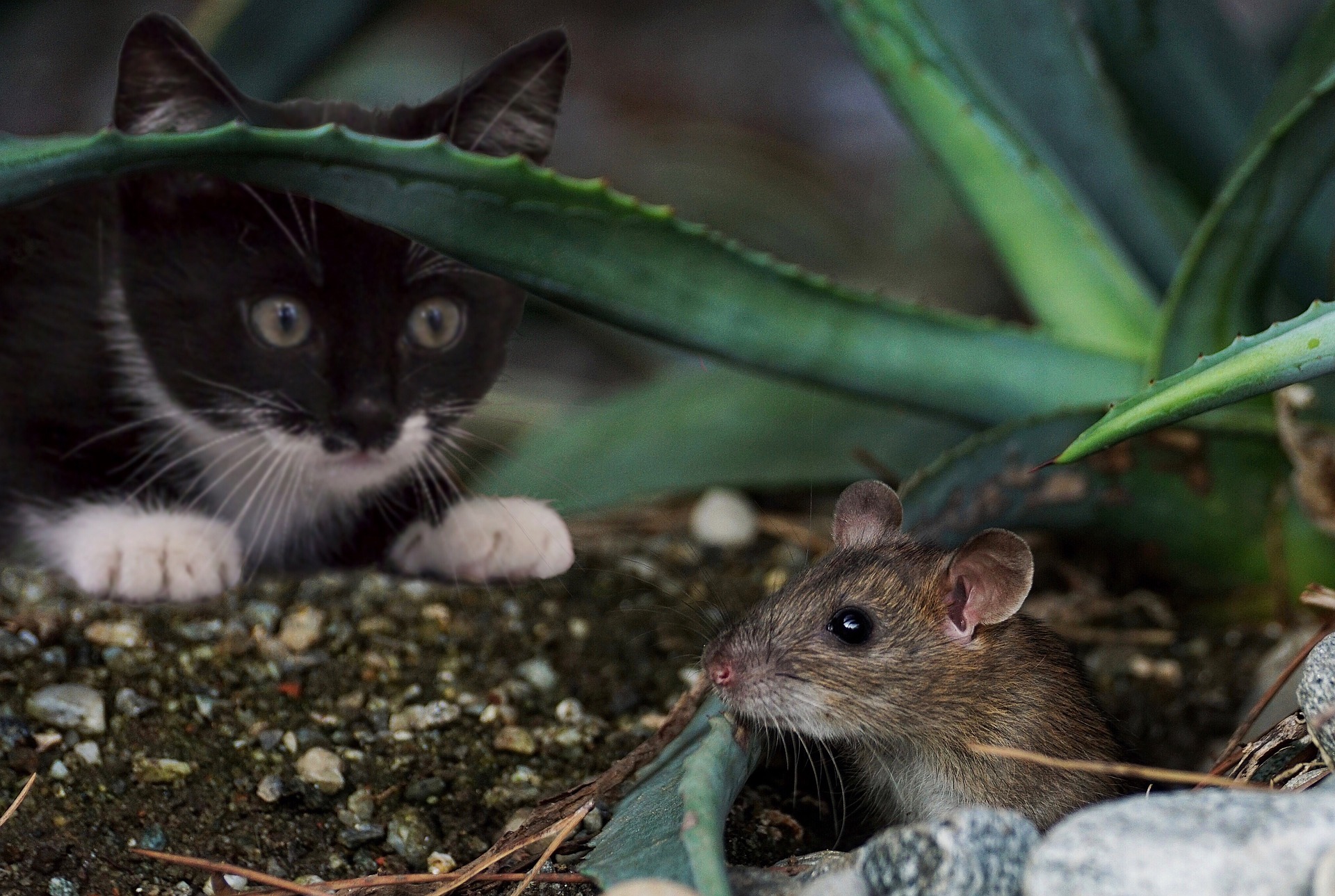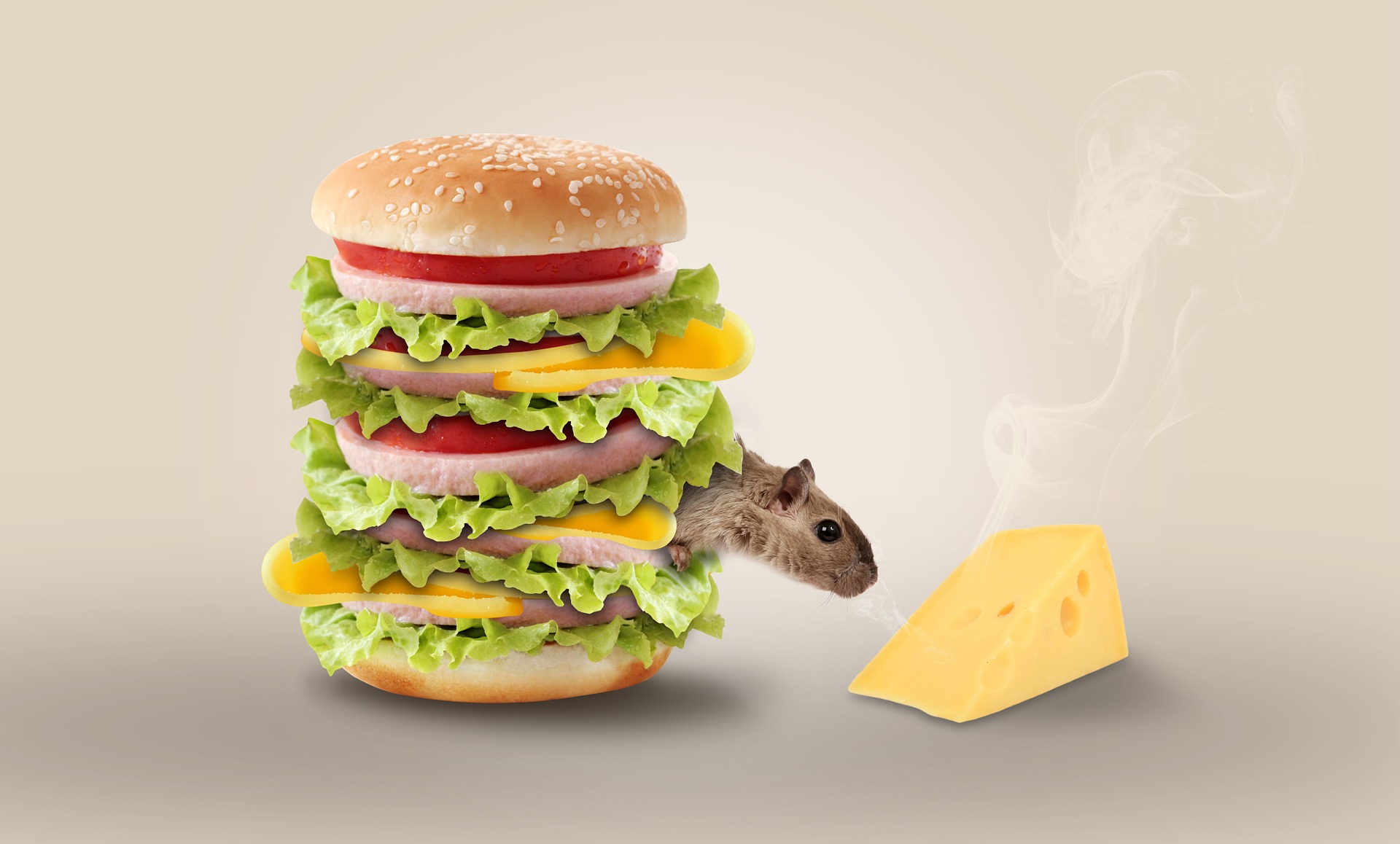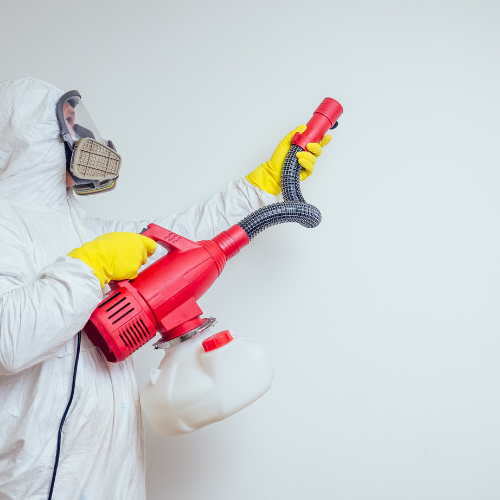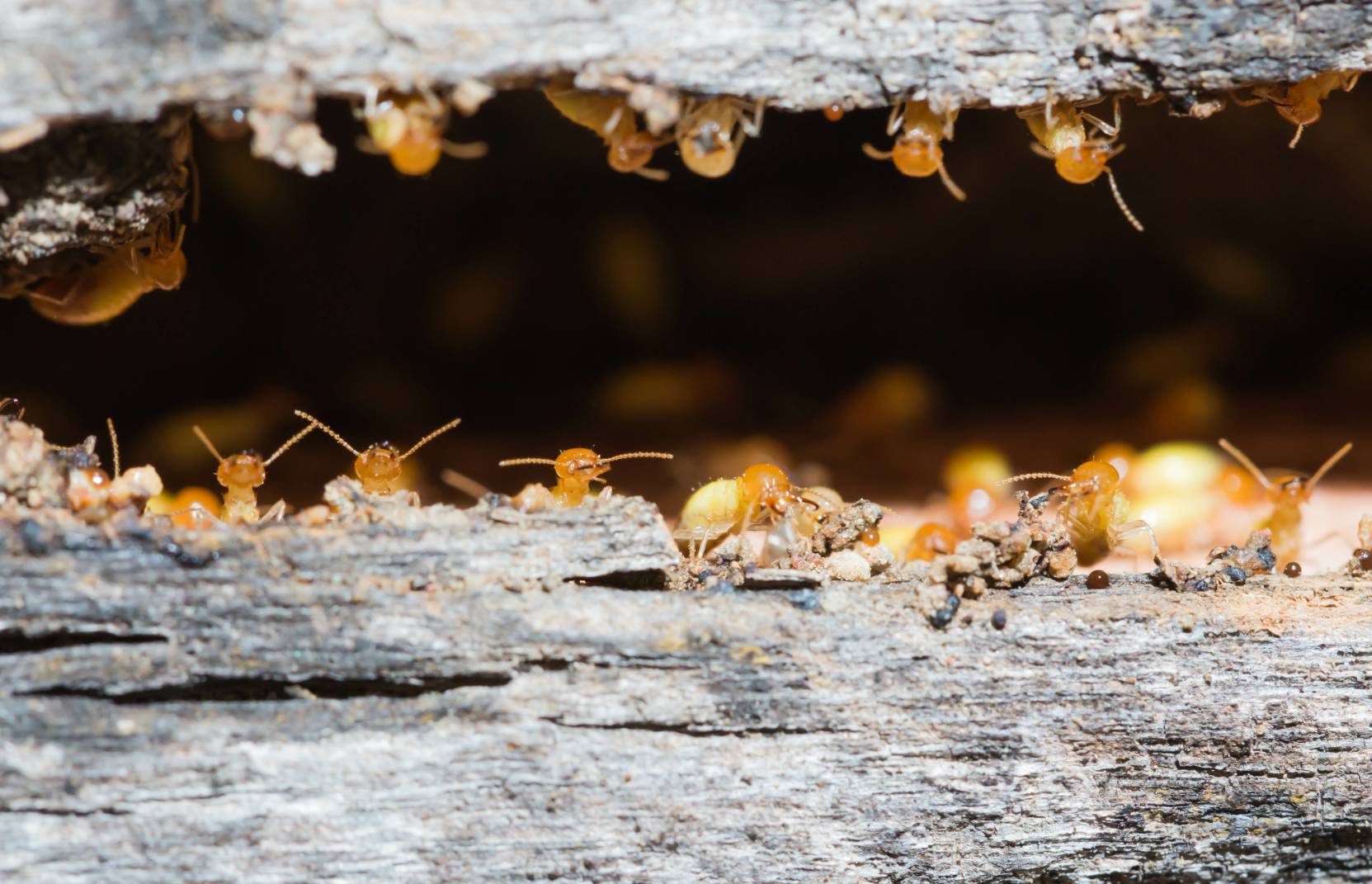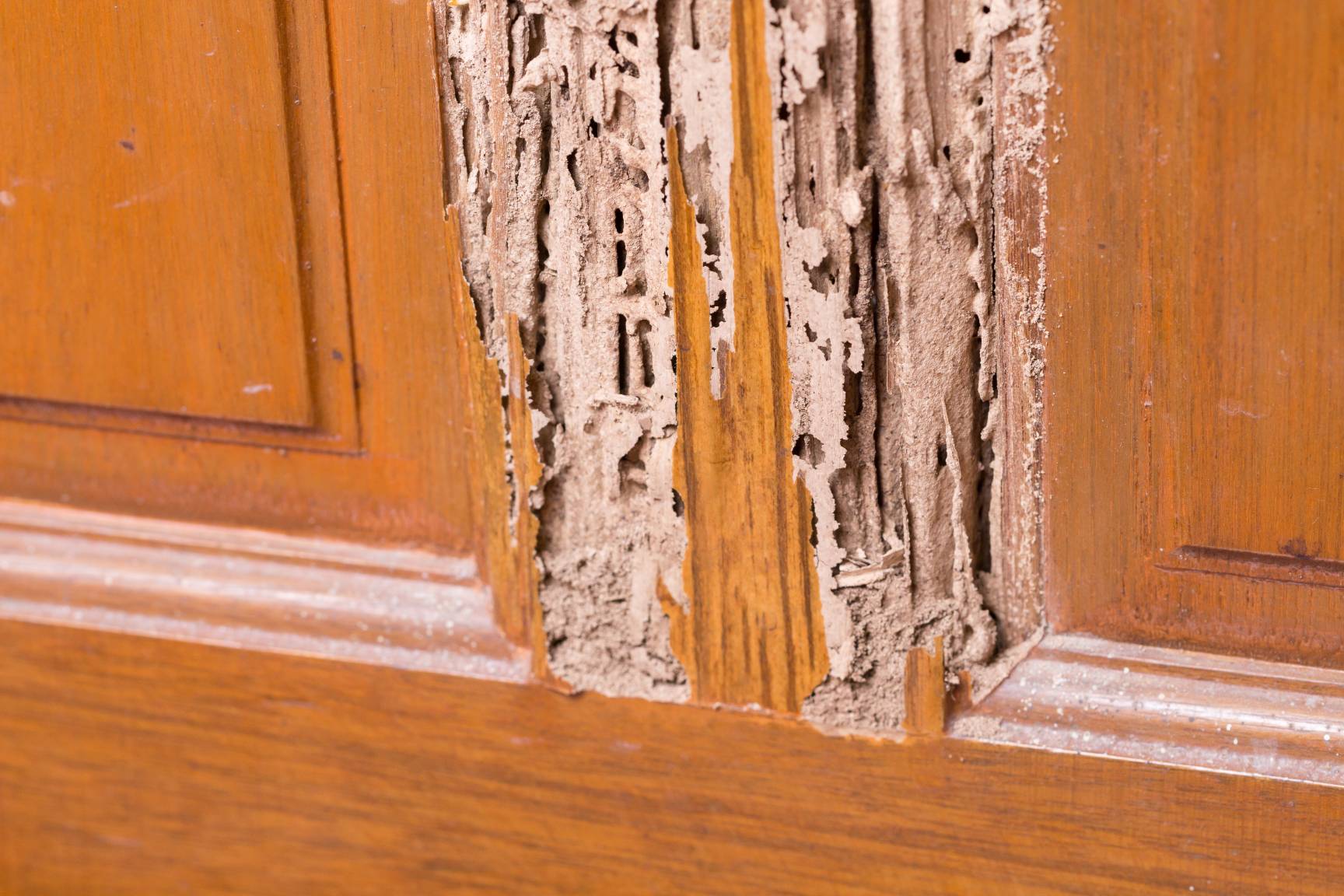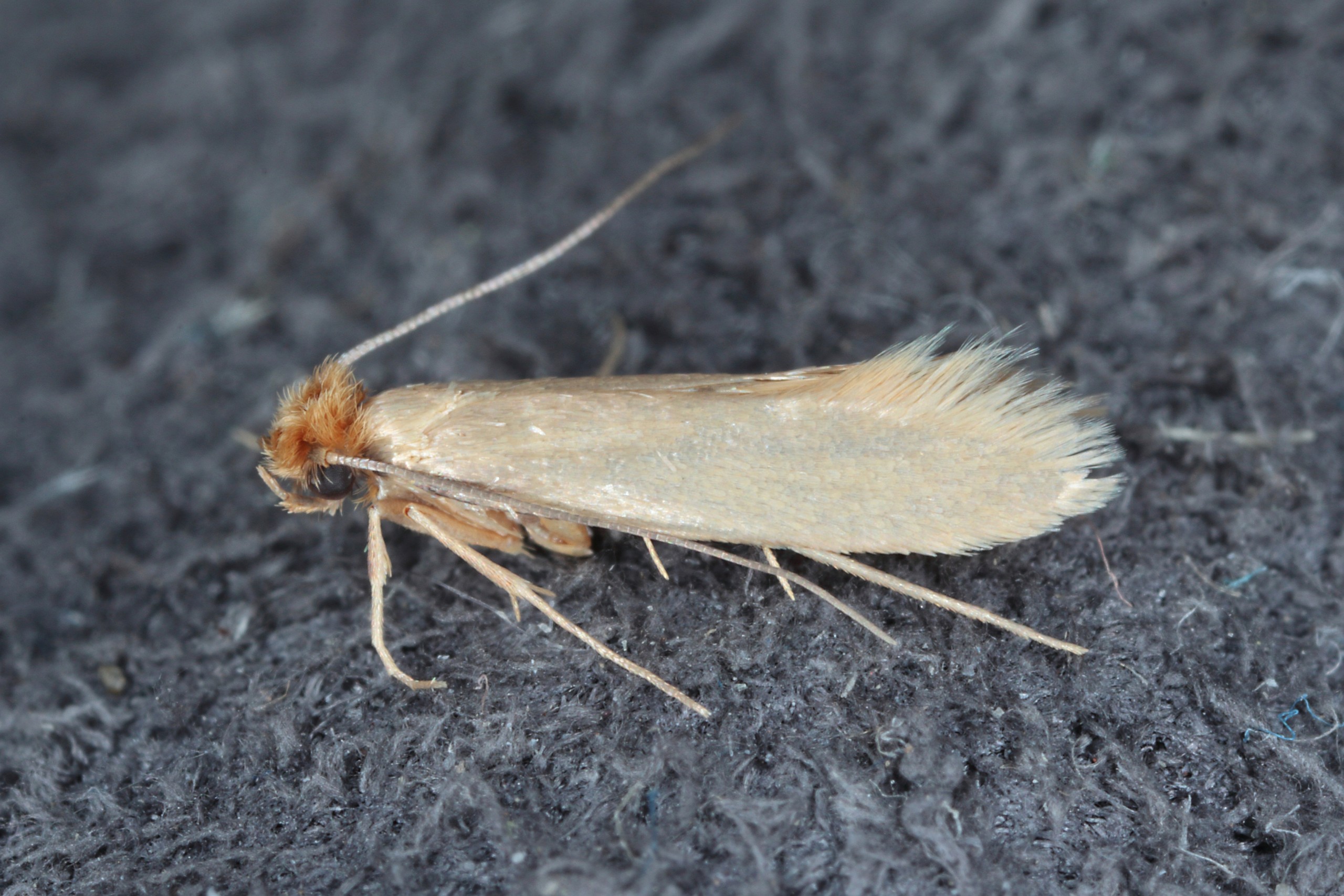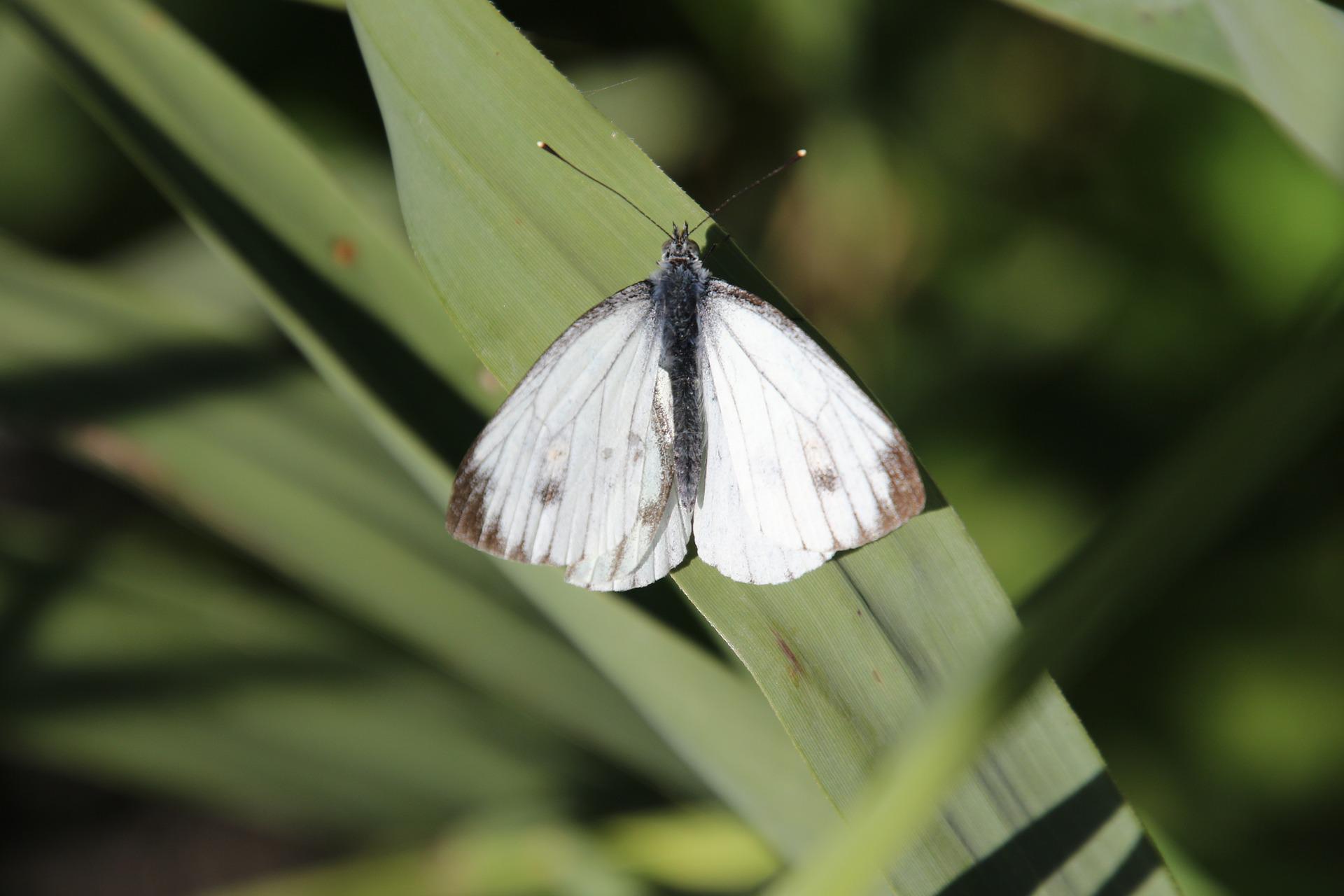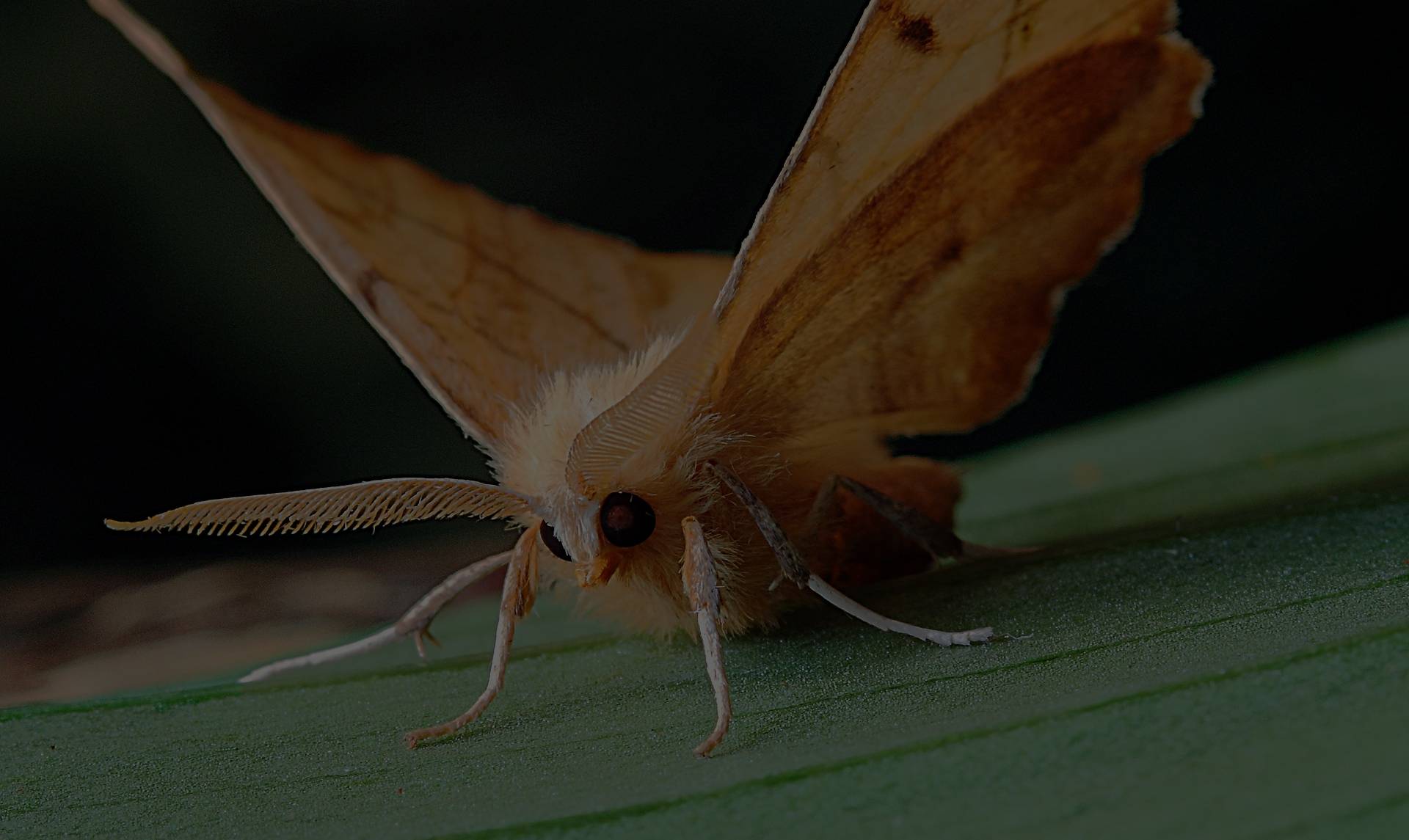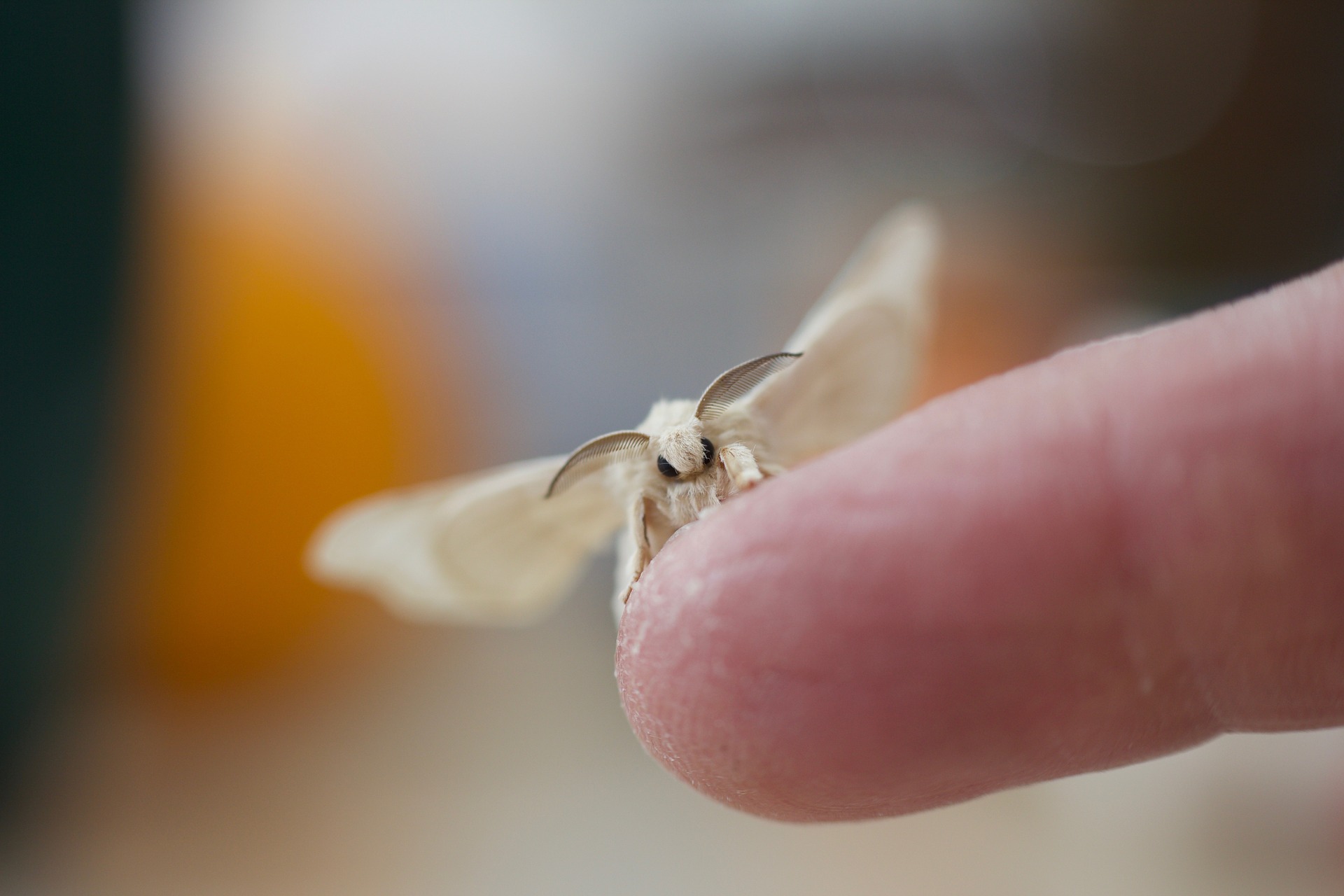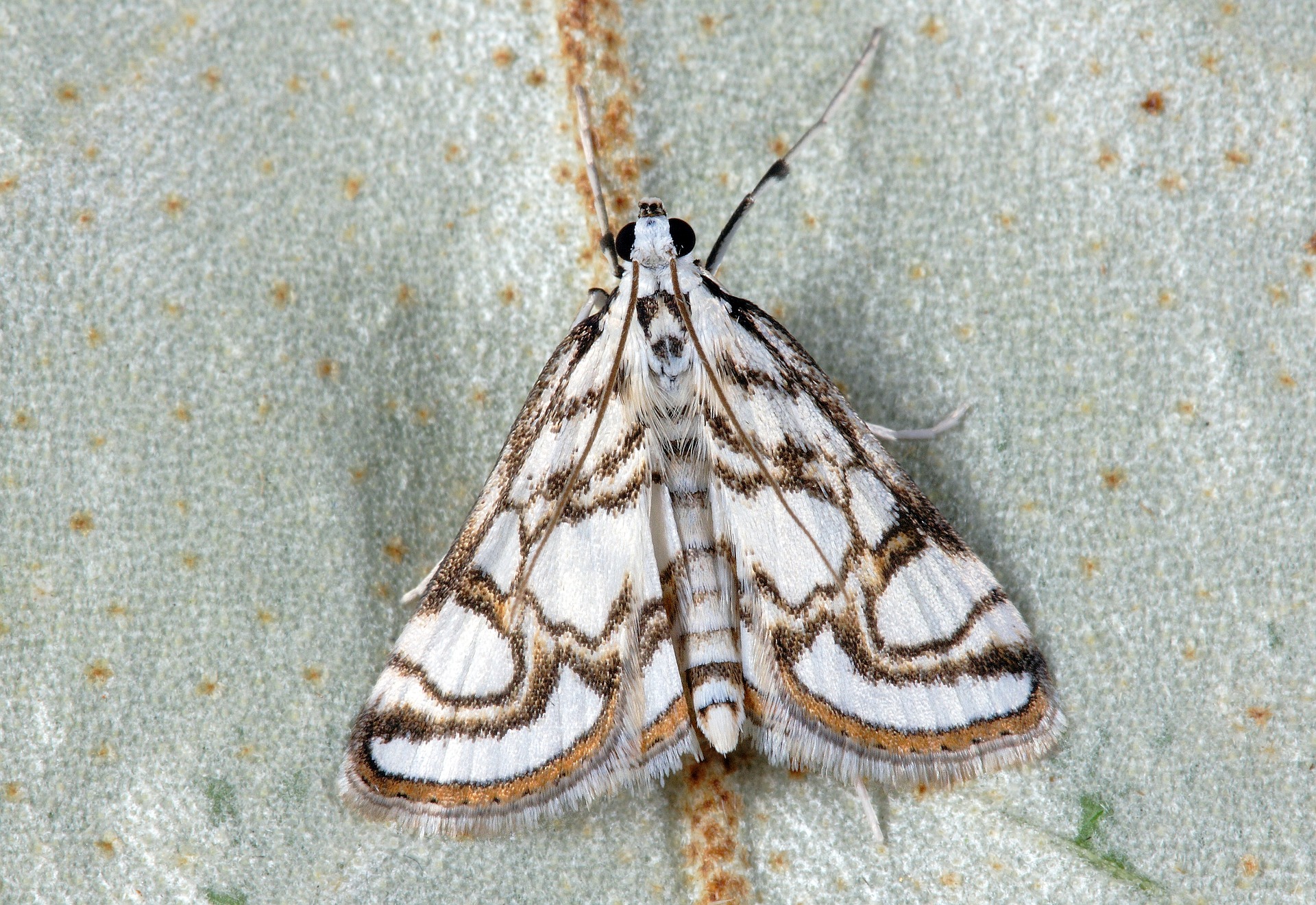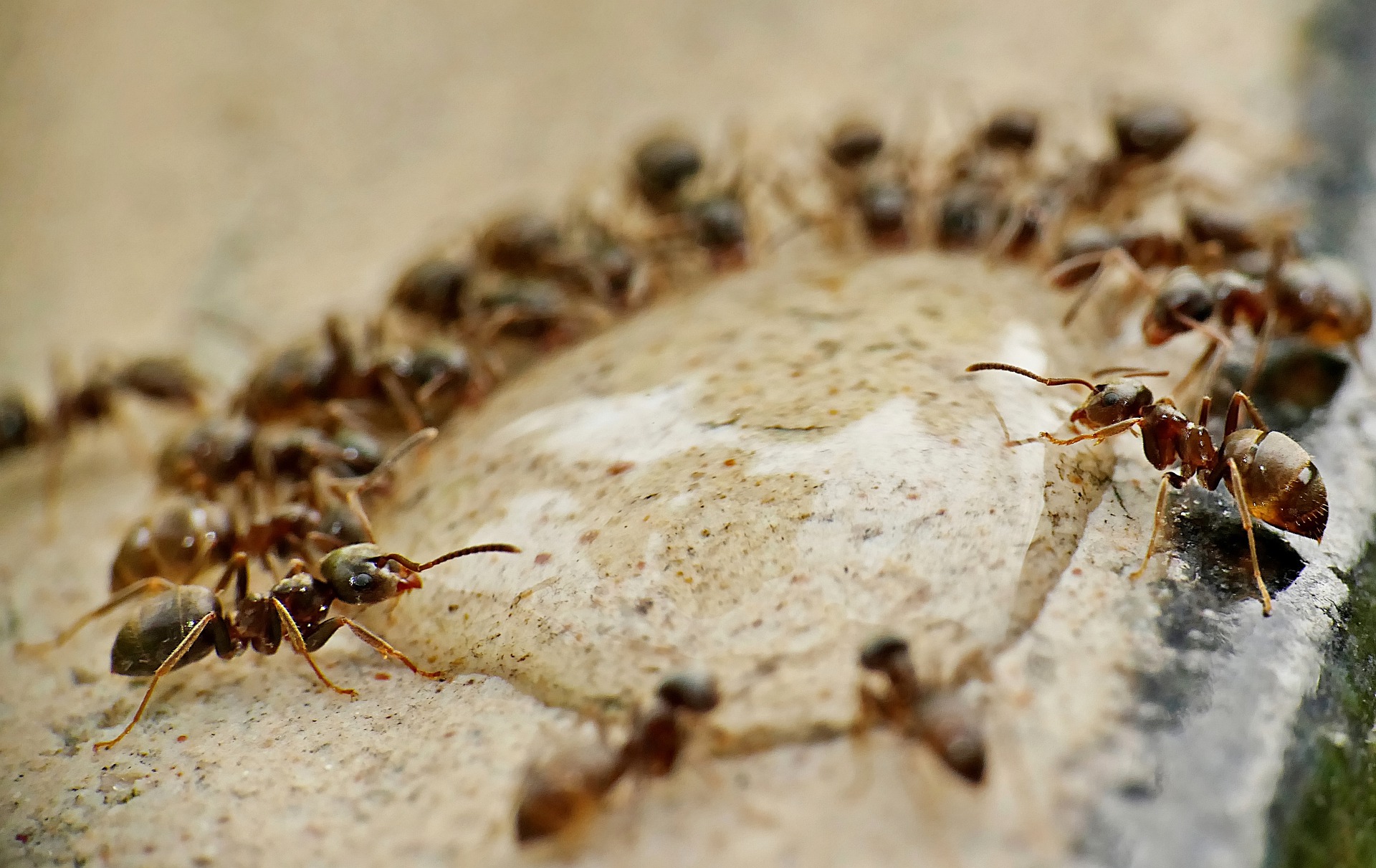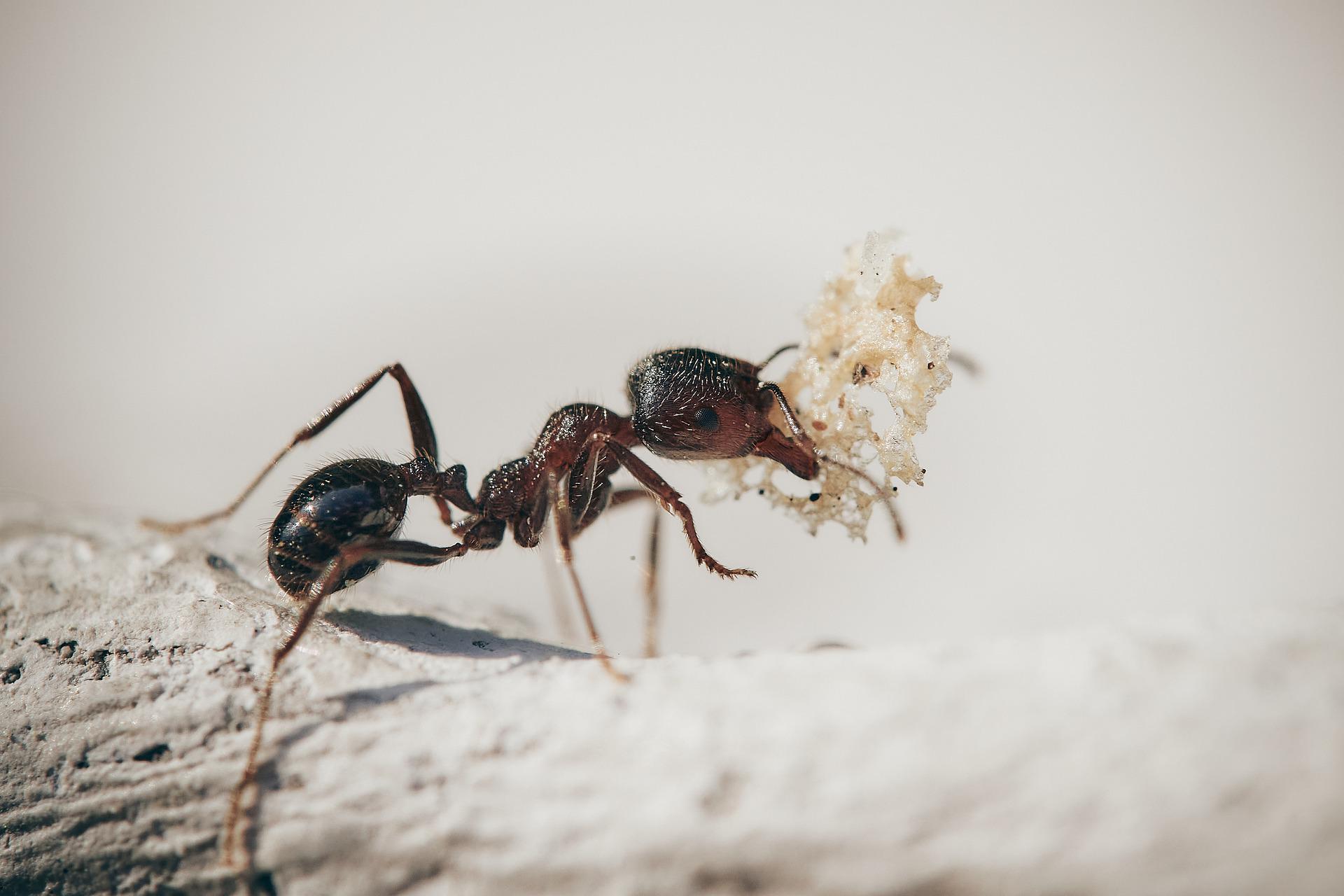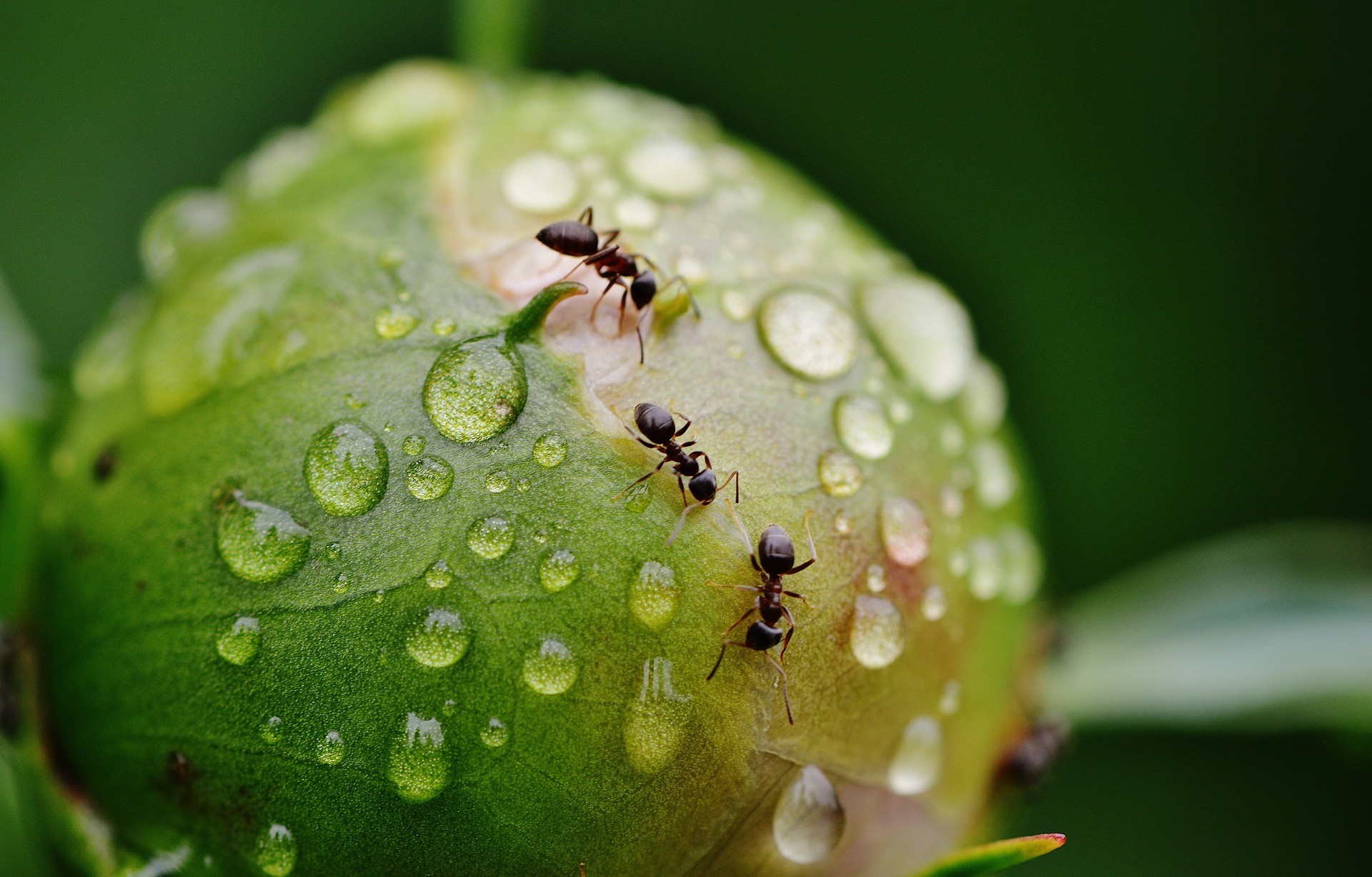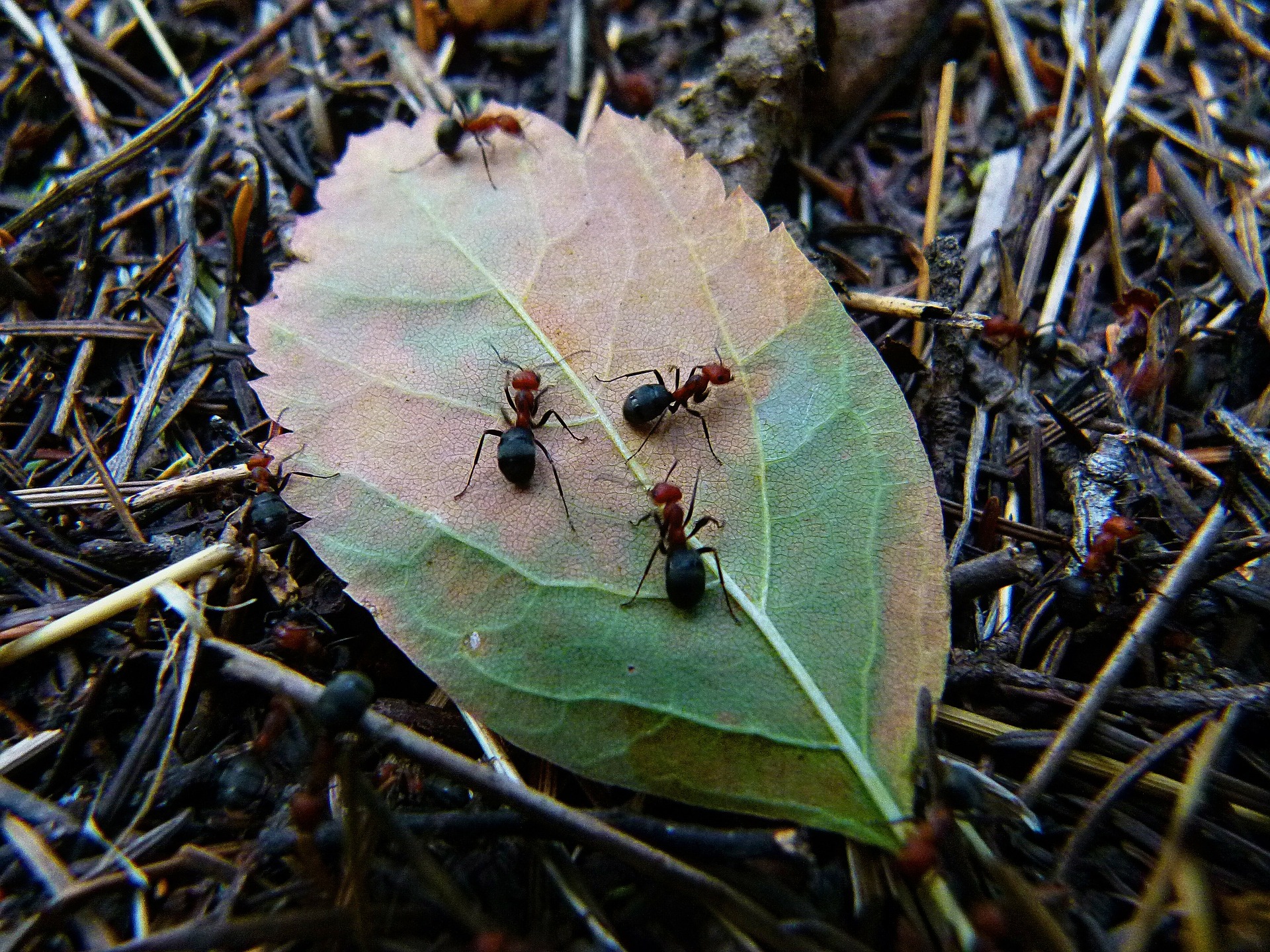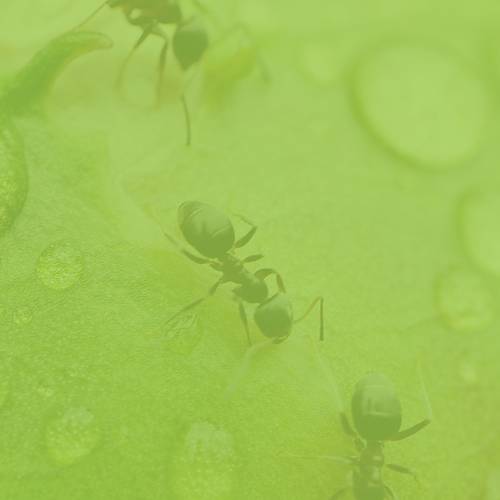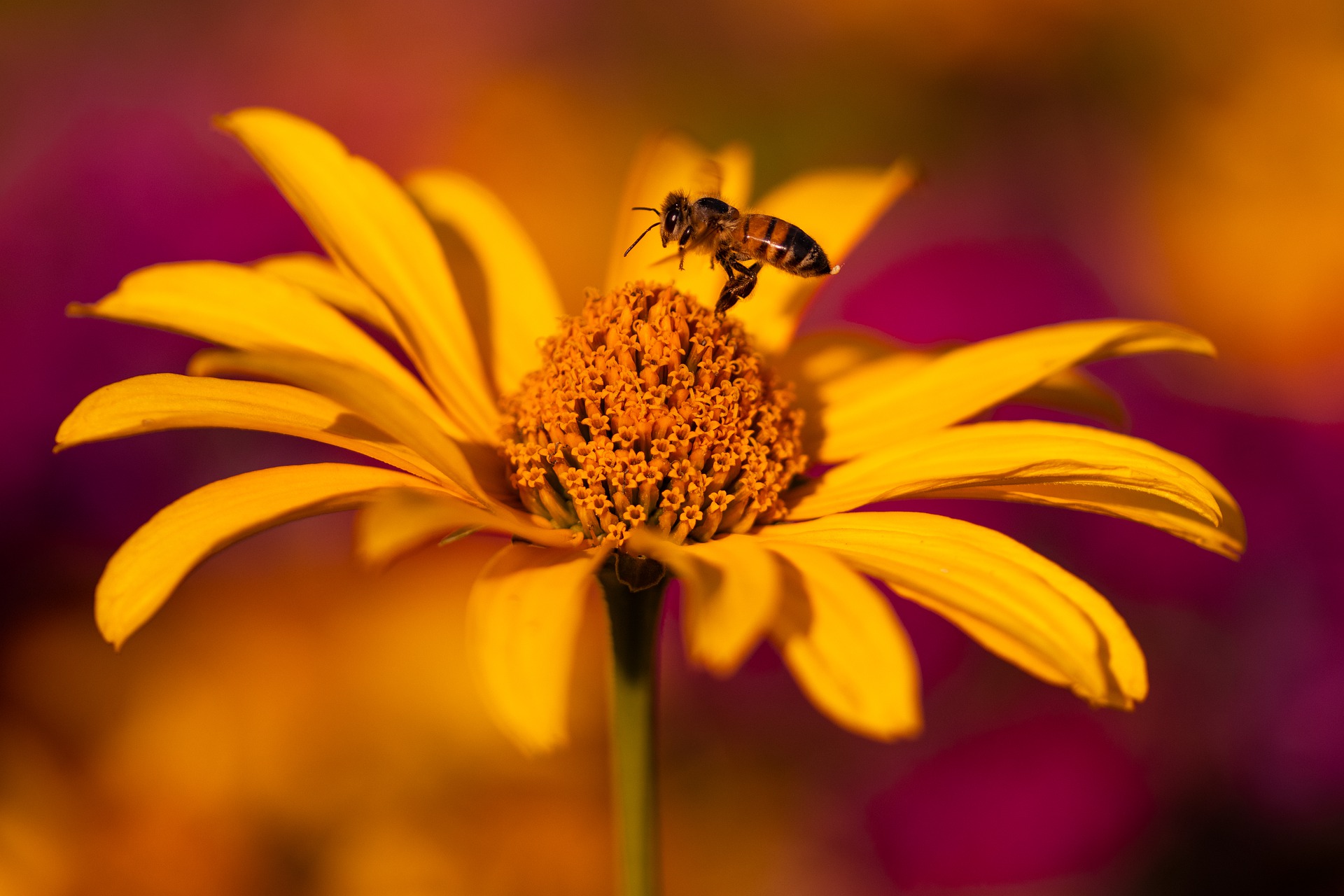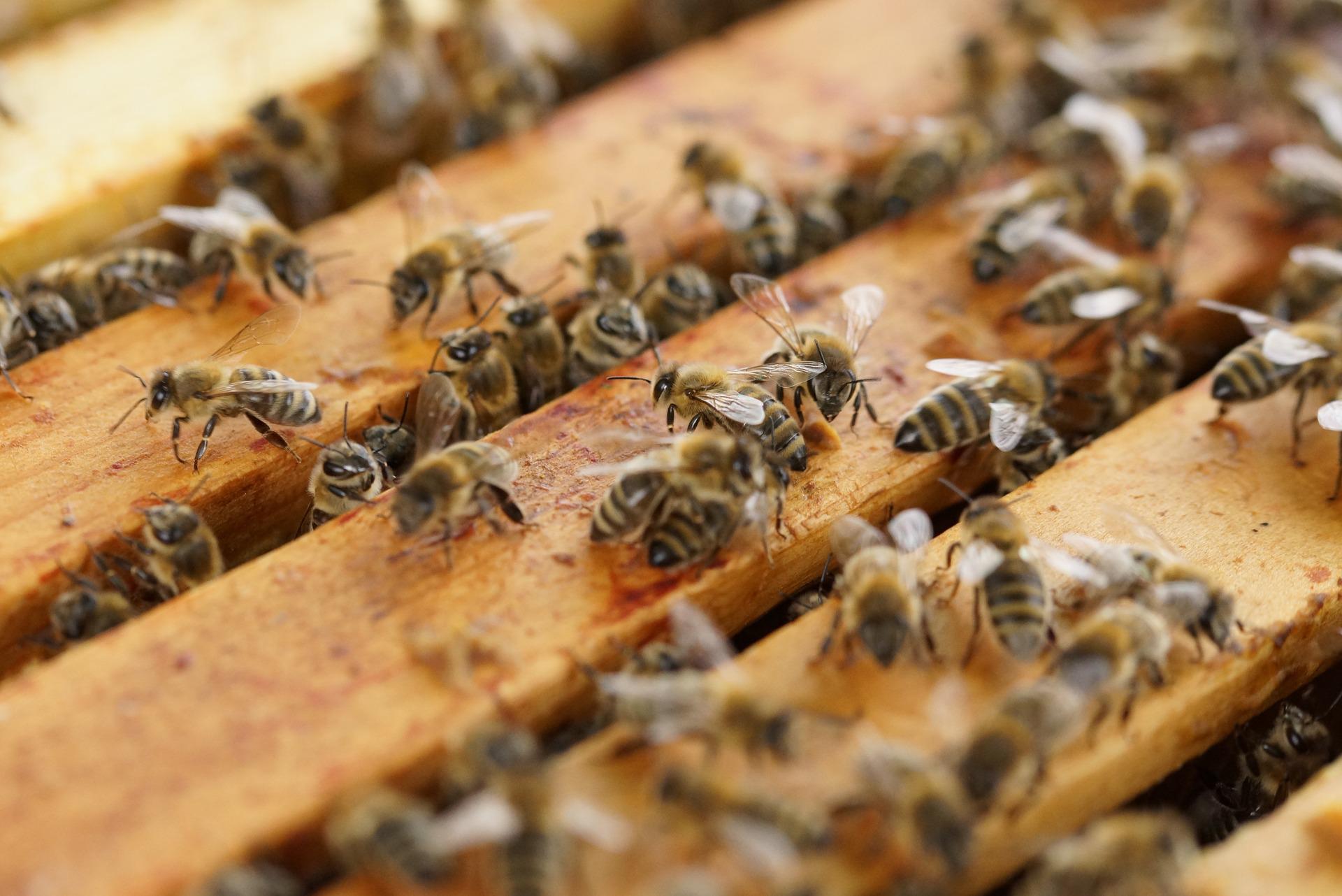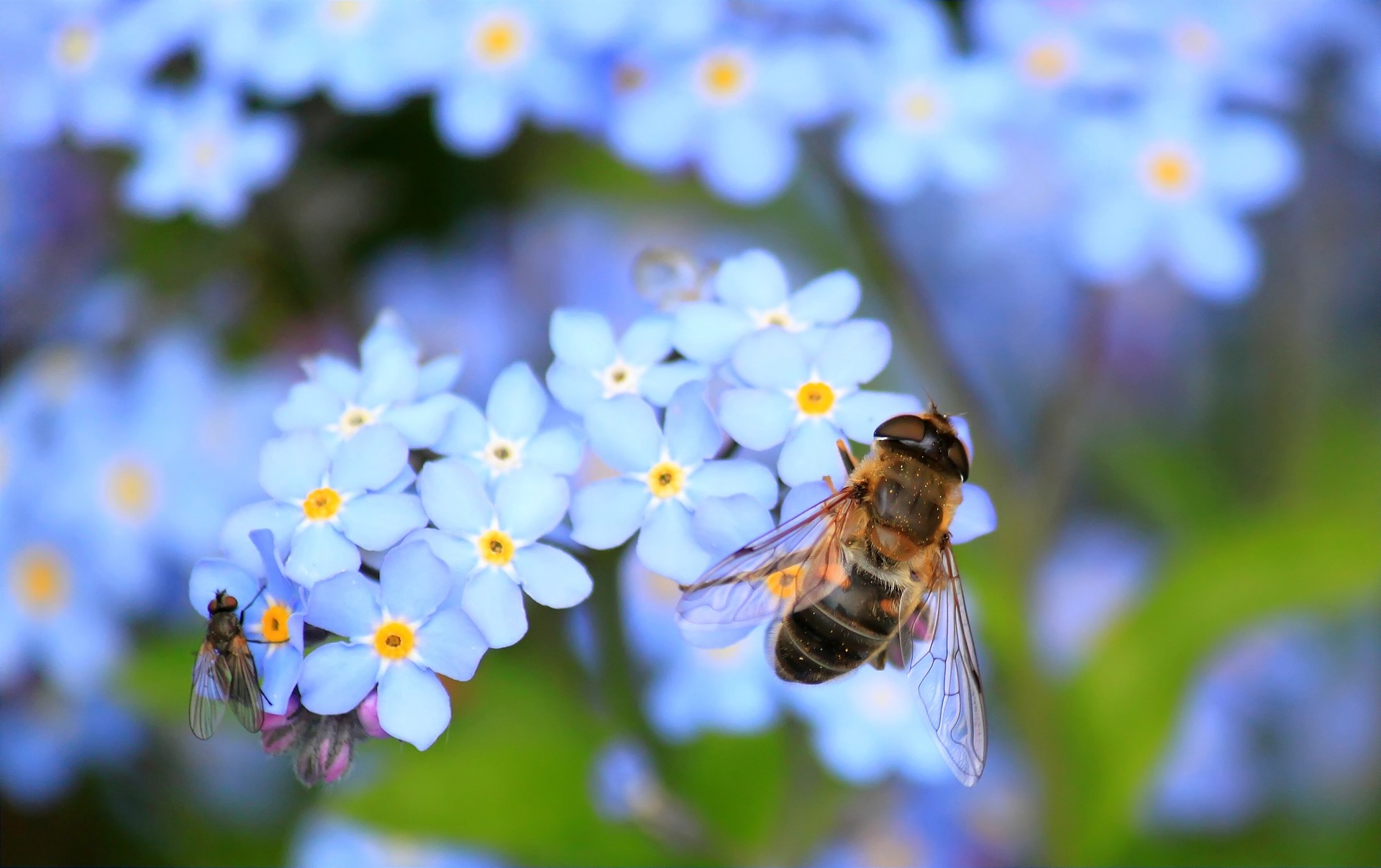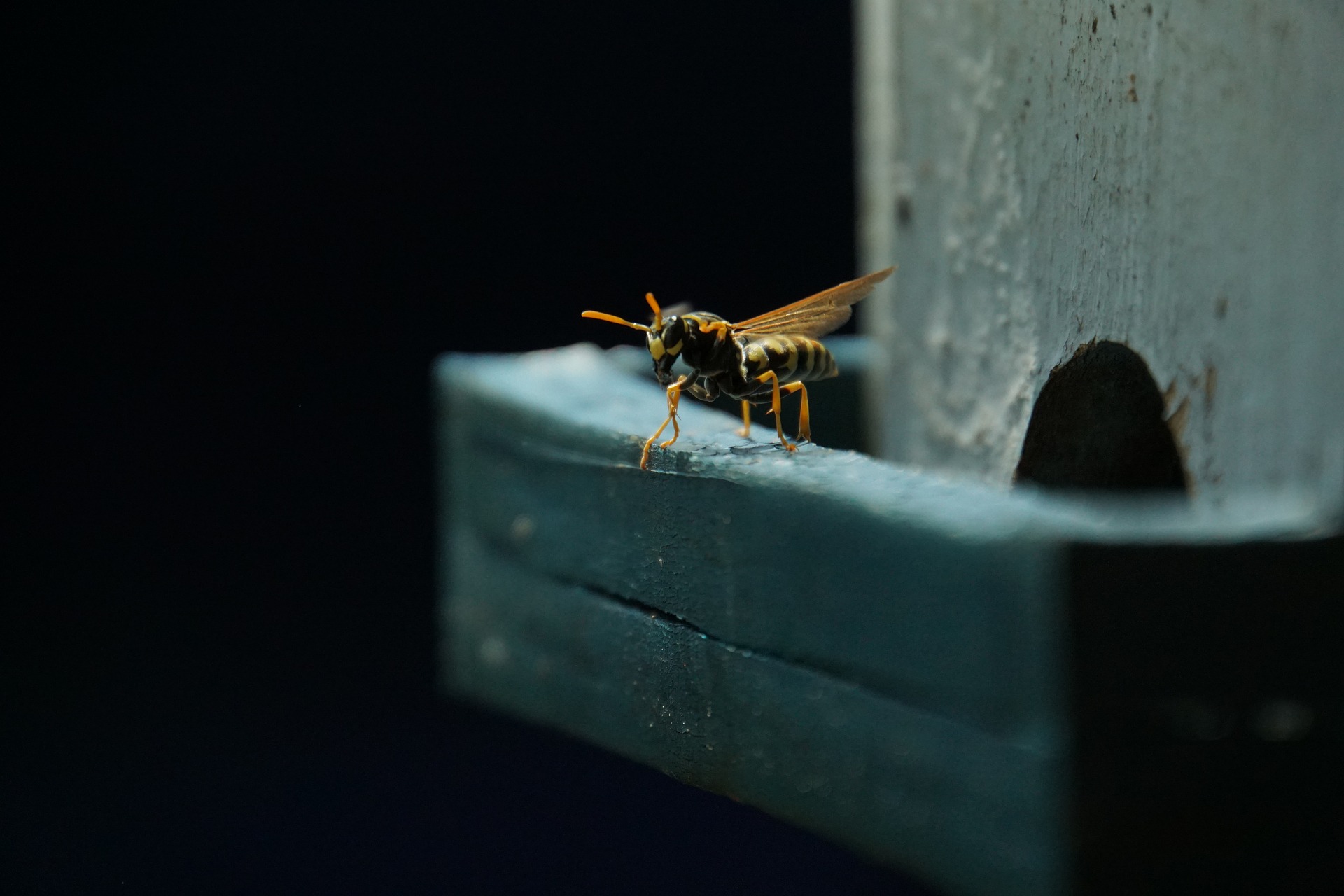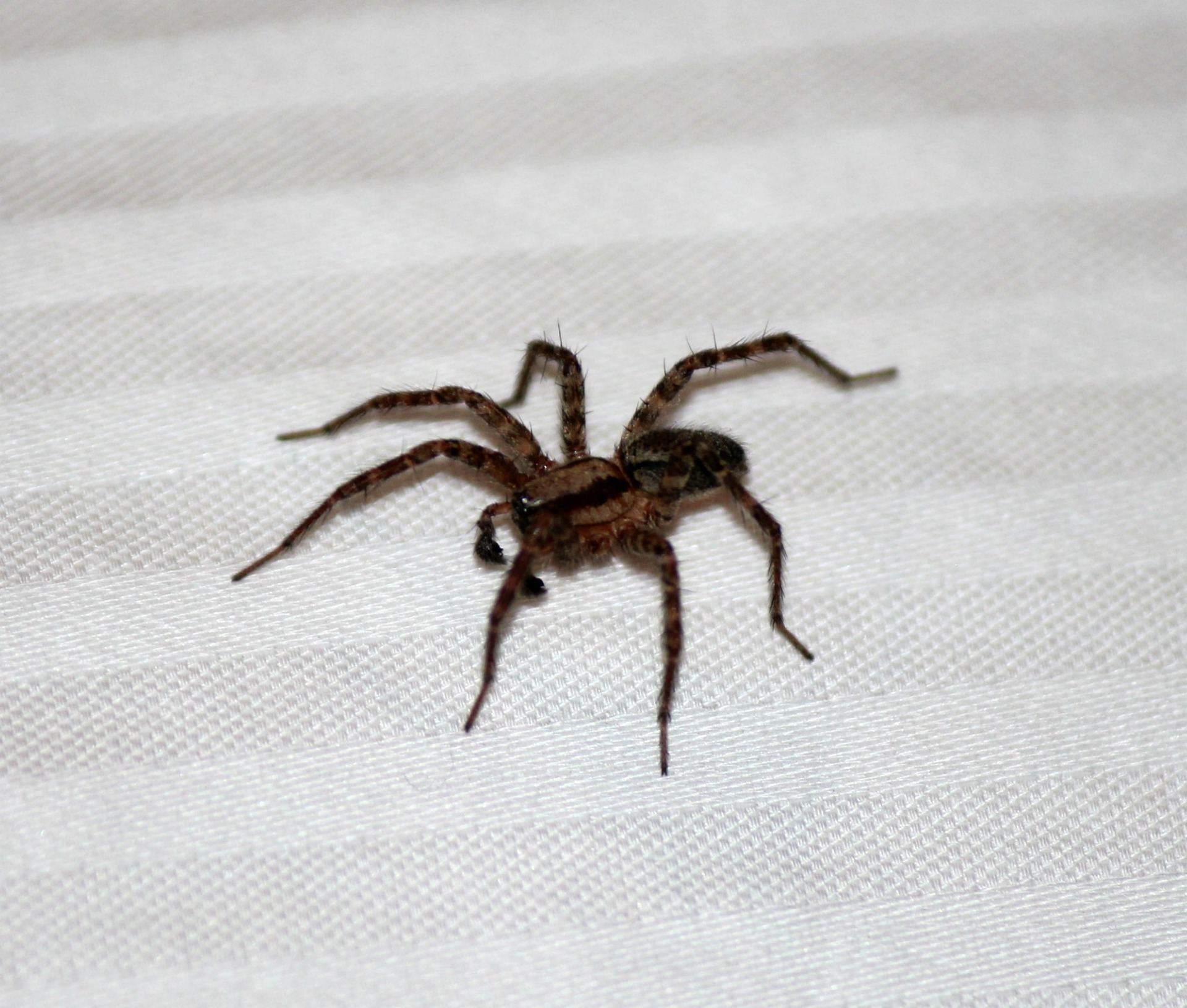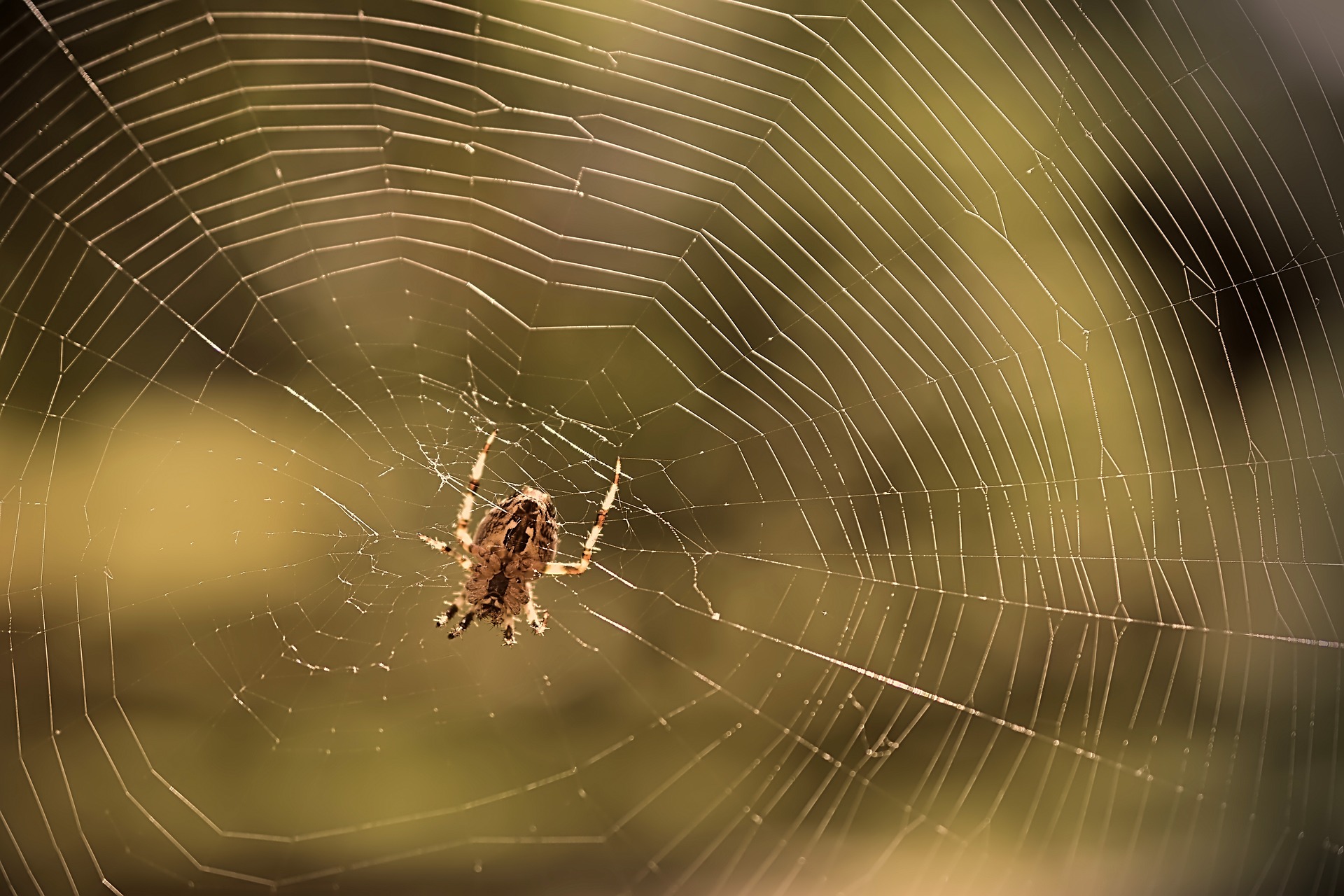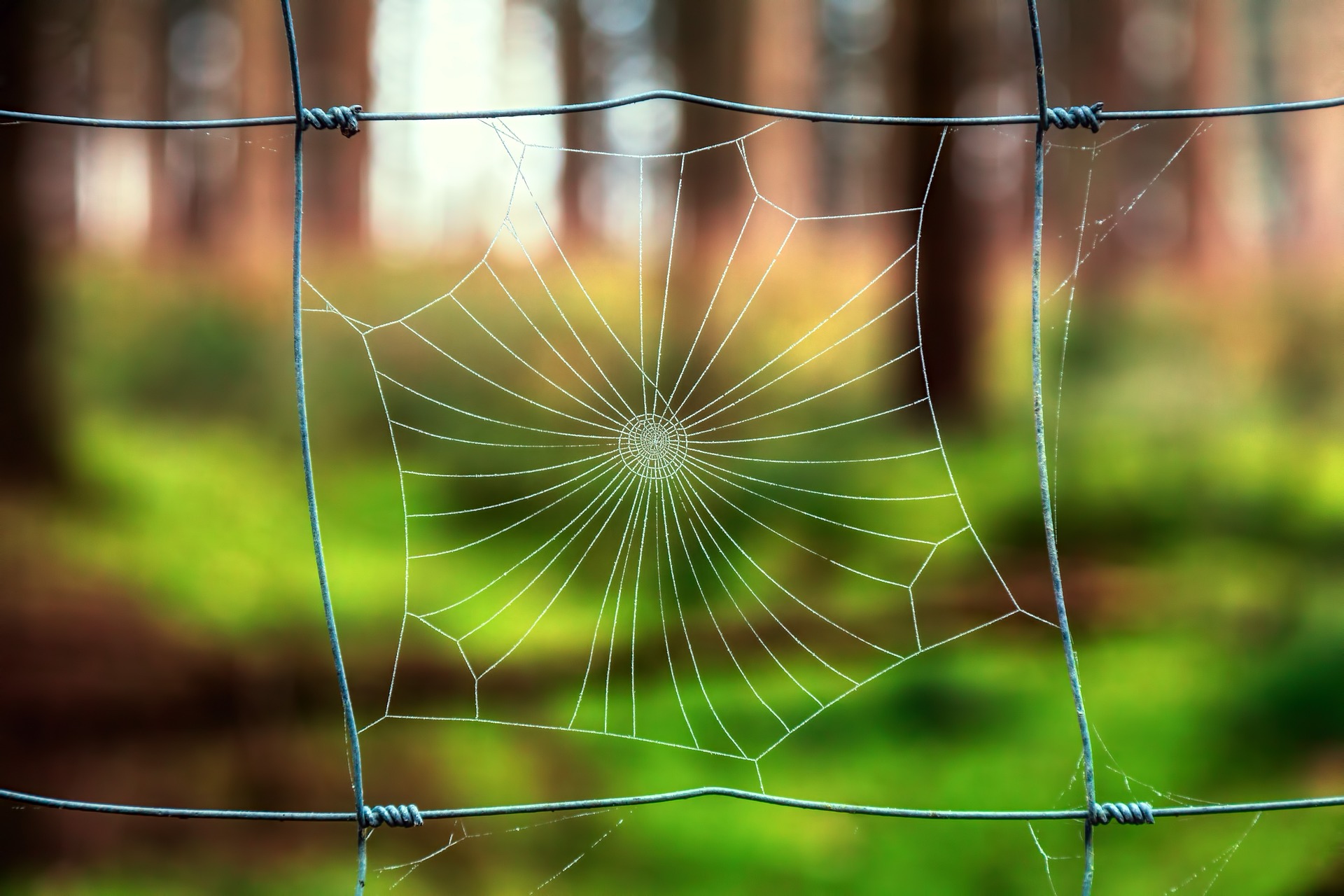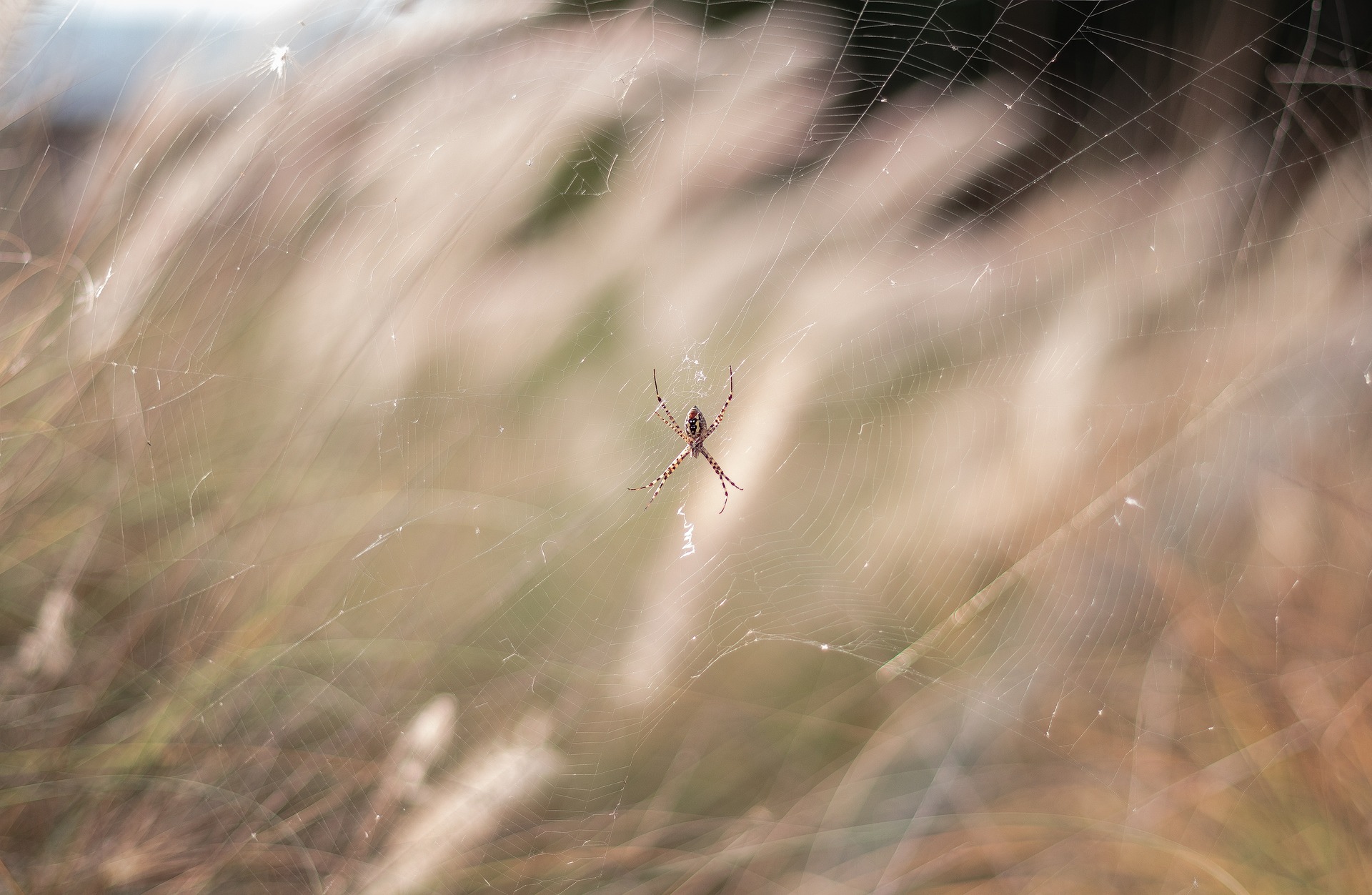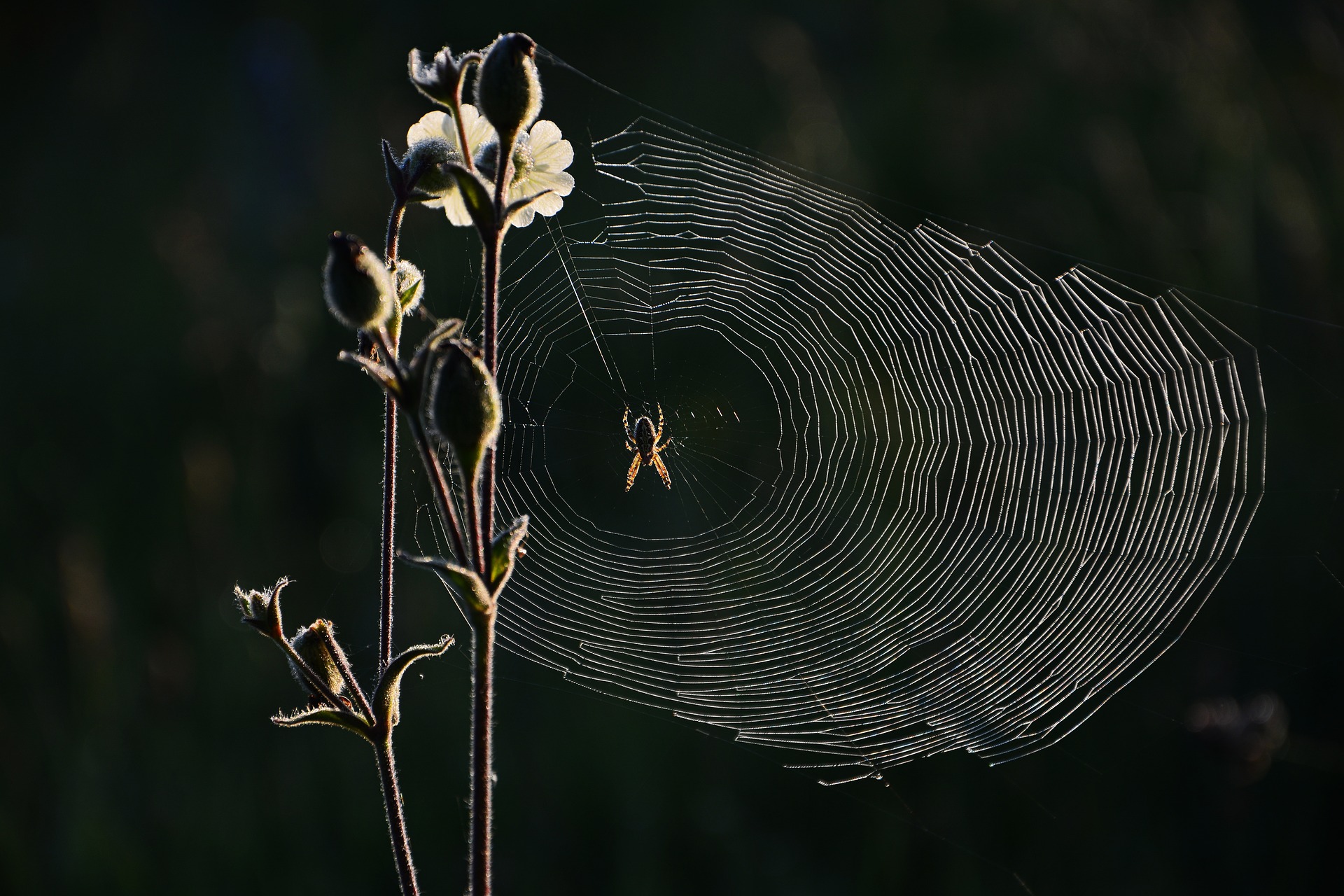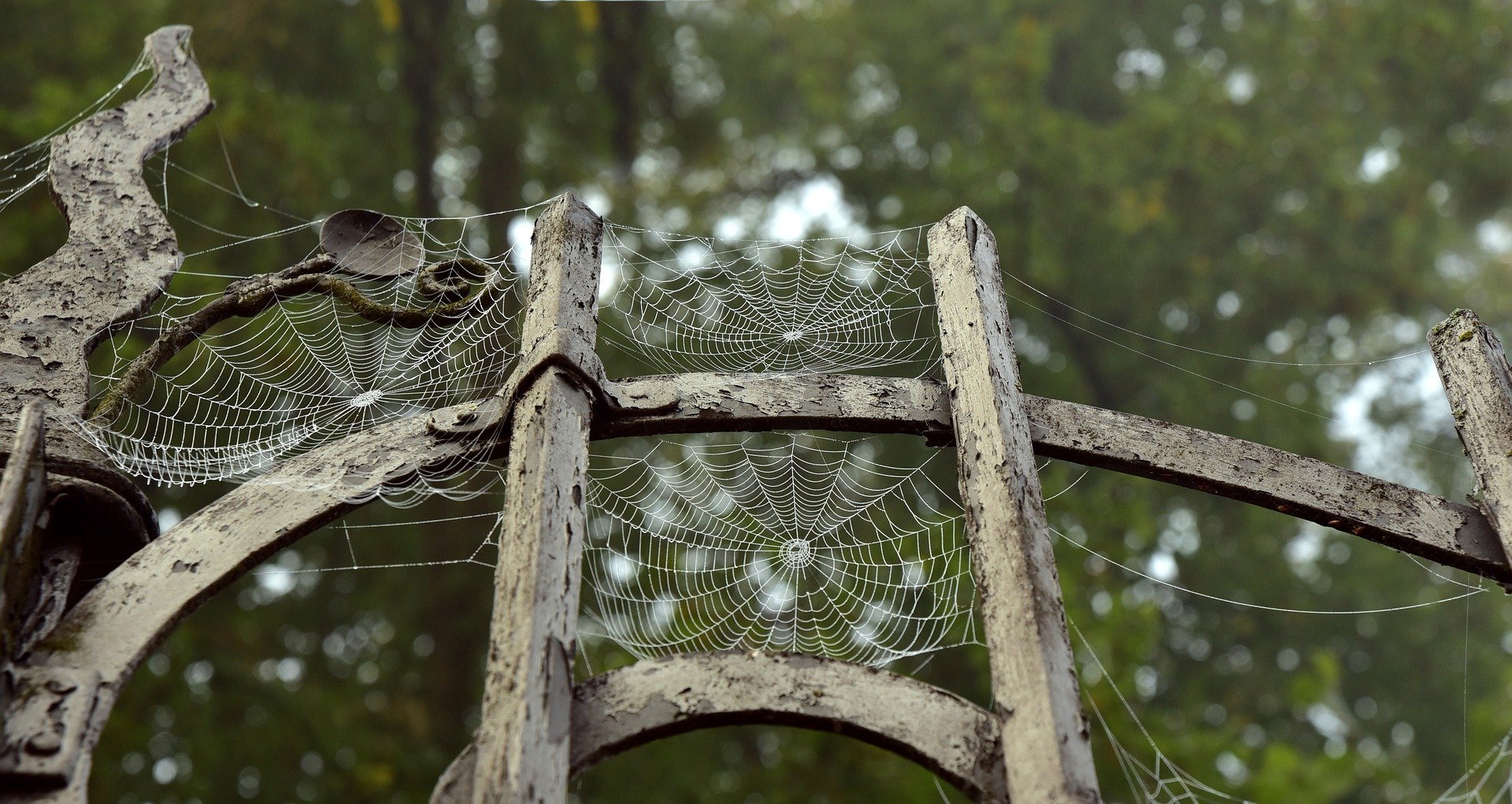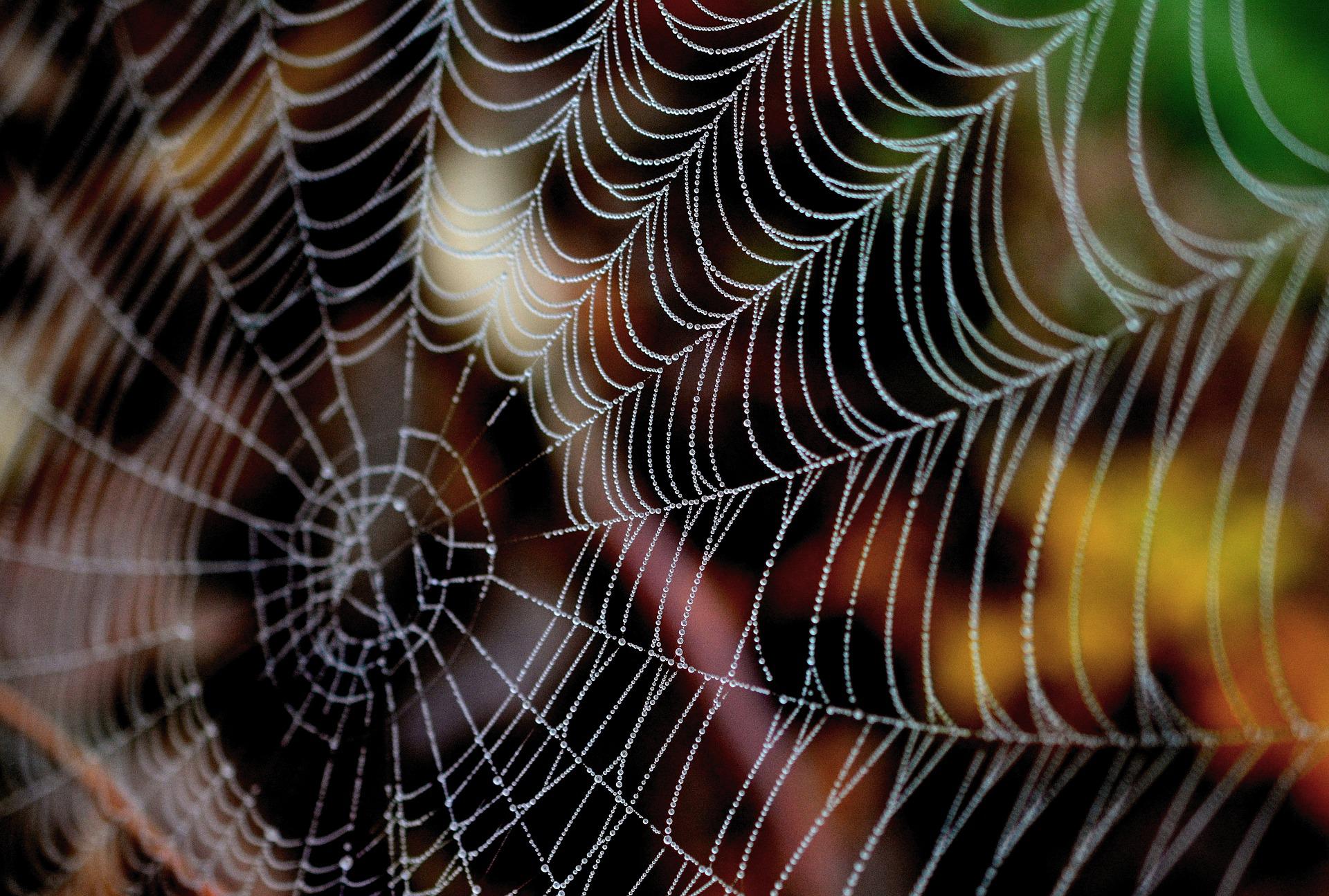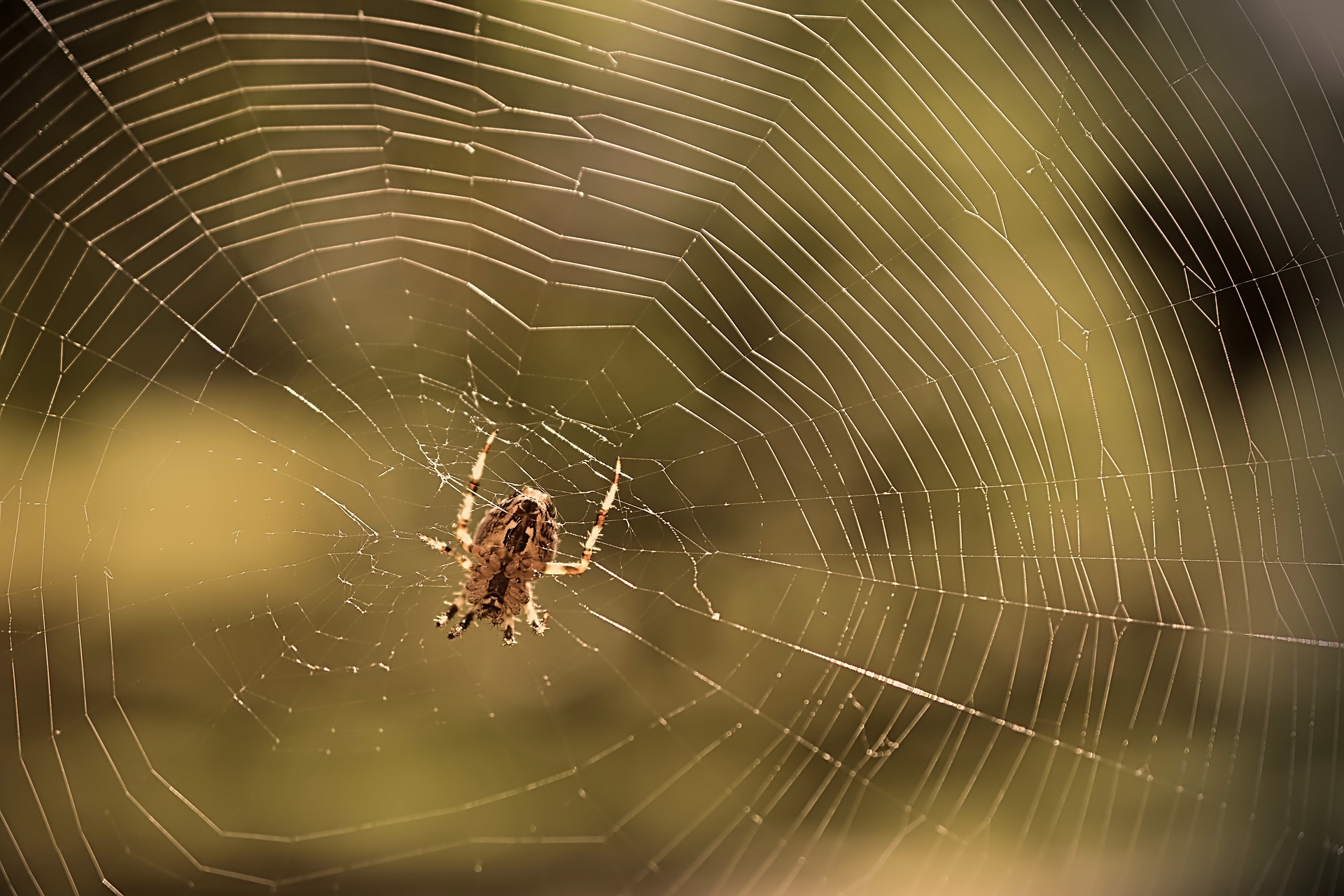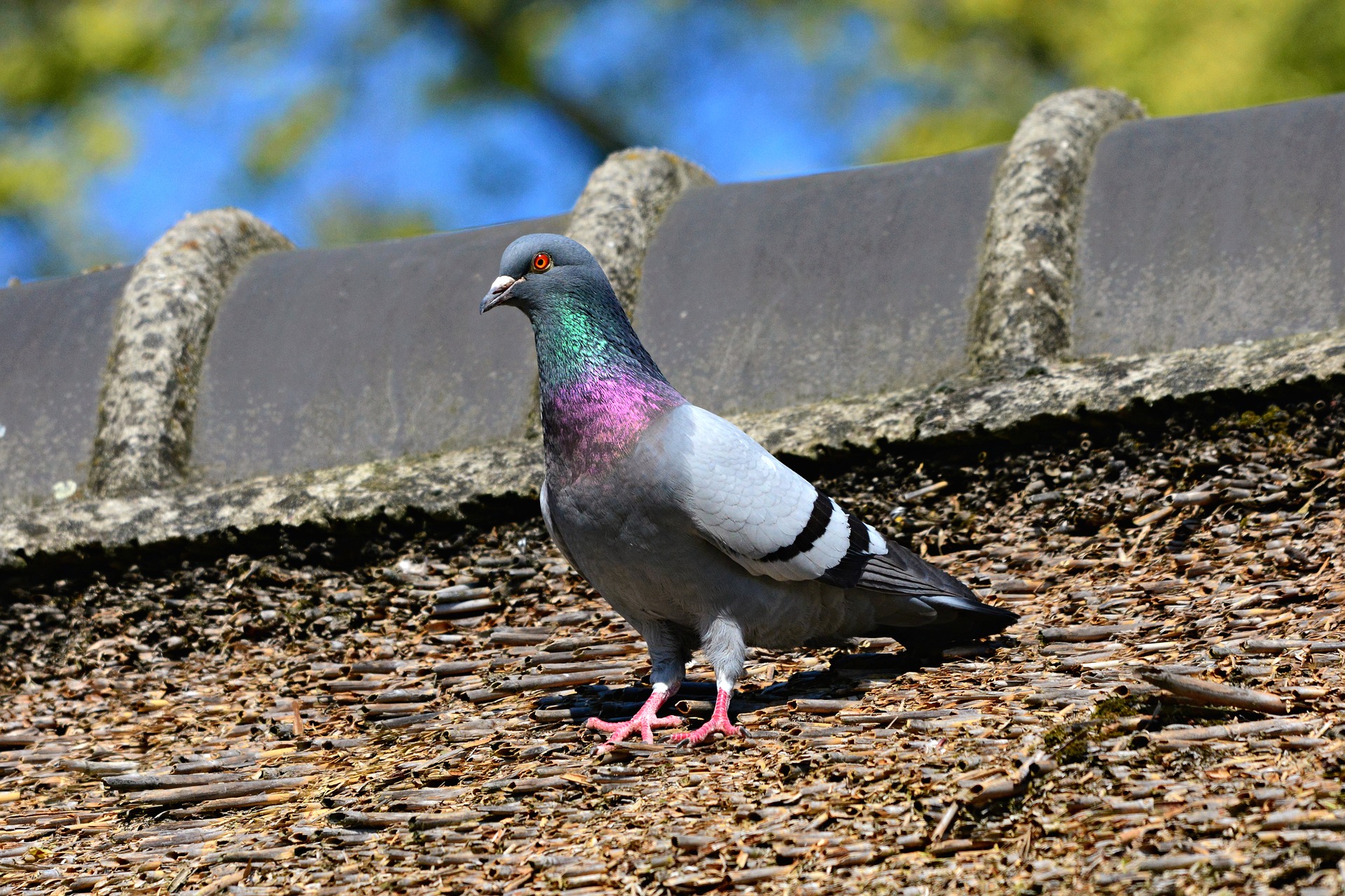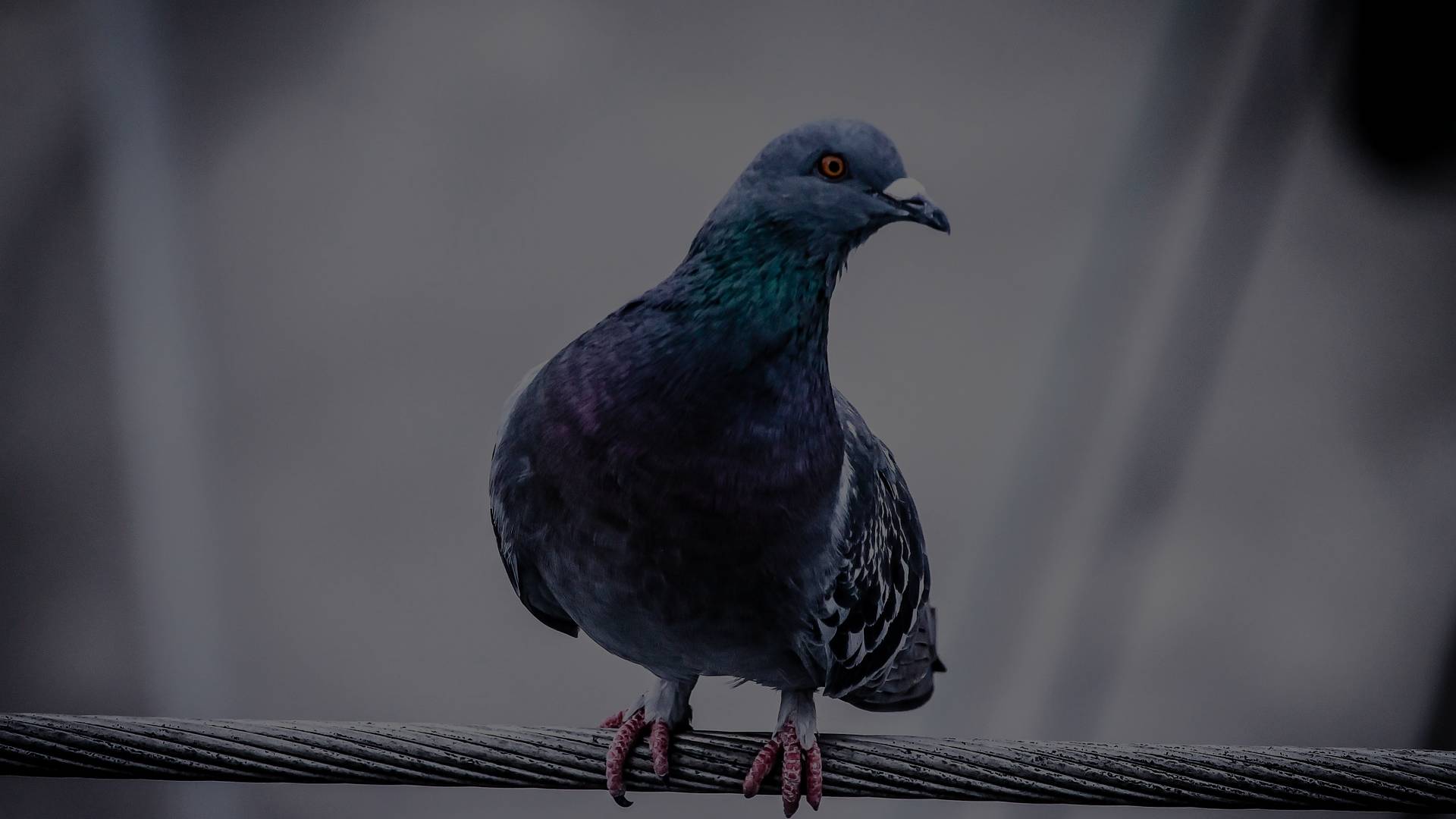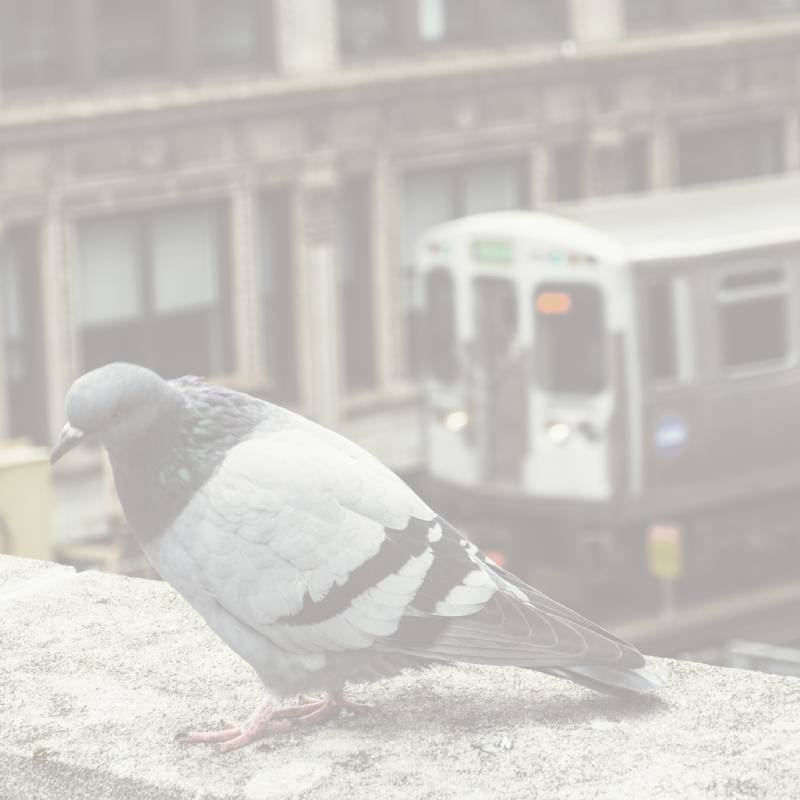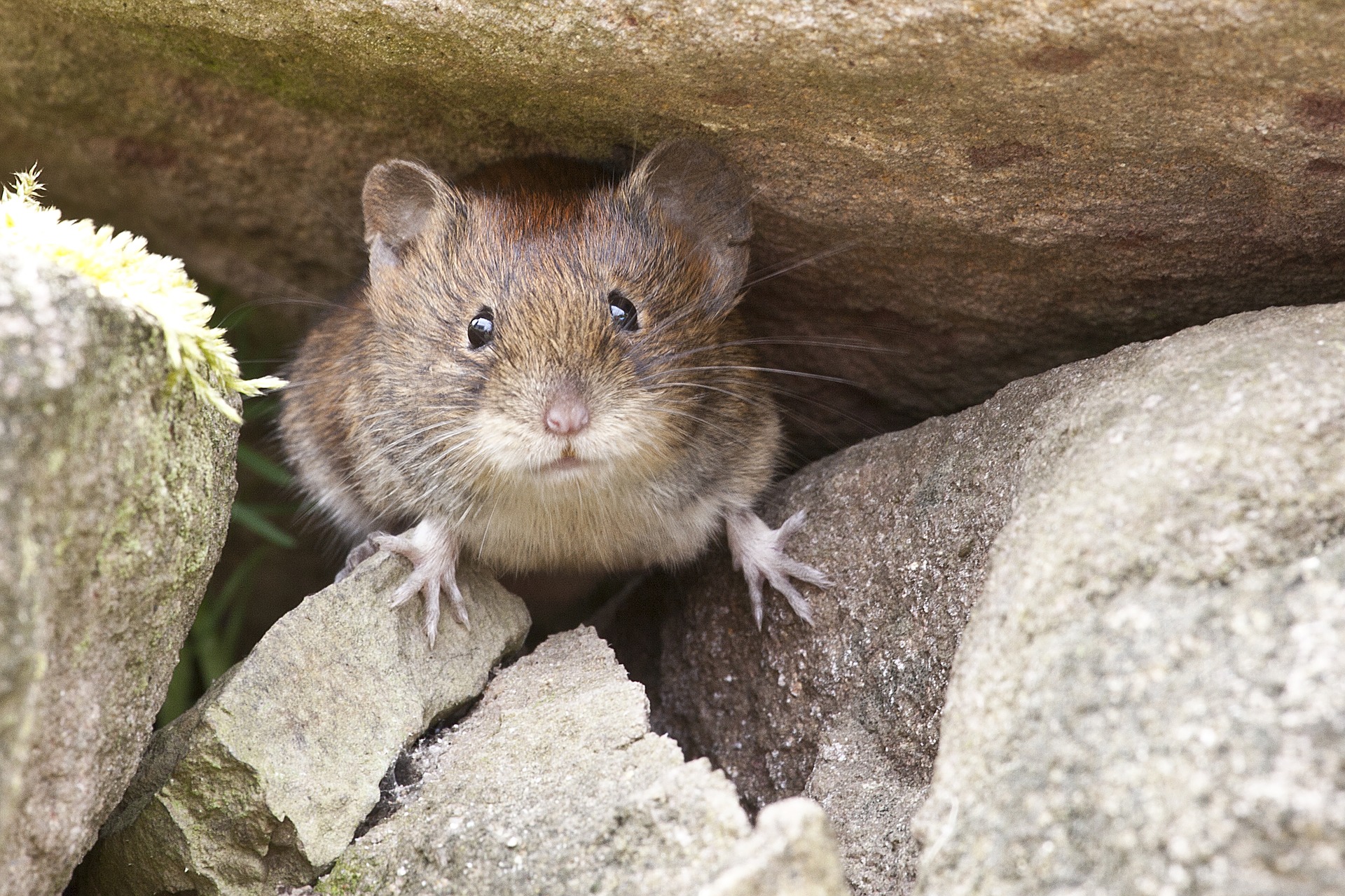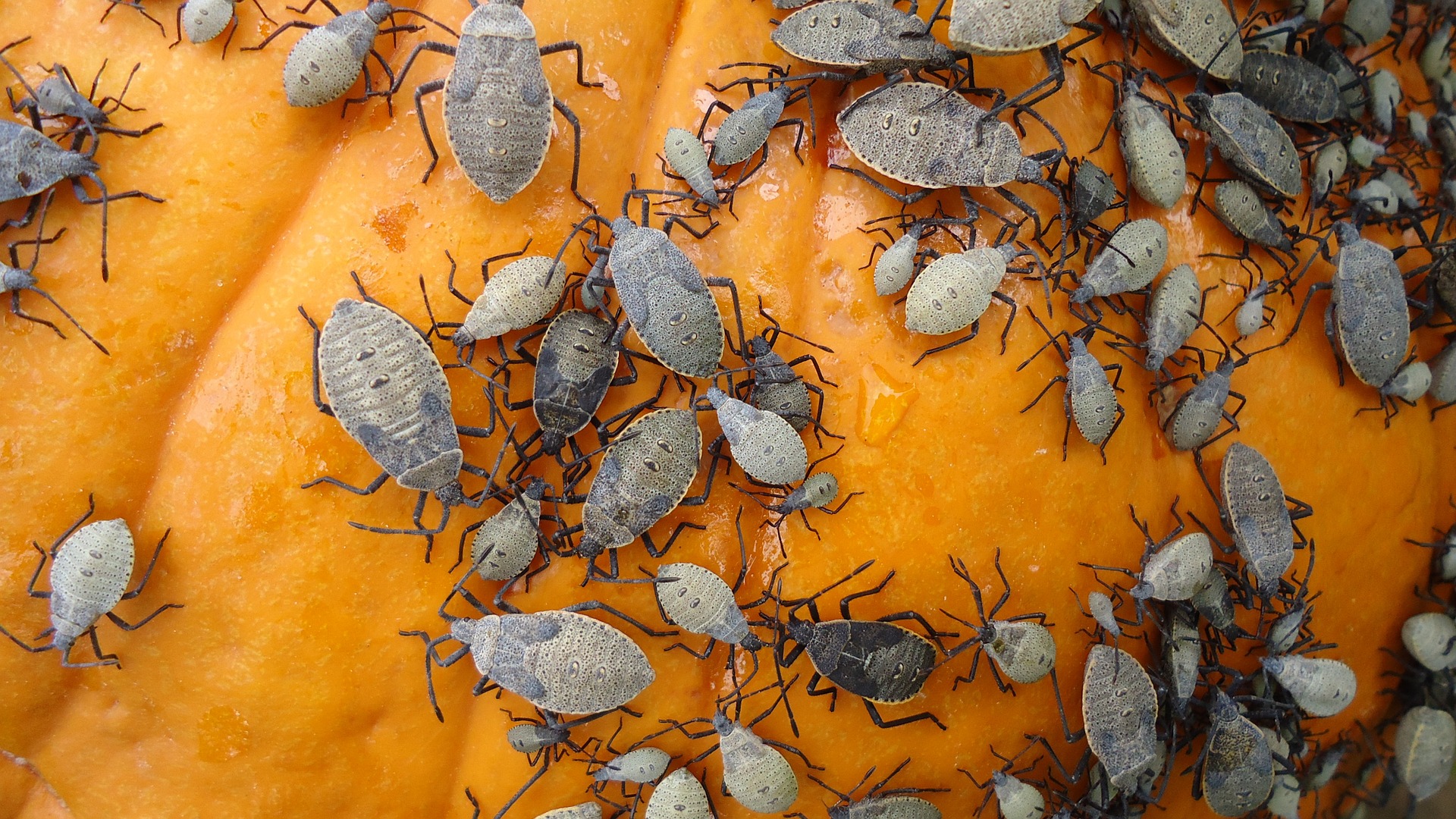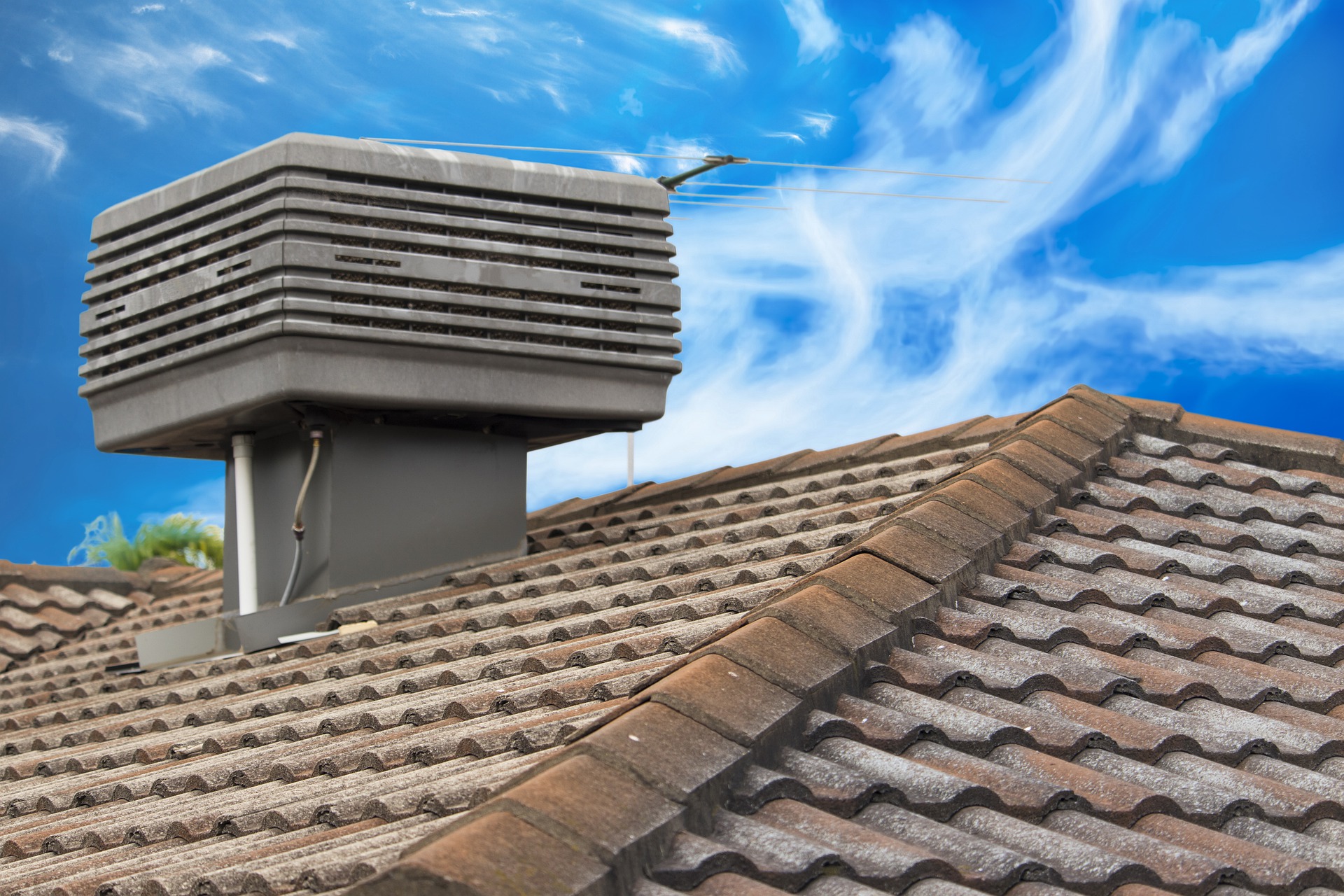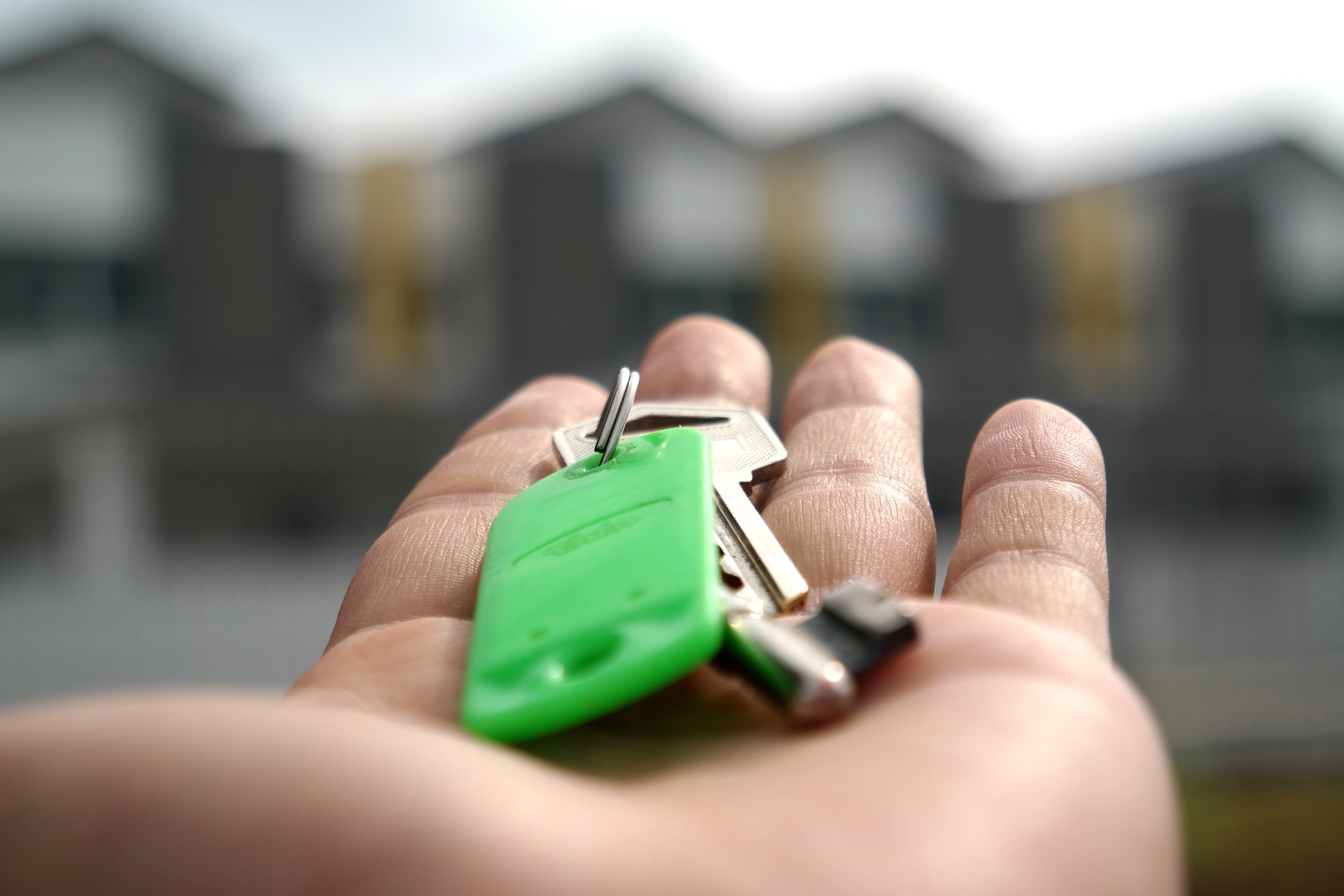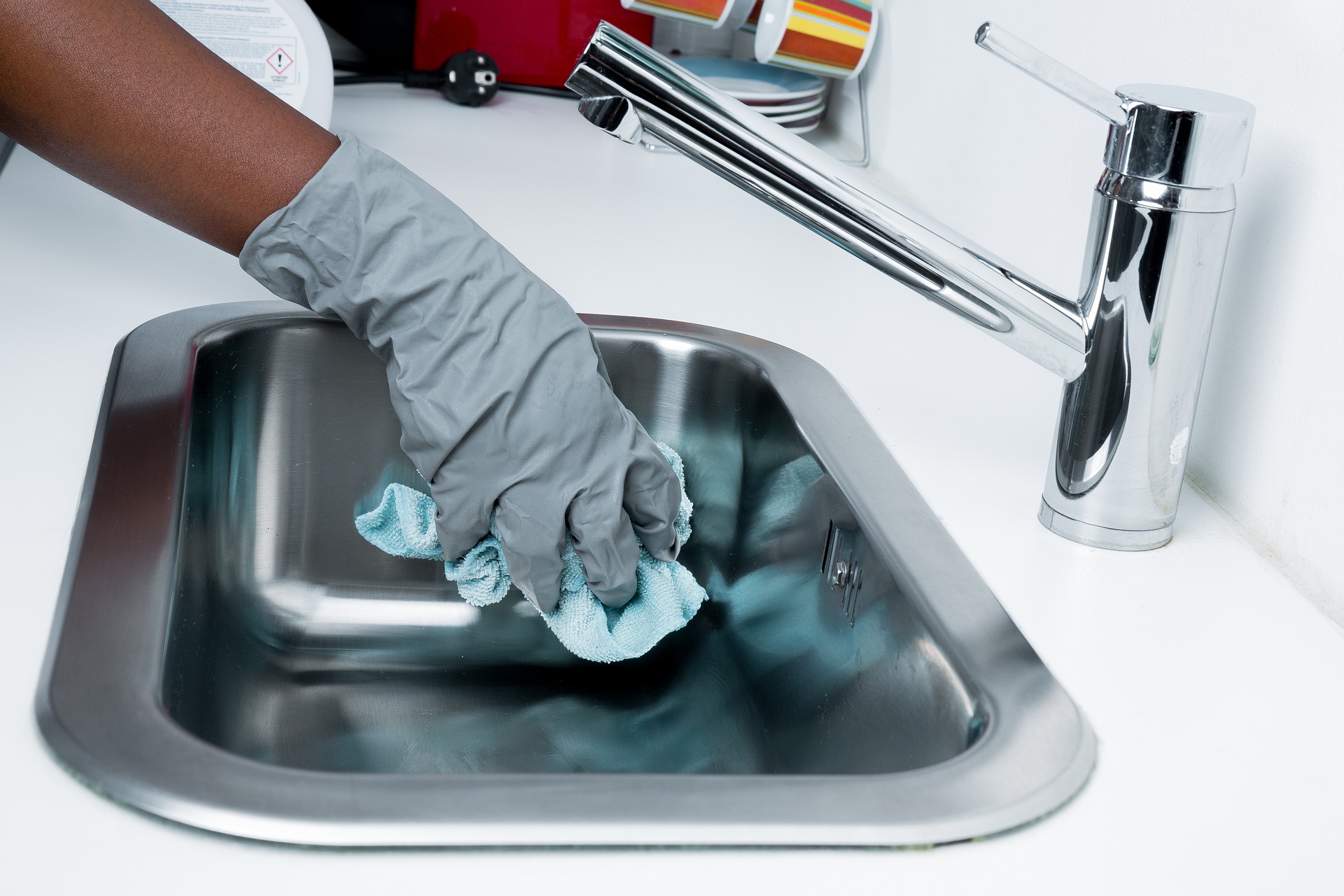Introduction:
As a pest control expert, I understand that bees and wasps play a critical role in our ecosystem. However, when they invade our homes and gardens, they can pose a threat to our safety and wellbeing. In this blog, I aim to shed light on the importance of bee and wasp removal, while providing you with essential tips to protect your home and garden from these buzzing intruders.
Understanding the Importance of Bees and Wasps:
Bees and wasps are essential pollinators, contributing to the reproduction of countless plant species. They play a crucial role in maintaining the balance of our ecosystem. While their presence is generally beneficial, they can become a nuisance when they establish nests in close proximity to our living spaces.
Identifying the Common Culprits:
Differentiating between bees and wasps is important in determining the appropriate removal methods. Bees are generally less aggressive and are known for their beneficial role in pollination. Wasps, on the other hand, can be more aggressive and pose a potential threat due to their painful stings. Identifying the specific species invading your space is crucial for effective removal.
The Risks of Nest Infestations:
Bees and wasps are notorious for constructing their nests in inconvenient places, such as attics, wall voids, or garden sheds. These nests can lead to structural damage, while also increasing the risk of painful stings. Individuals allergic to bee or wasp stings face potentially life-threatening situations, making prompt removal a necessity.
DIY vs. Professional Removal:
While DIY methods can be tempting, attempting to remove a bee or wasp nest without proper knowledge and equipment can be dangerous. Professional pest control experts are trained to handle these situations safely and effectively, ensuring the complete removal of the nest and minimizing the risk of stings.
Preventive Measures to Protect Your Home and Garden:
Prevention is key when it comes to bee and wasp control. Here are some proactive steps you can take to discourage their presence:
a) Seal potential entry points: Inspect your home for cracks, gaps, or holes where bees or wasps might find their way inside. Properly seal these openings to prevent infestations.
b) Regular maintenance: Keep your garden well-maintained by regularly trimming hedges, shrubs, and trees. This reduces potential nesting sites and discourages bees and wasps from setting up colonies near your home.
c) Limit food sources: Bees and wasps are attracted to sweet substances. Ensure trash cans have tightly sealed lids, clean up spills promptly, and avoid leaving sugary food or drink containers outside.
d) Professional inspections: Regularly schedule professional inspections to detect any signs of bee or wasp infestations before they become major problems. Early detection can save you time, money, and potential discomfort.
Conclusion:
While understanding the importance of bees and wasps in our ecosystem, it is crucial to prioritize the safety and comfort of our homes and gardens. By recognizing the risks associated with nest infestations, choosing professional removal services when necessary, and implementing preventive measures, we can strike a balance between conservation and protection. Remember, if you’re facing a bee or wasp problem, consult a pest control expert to ensure safe and effective removal, safeguarding your home and garden for years to come.

